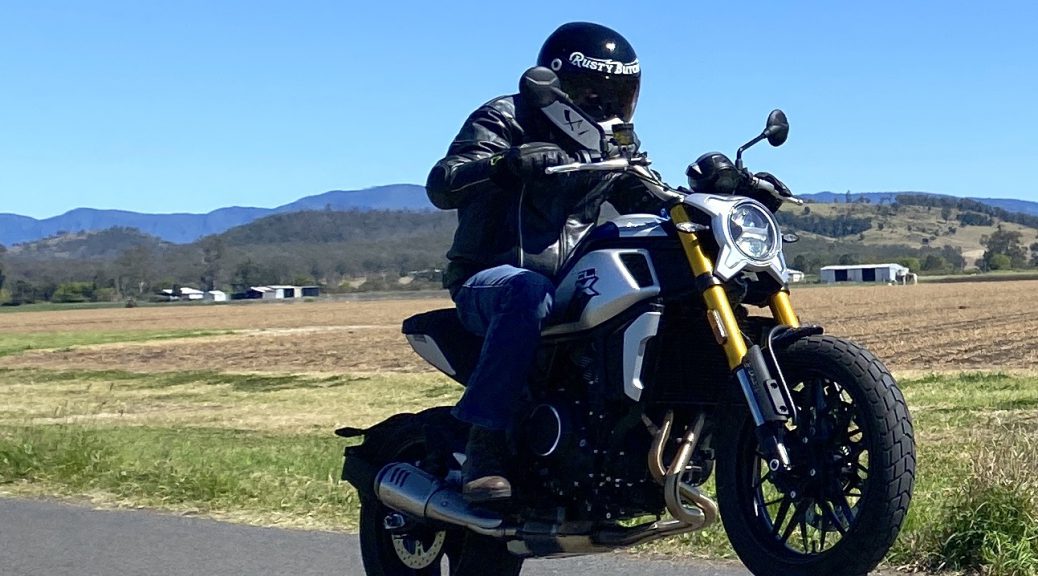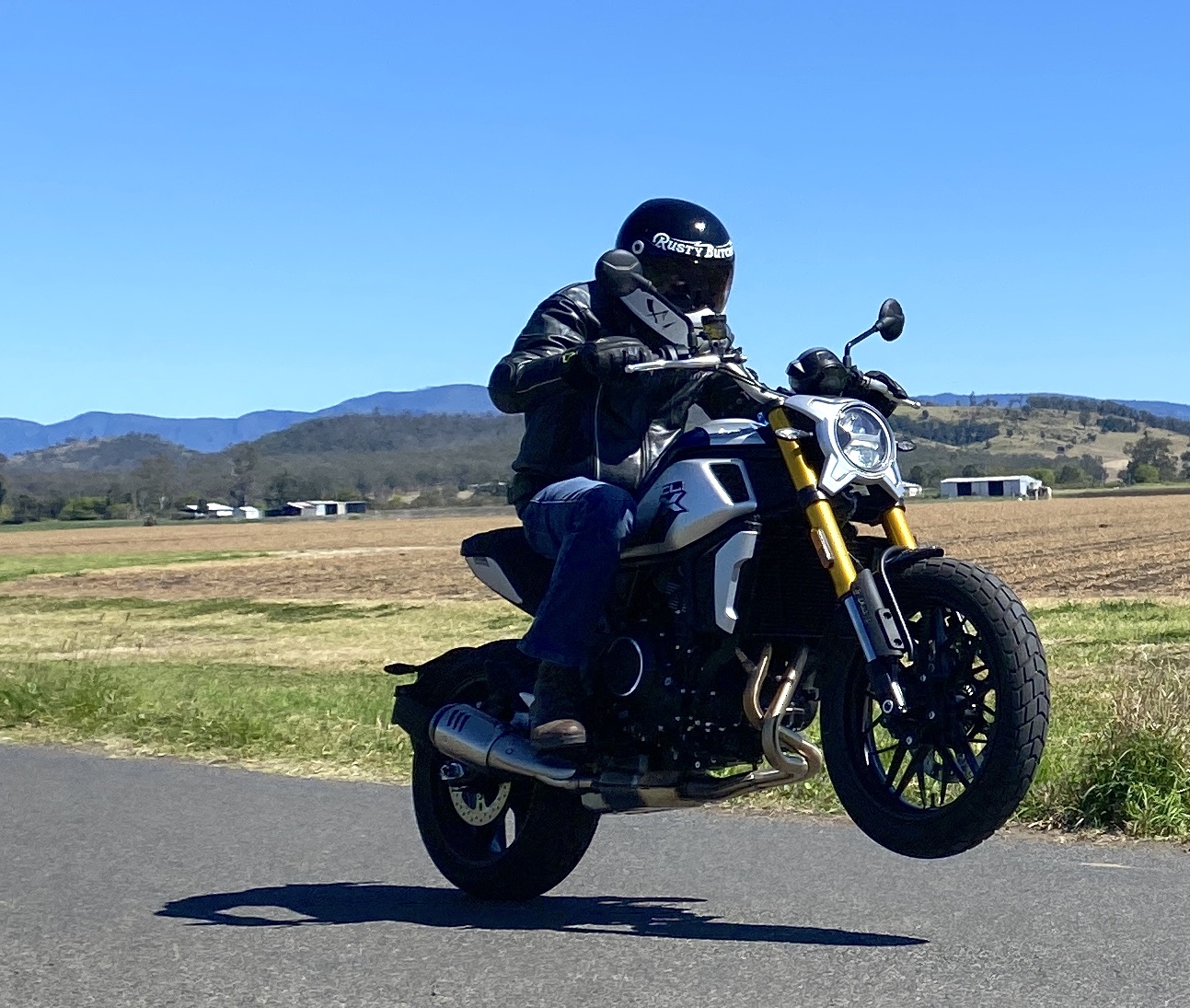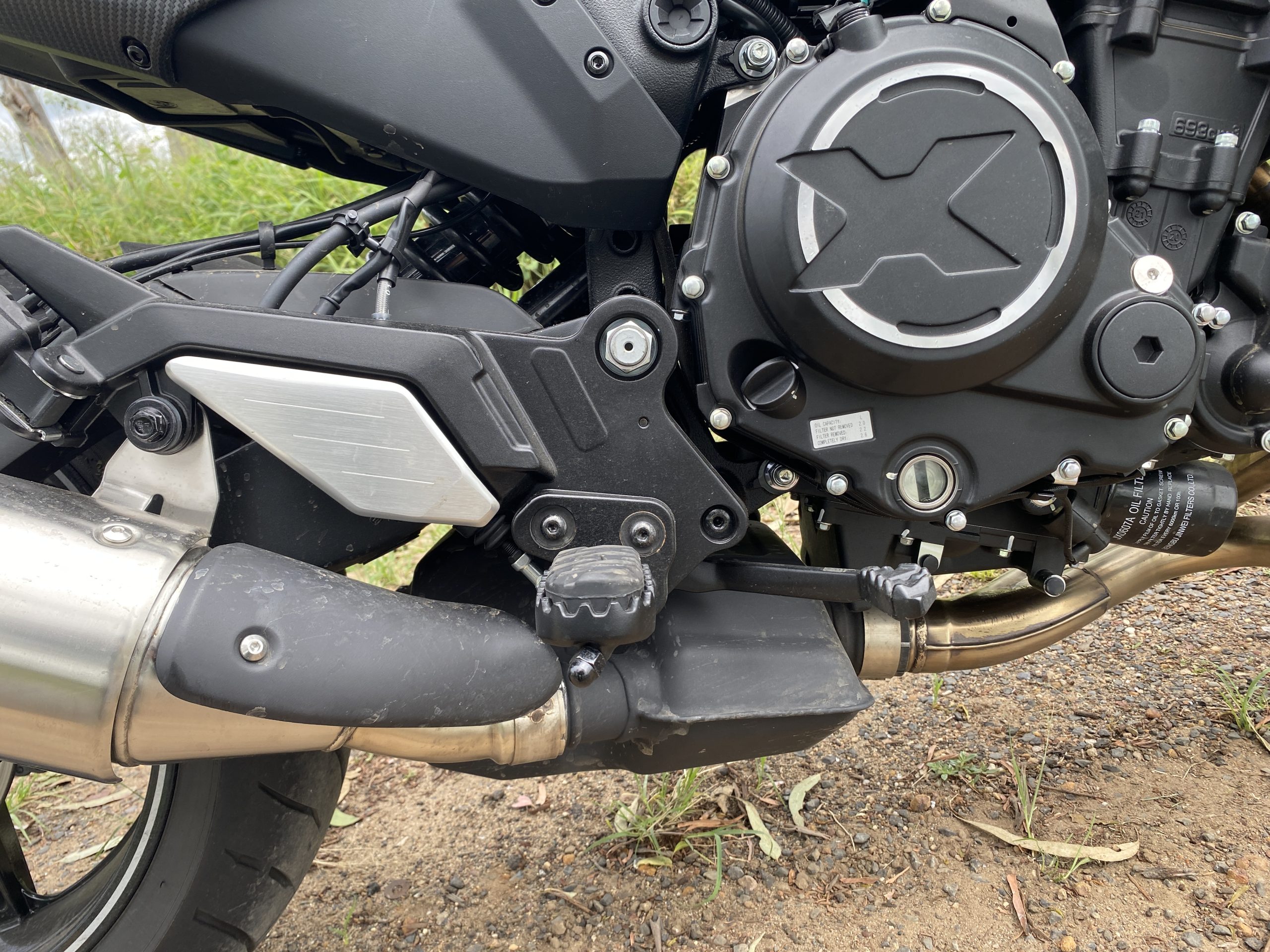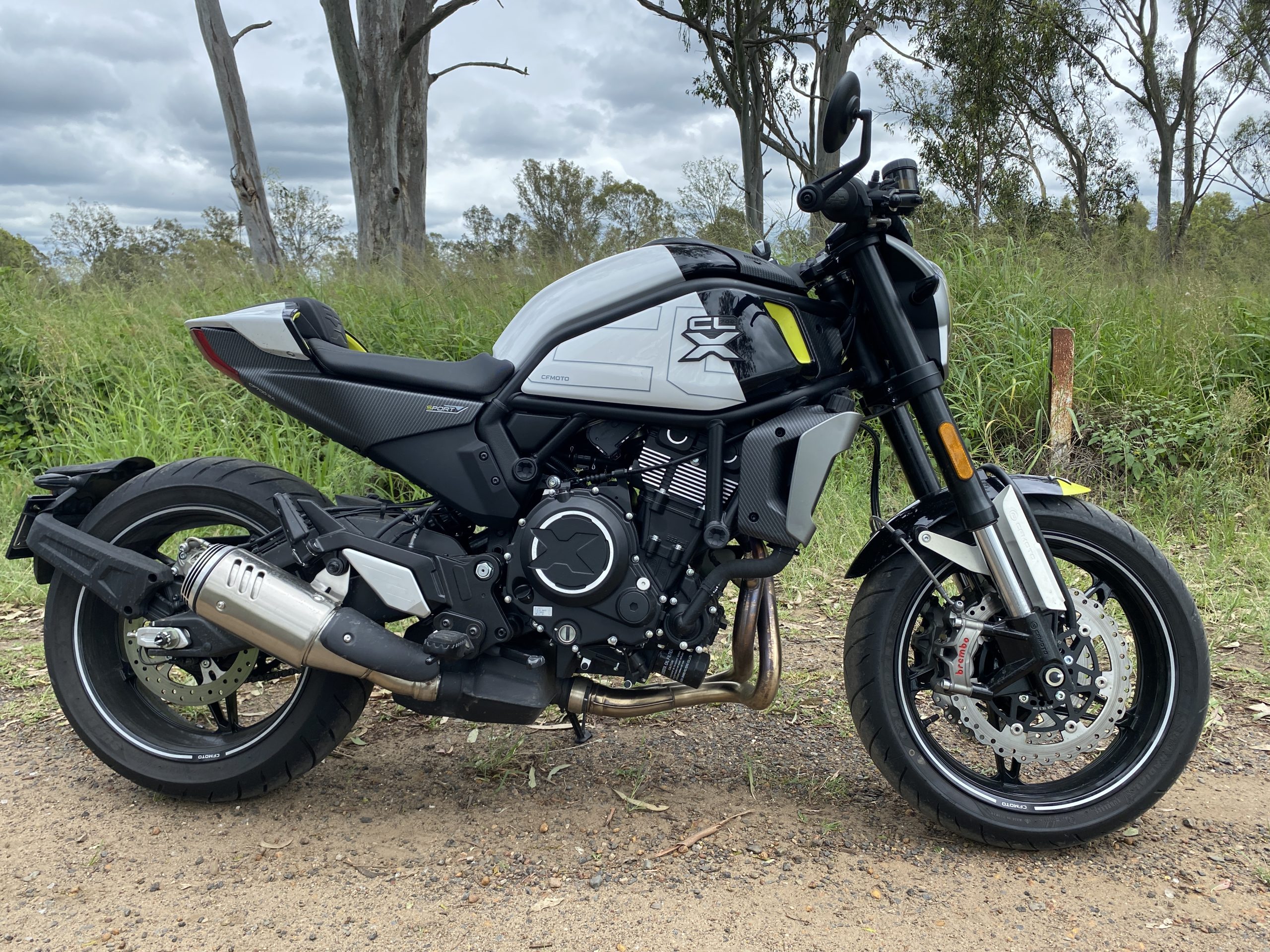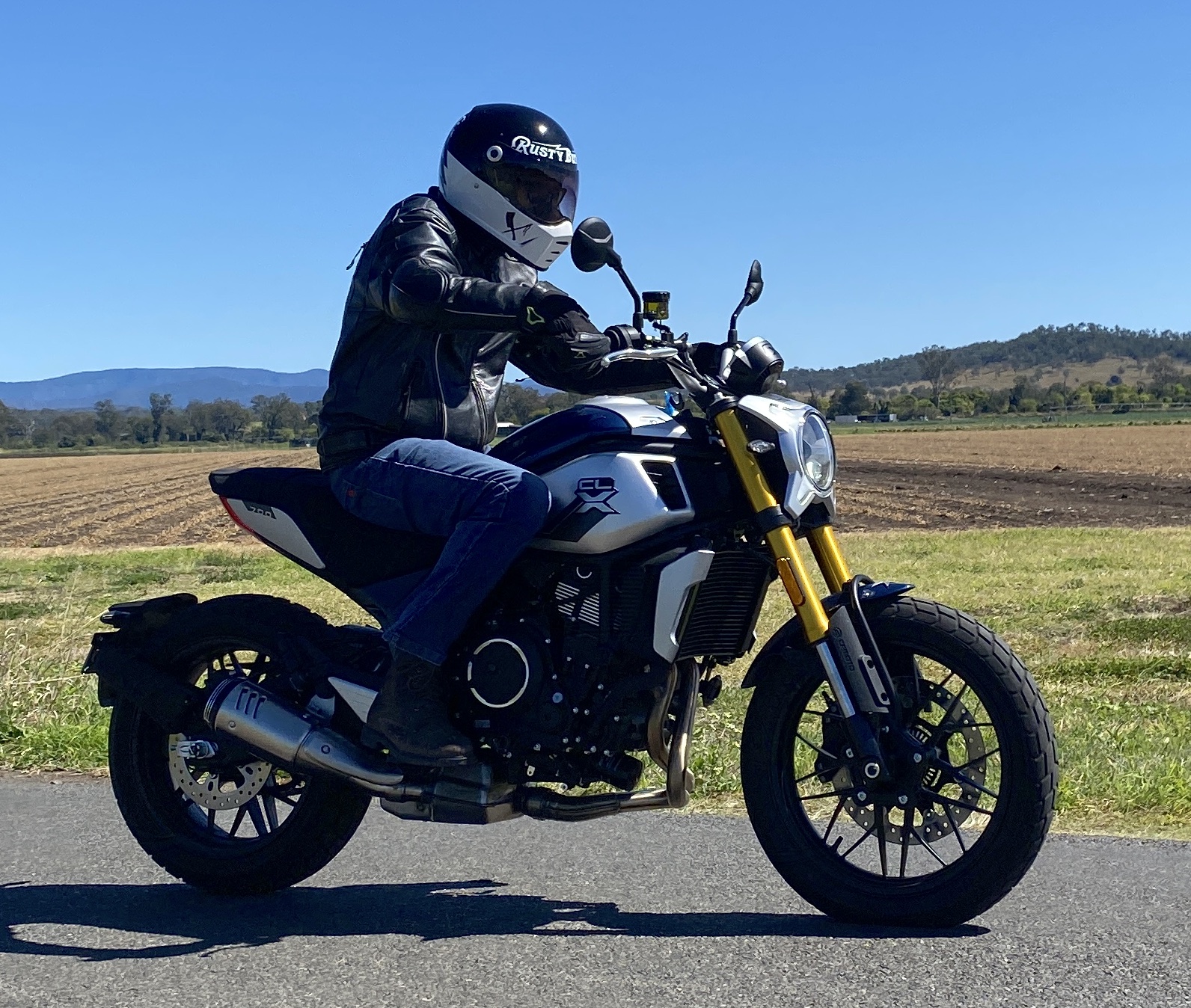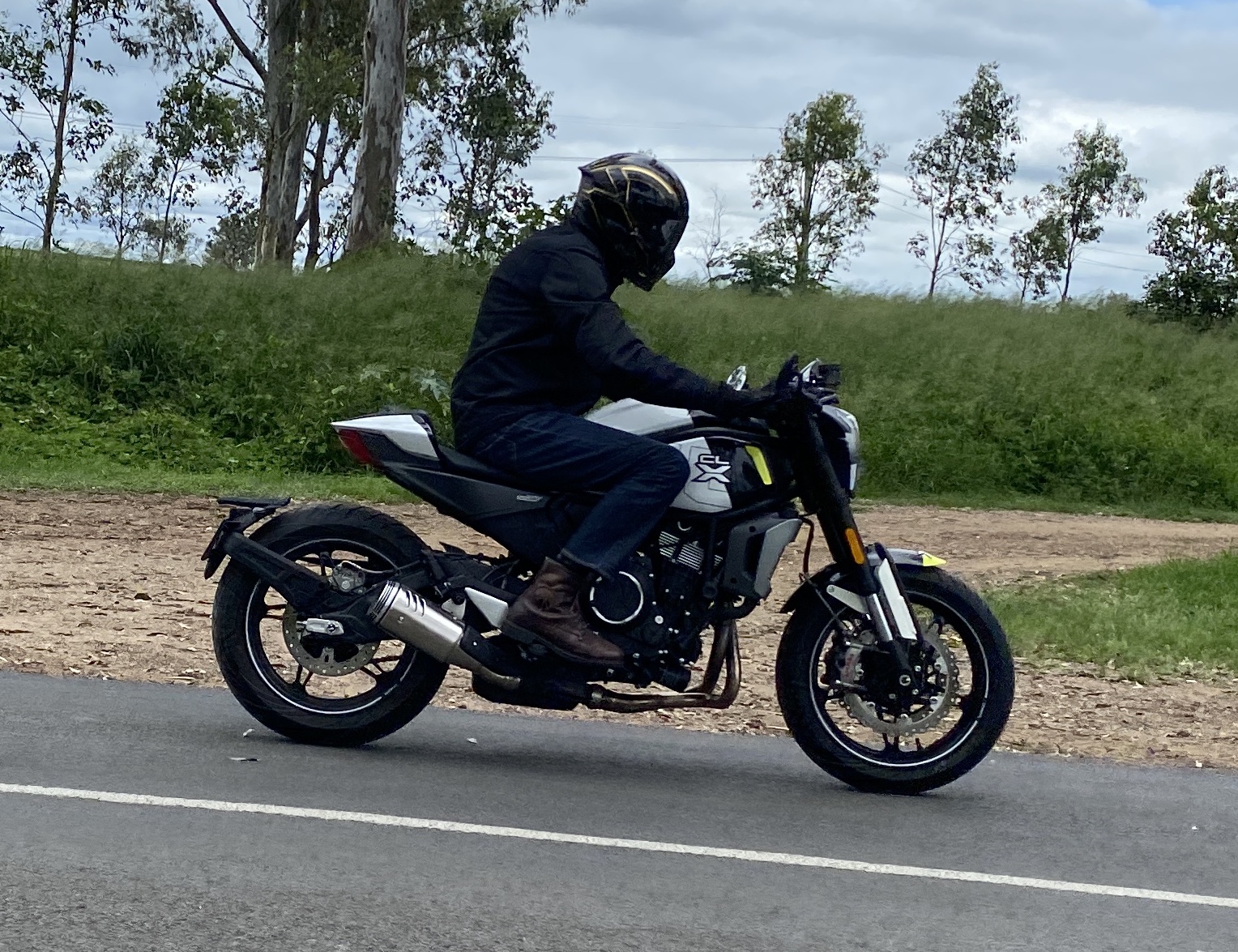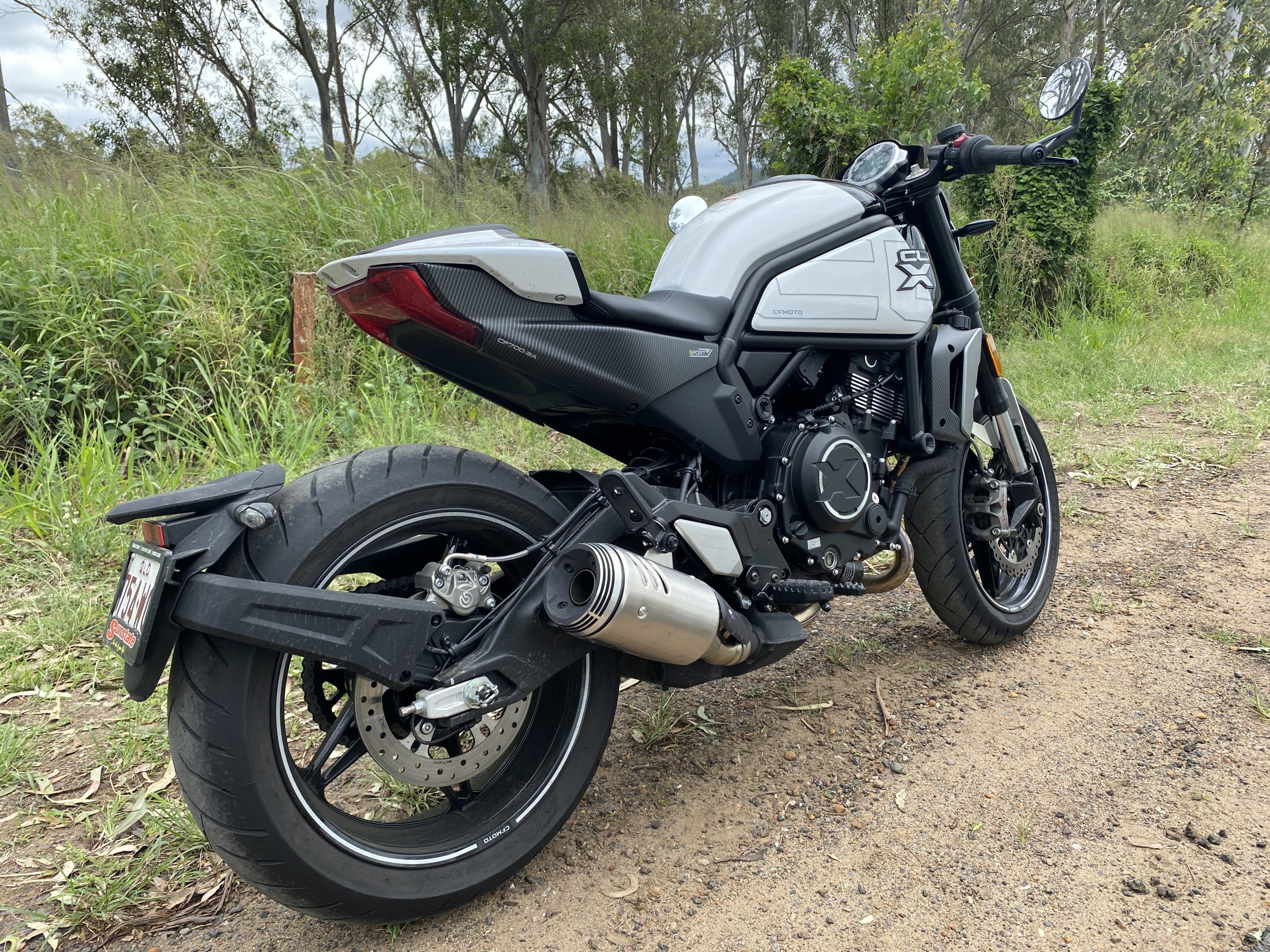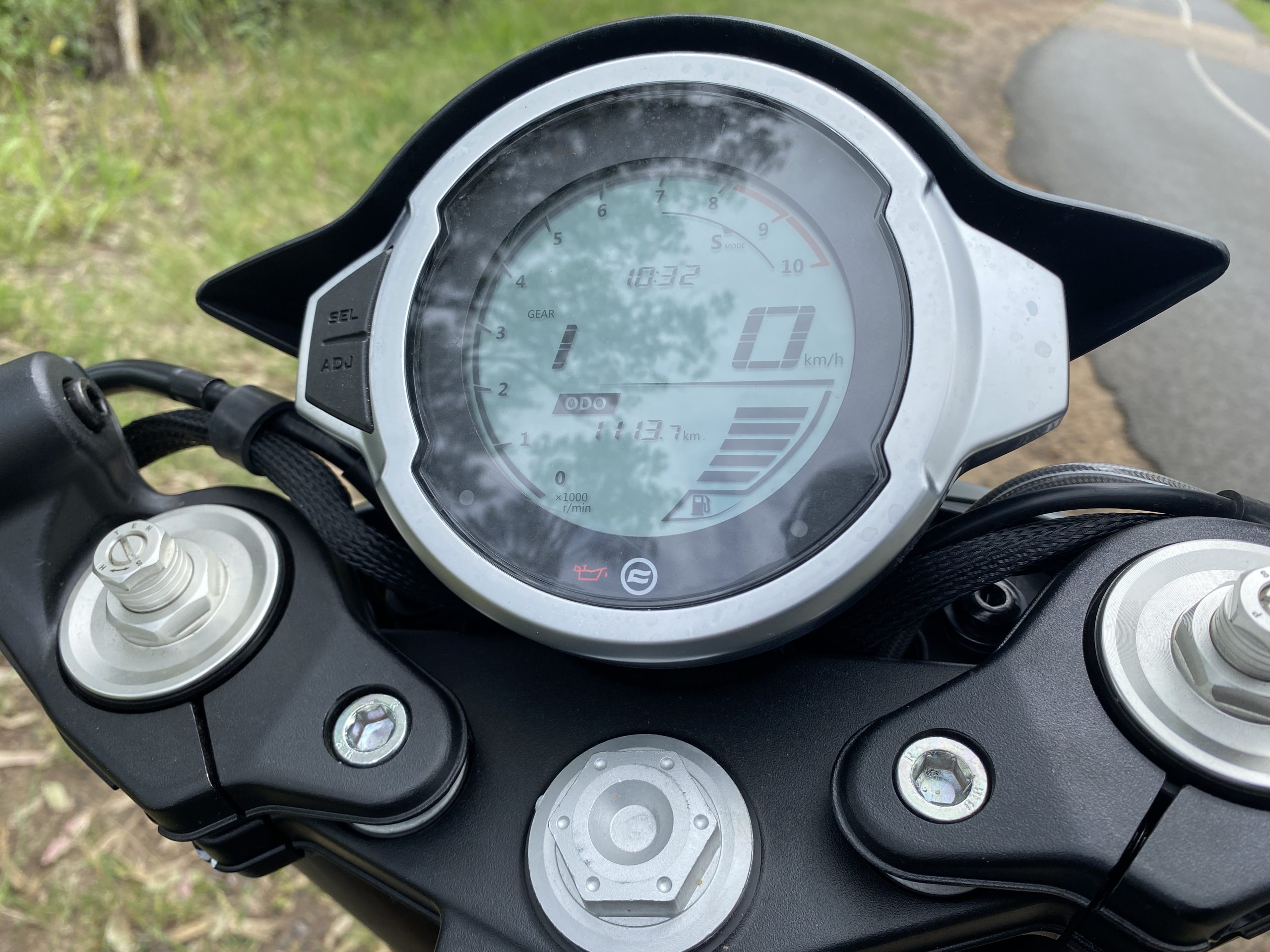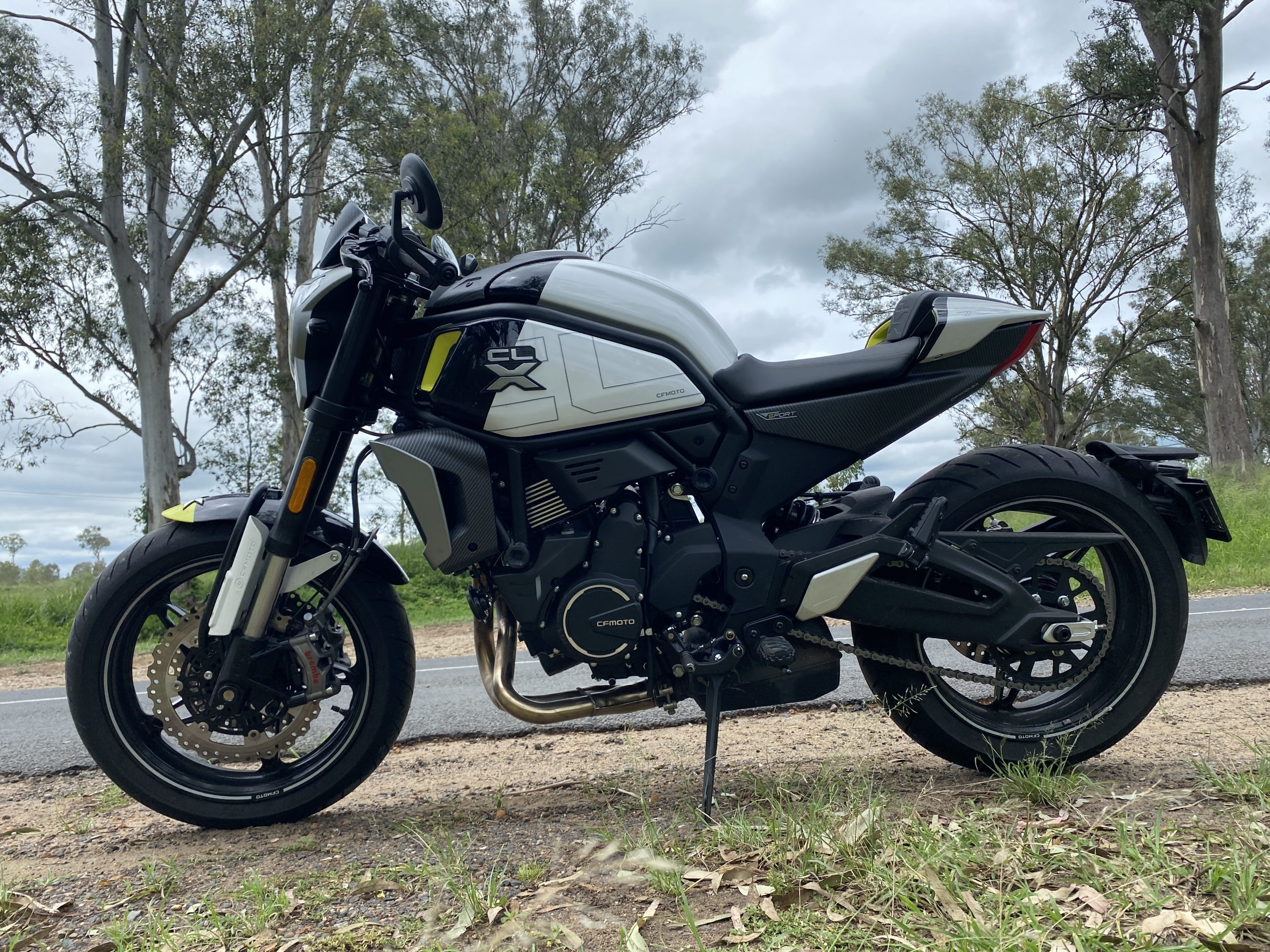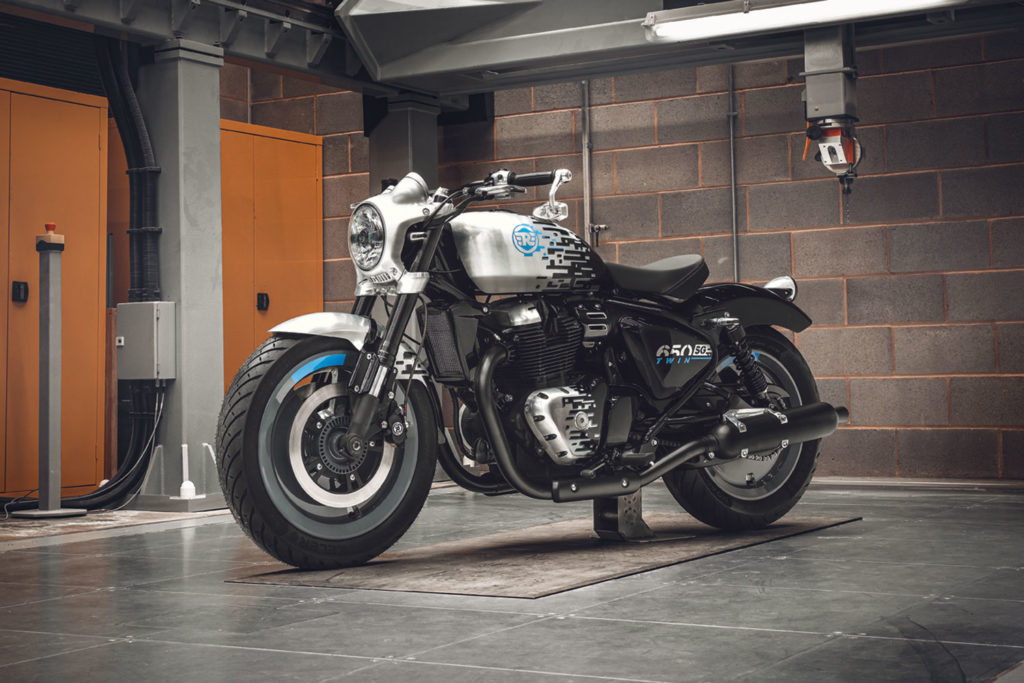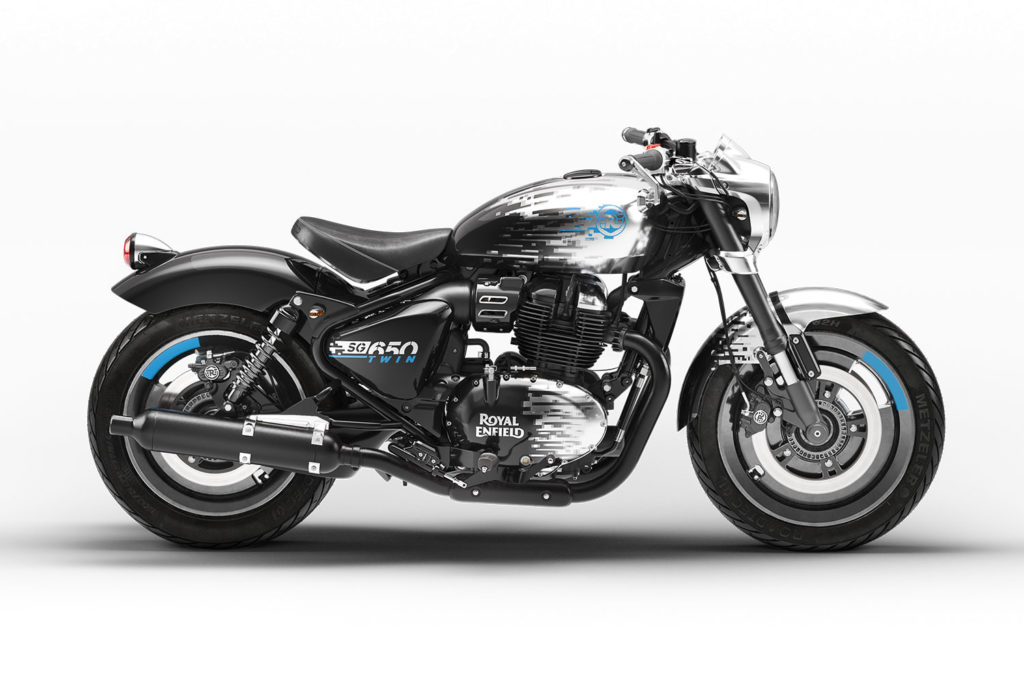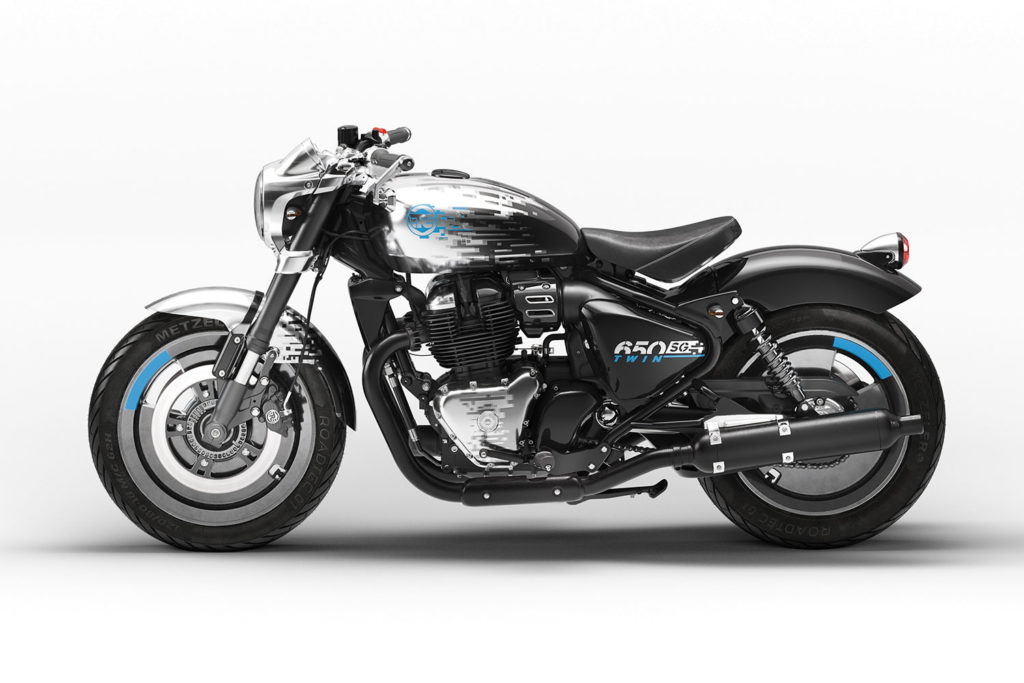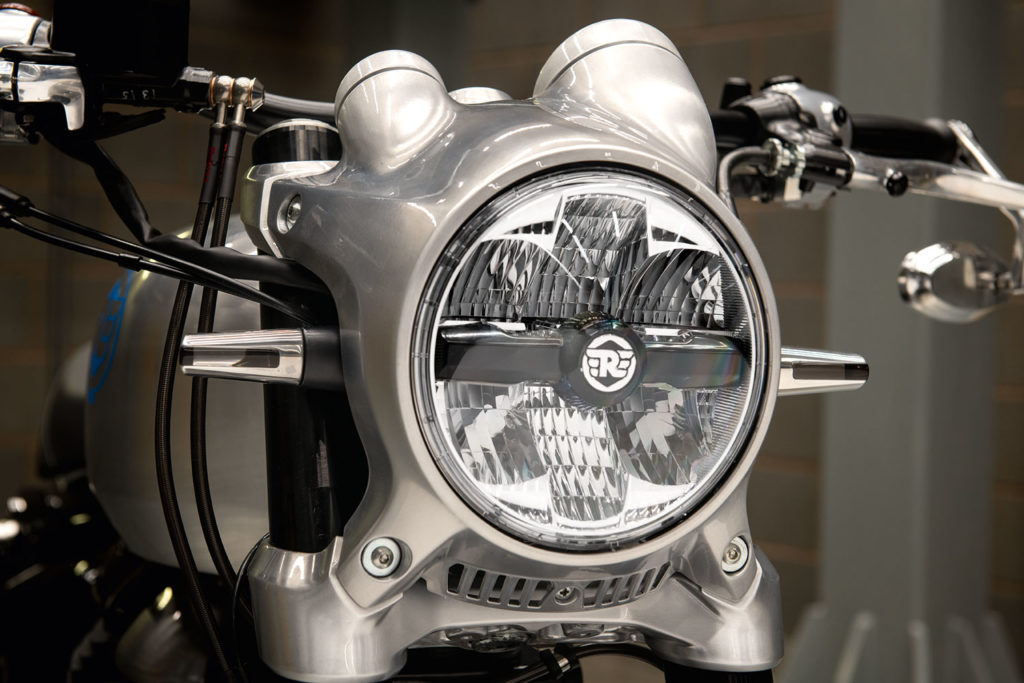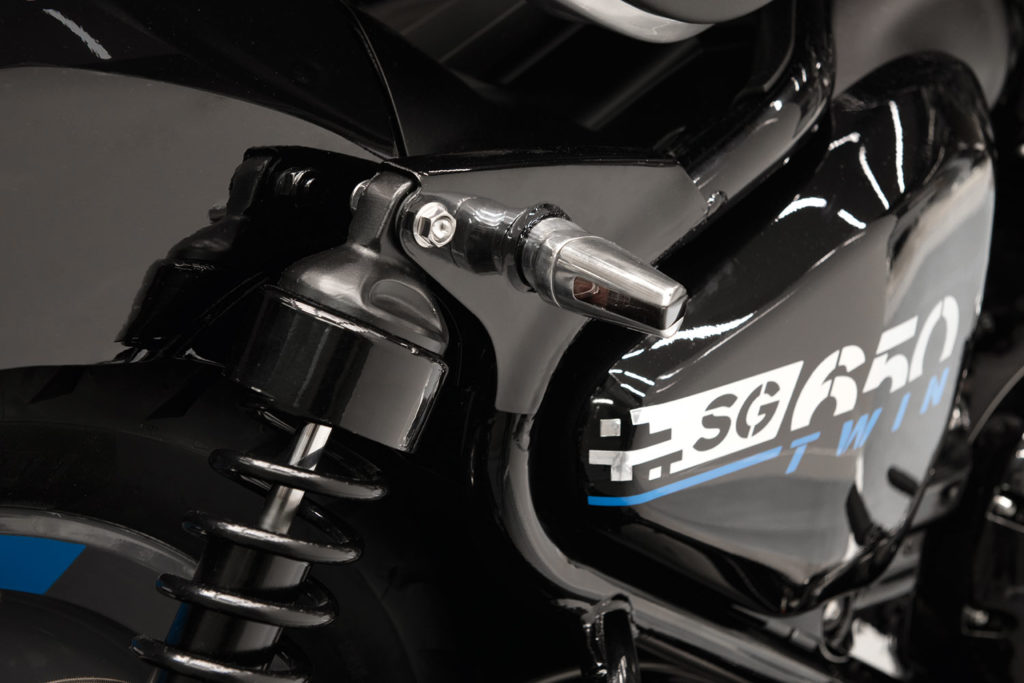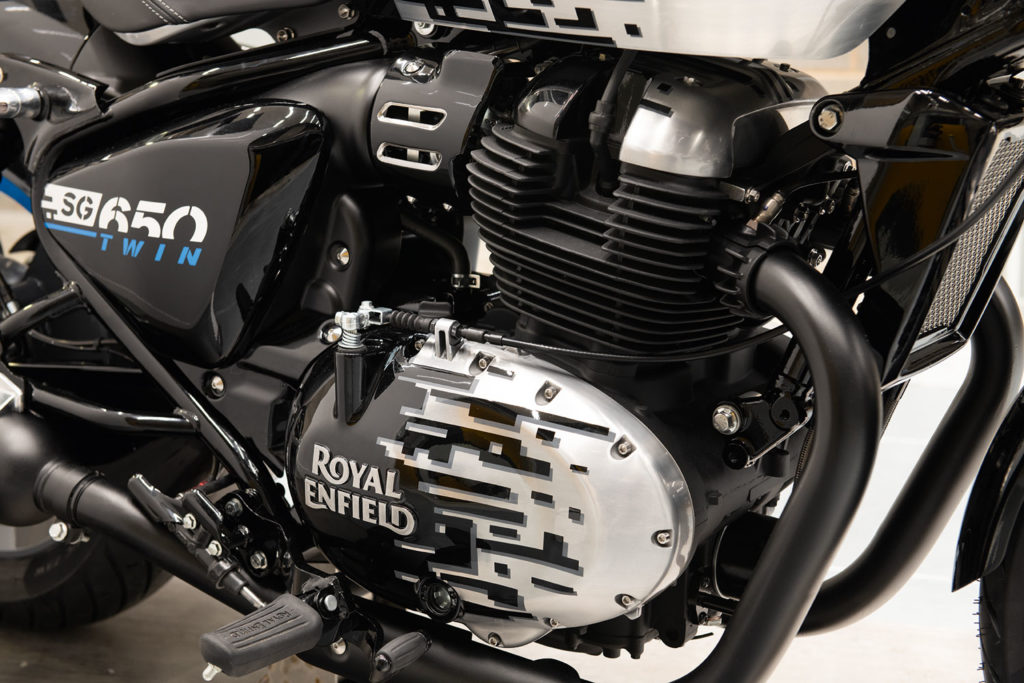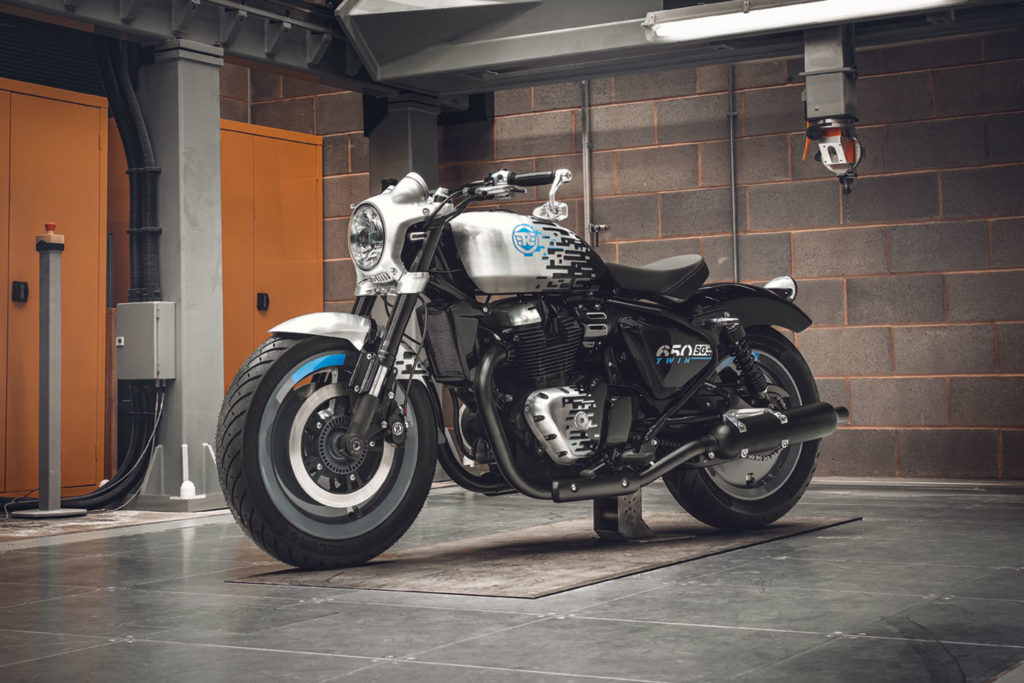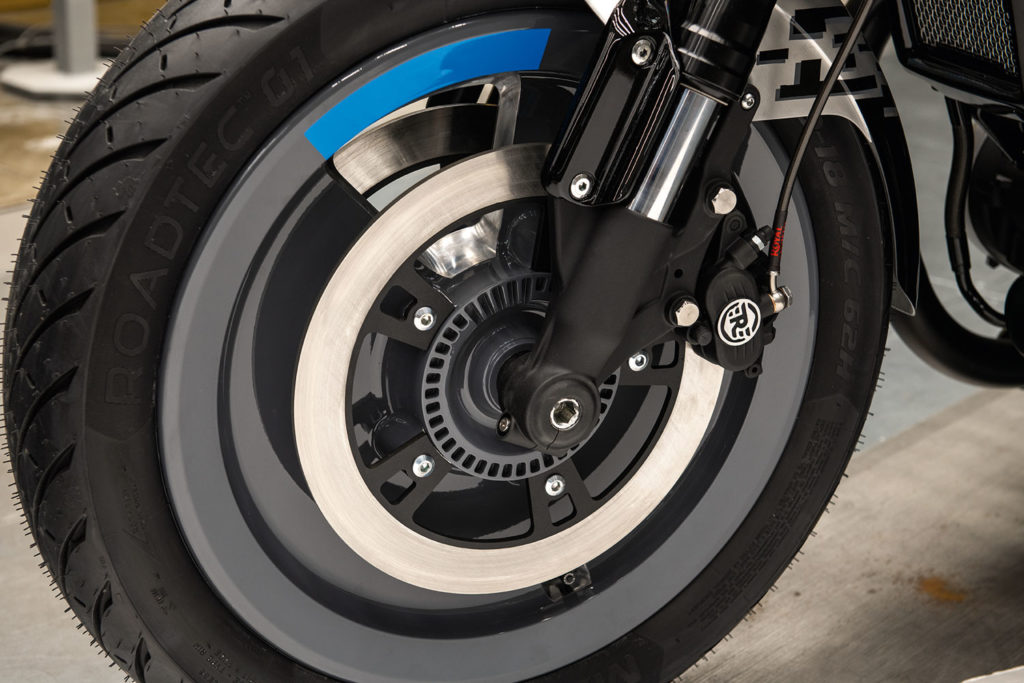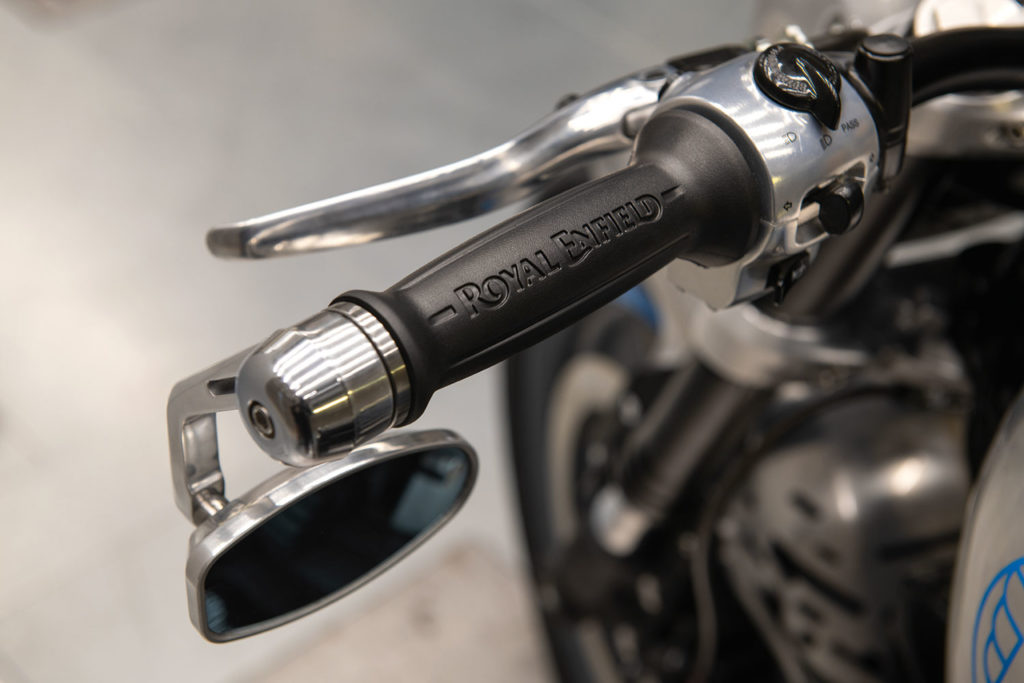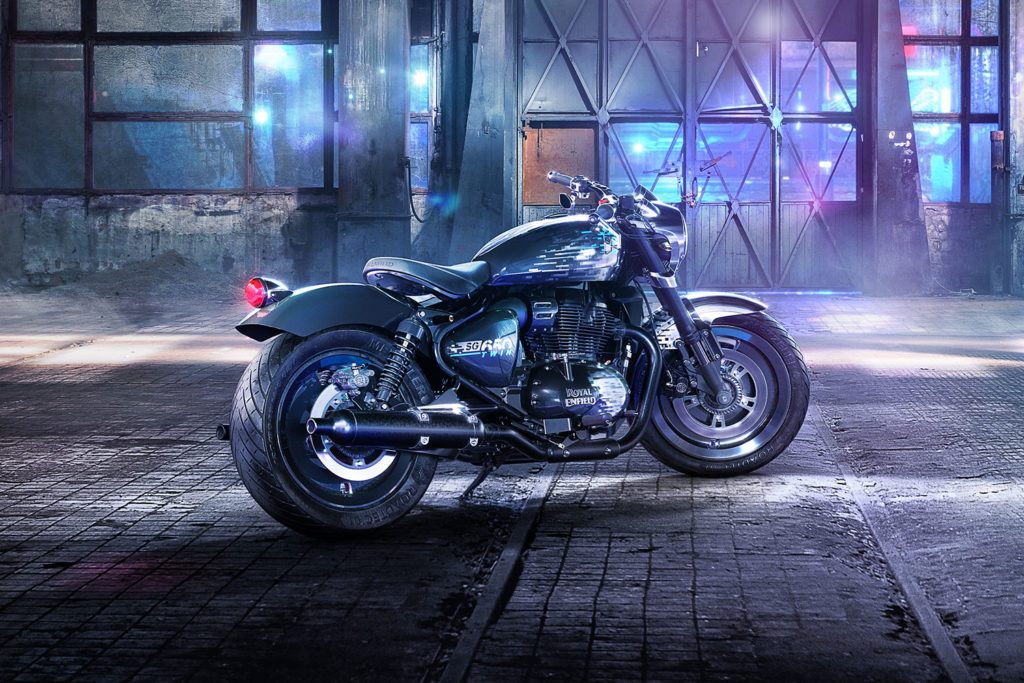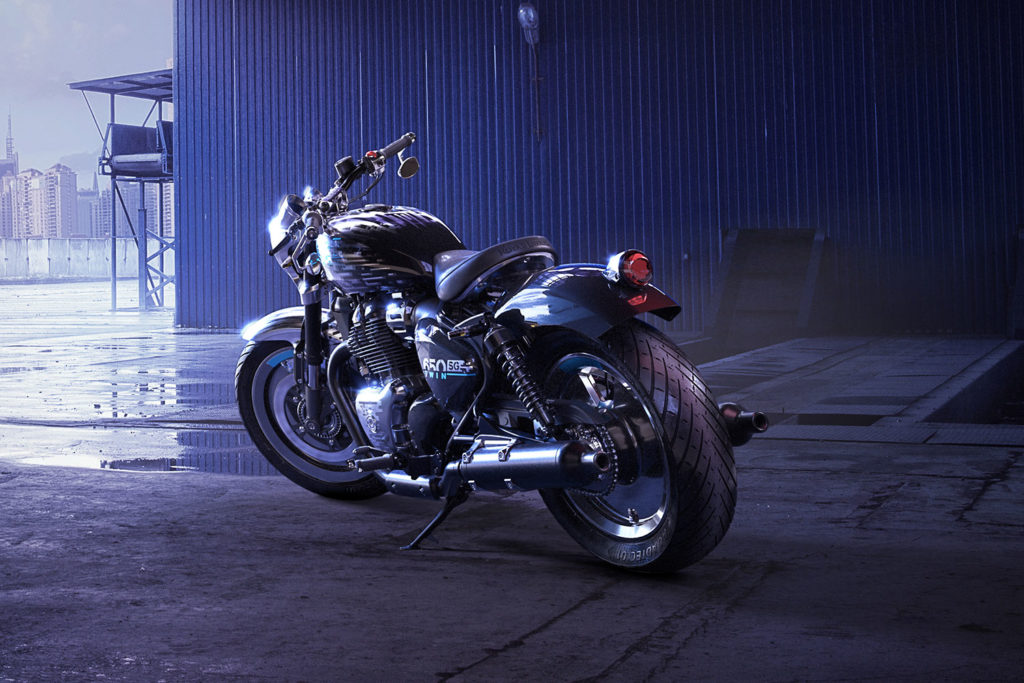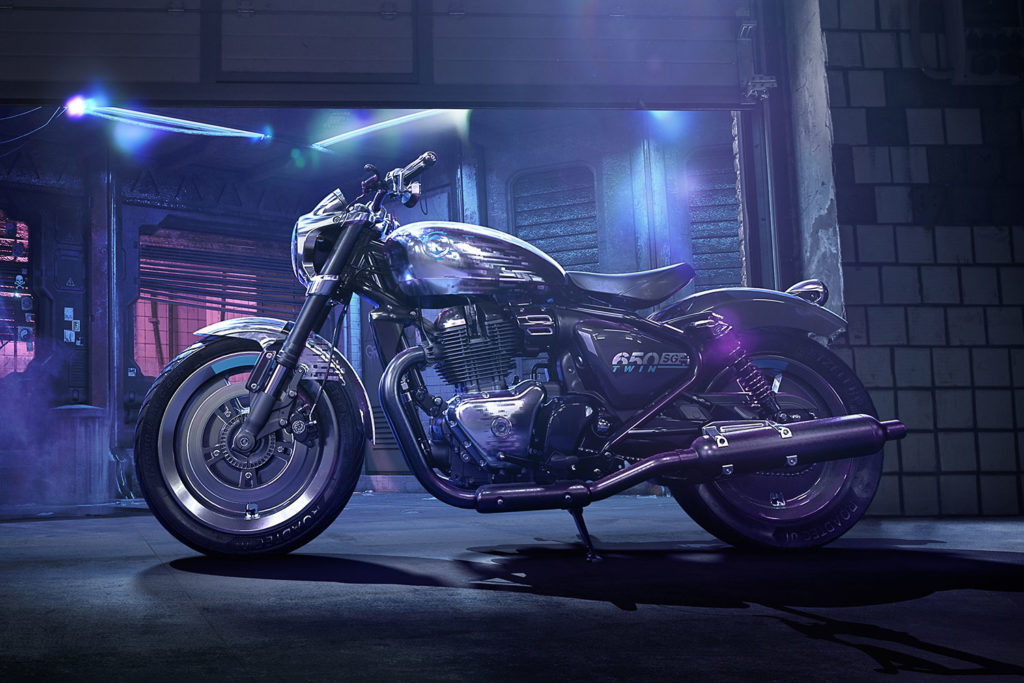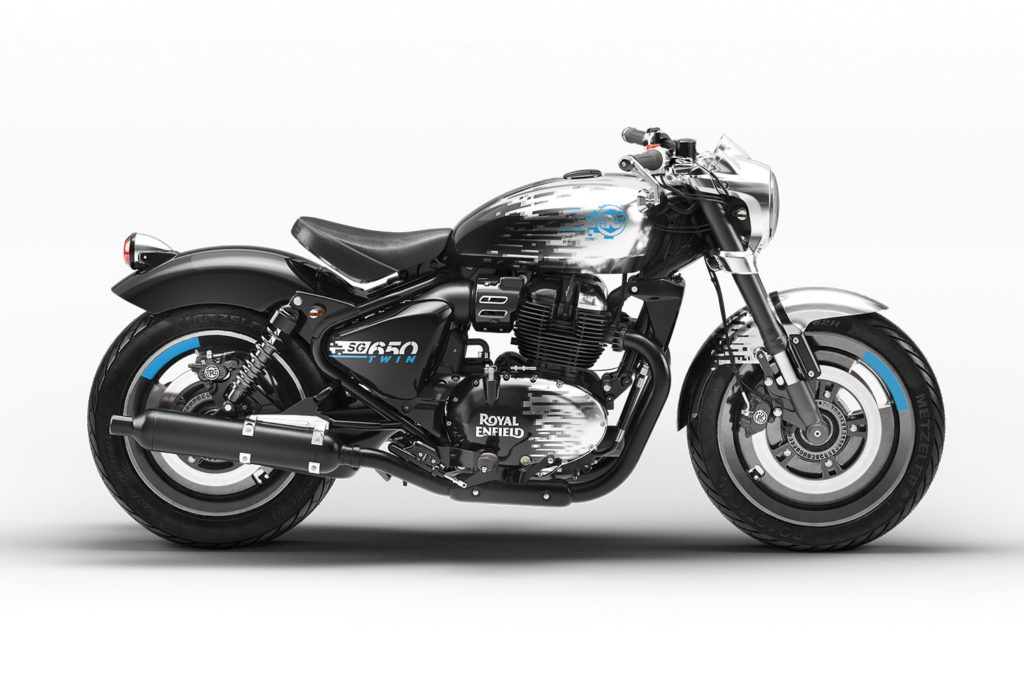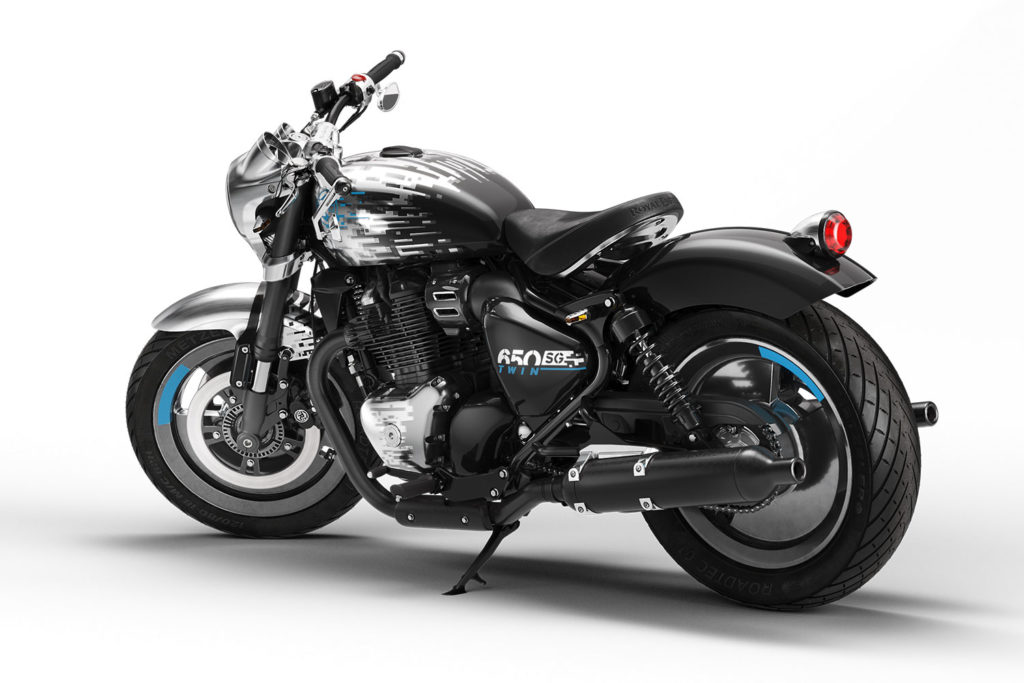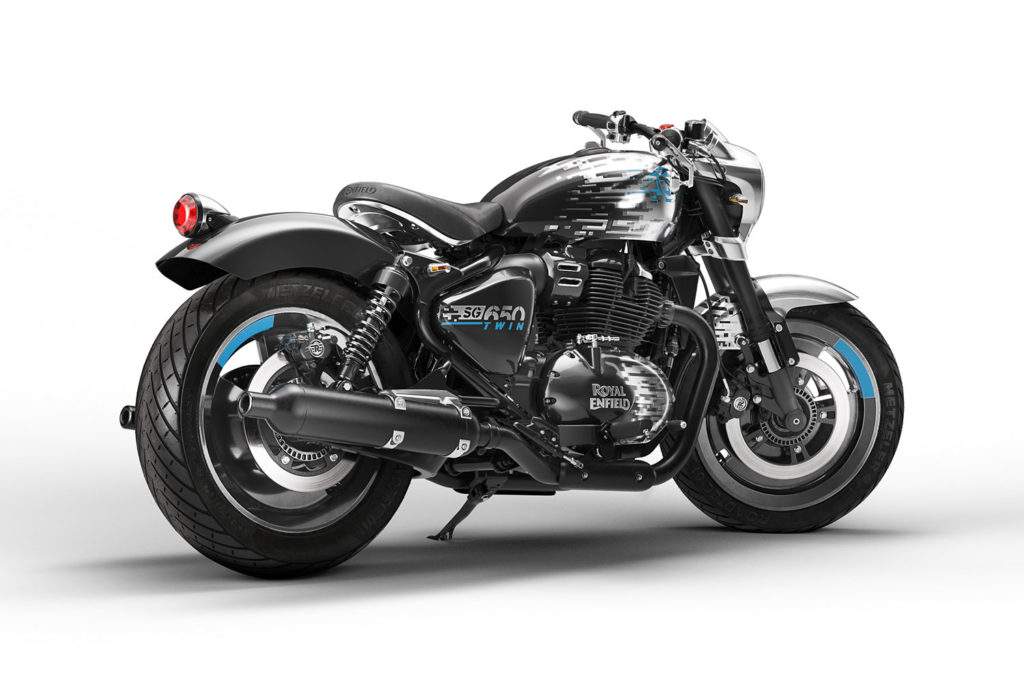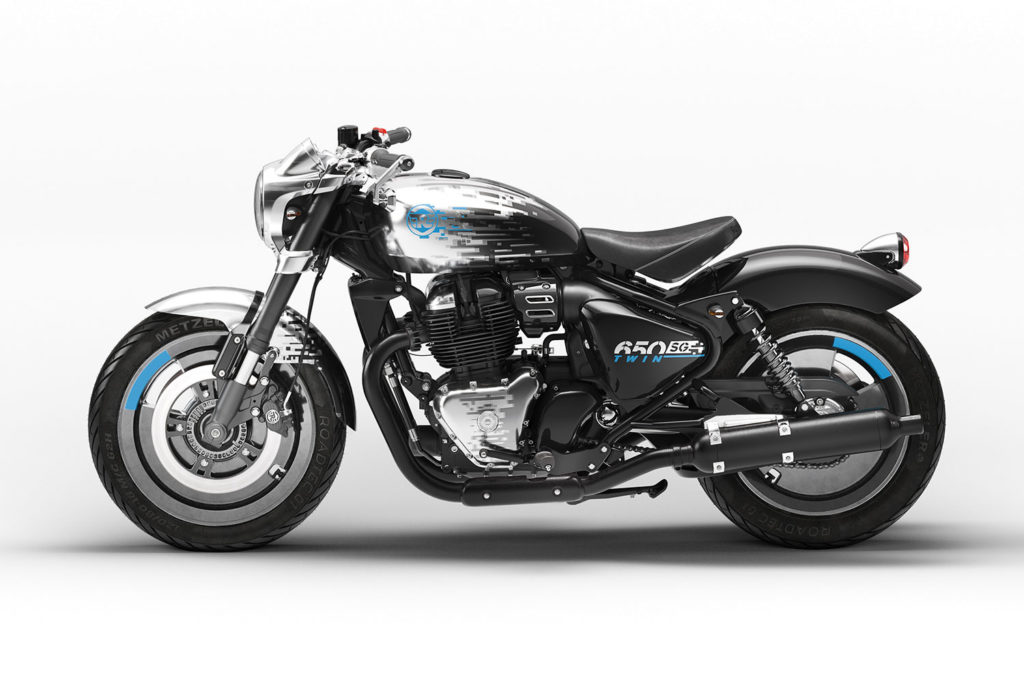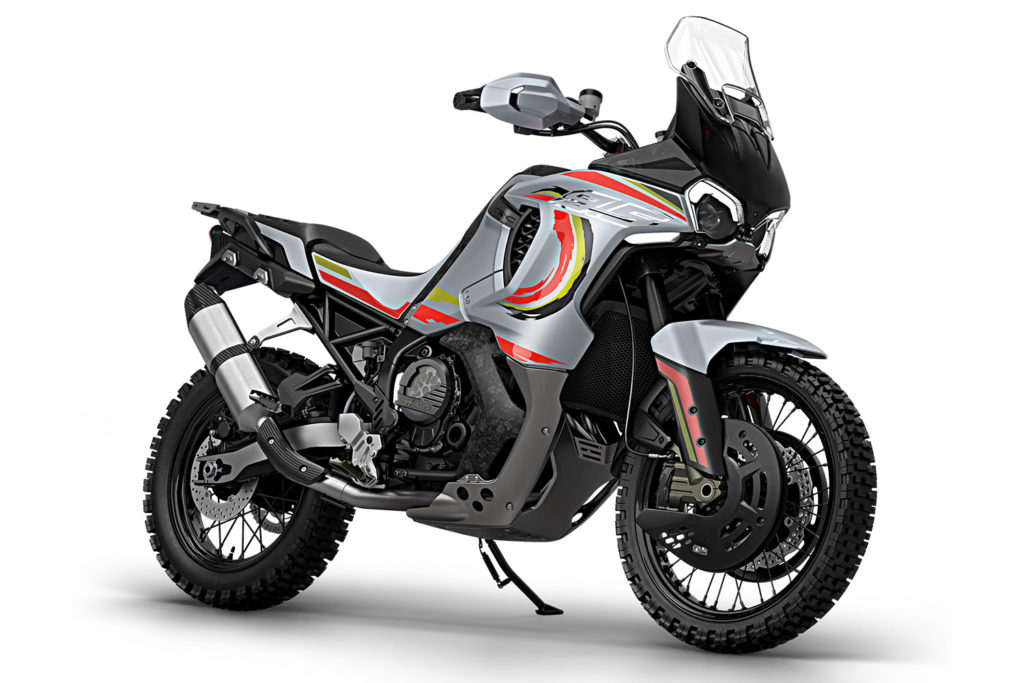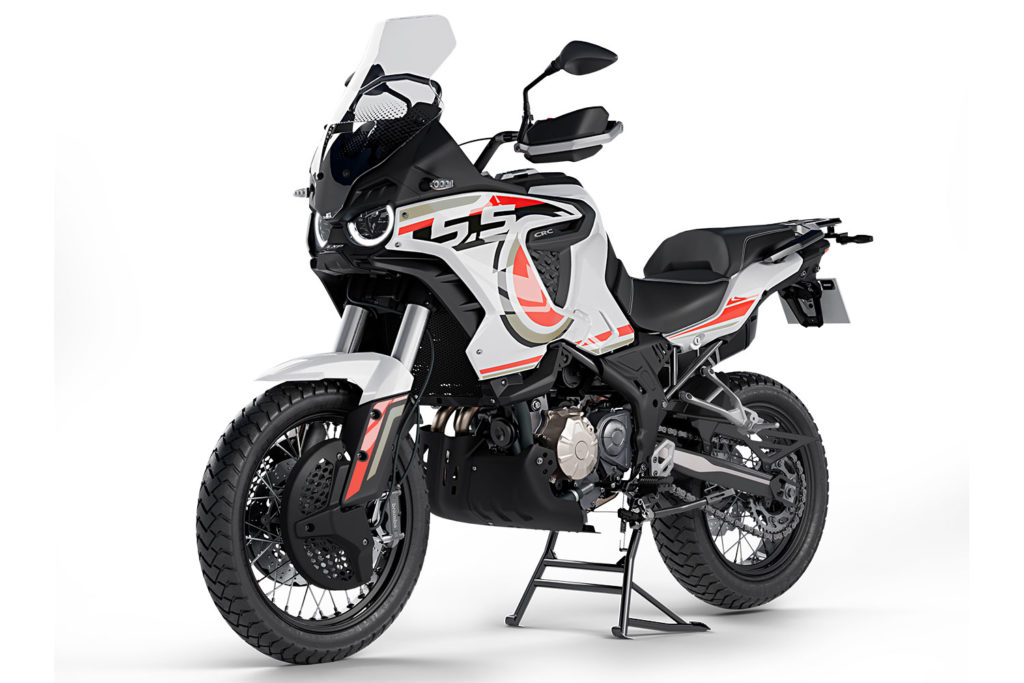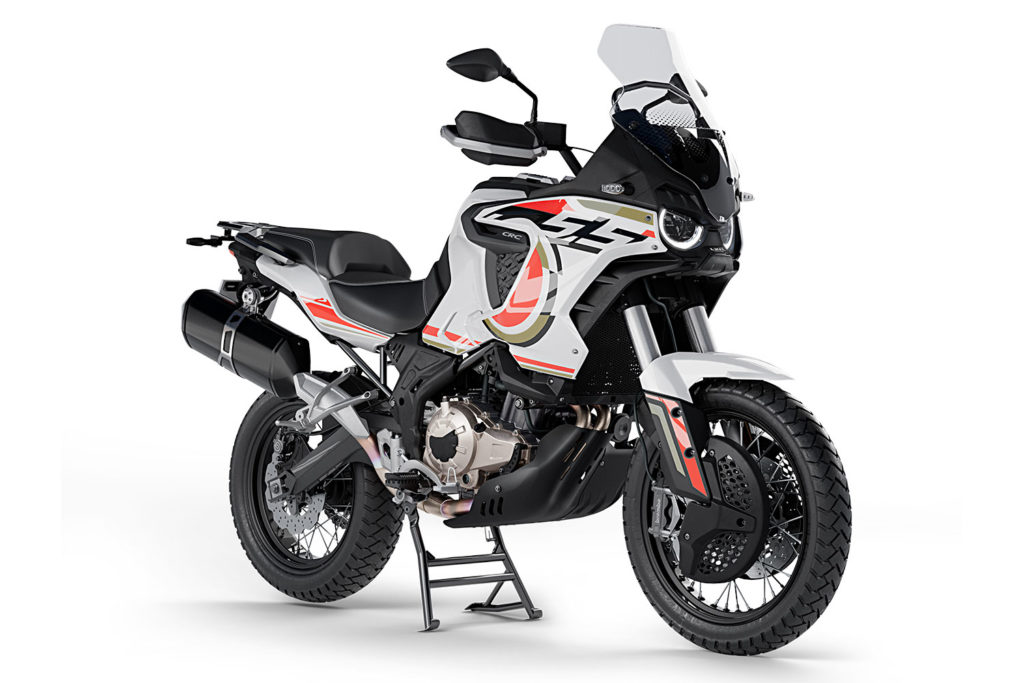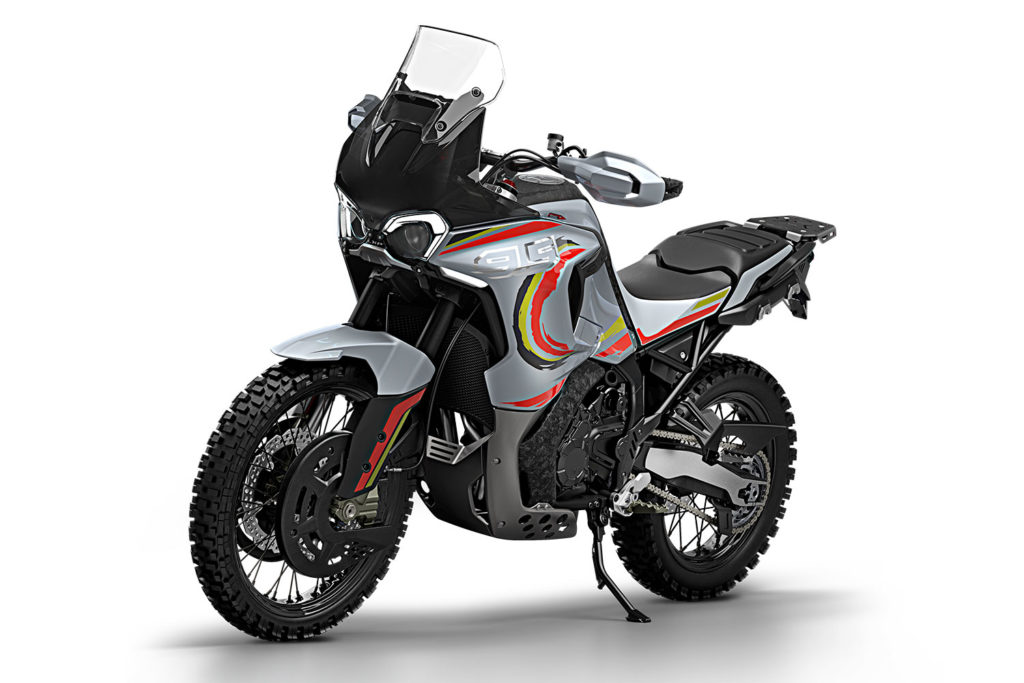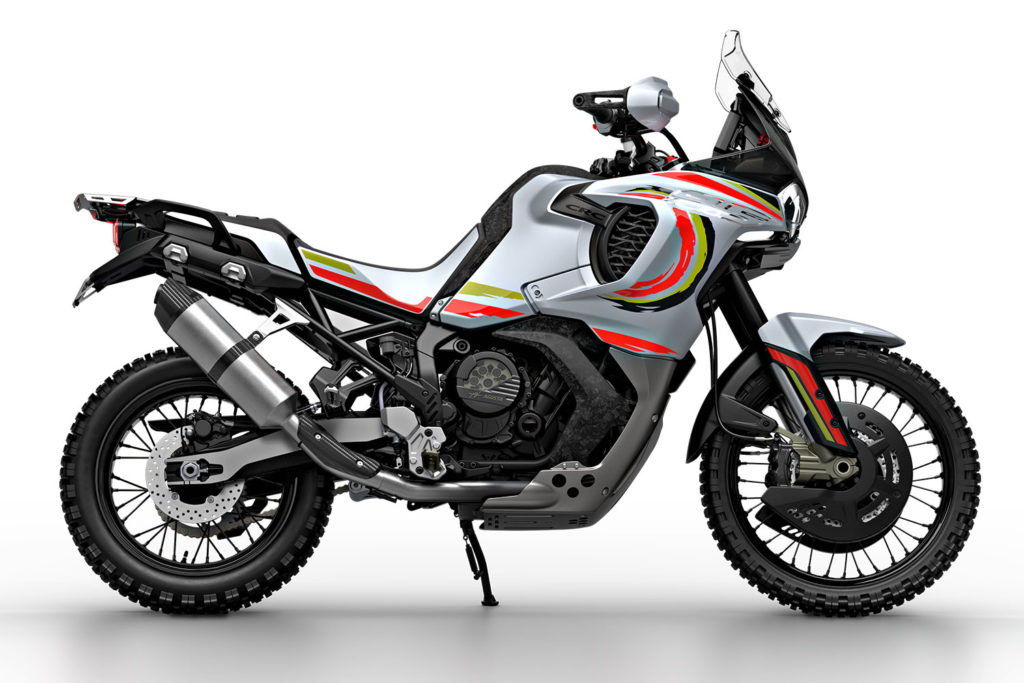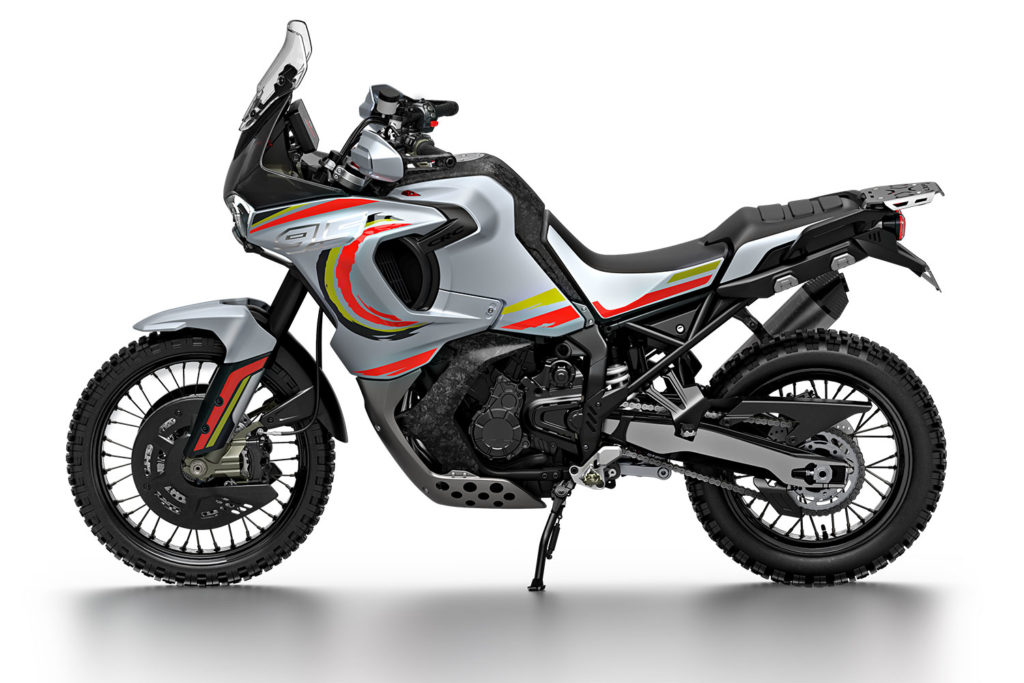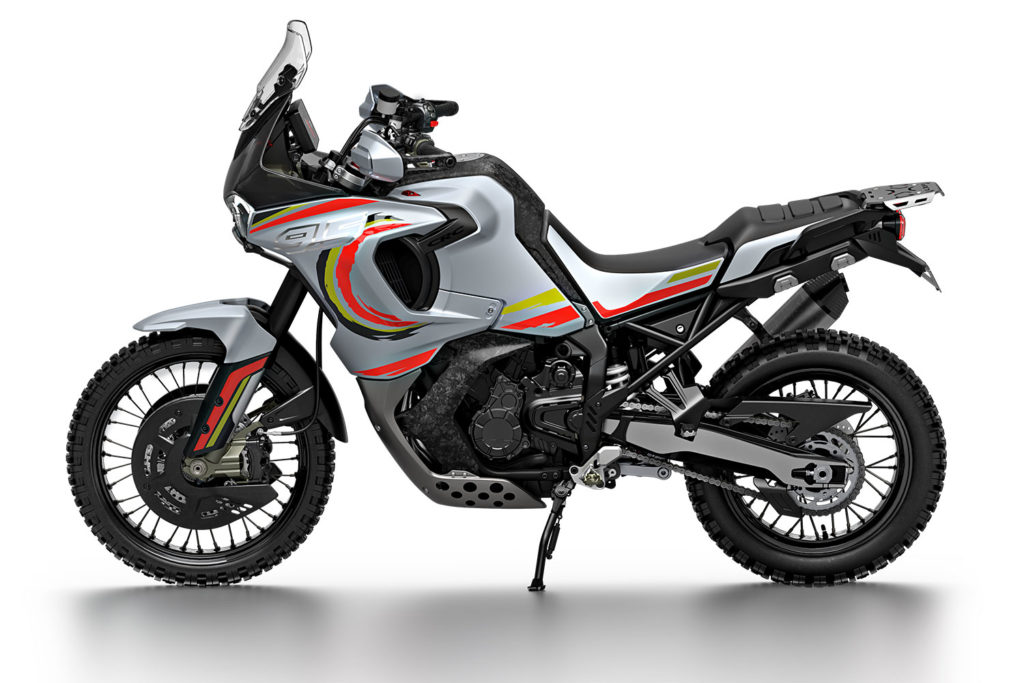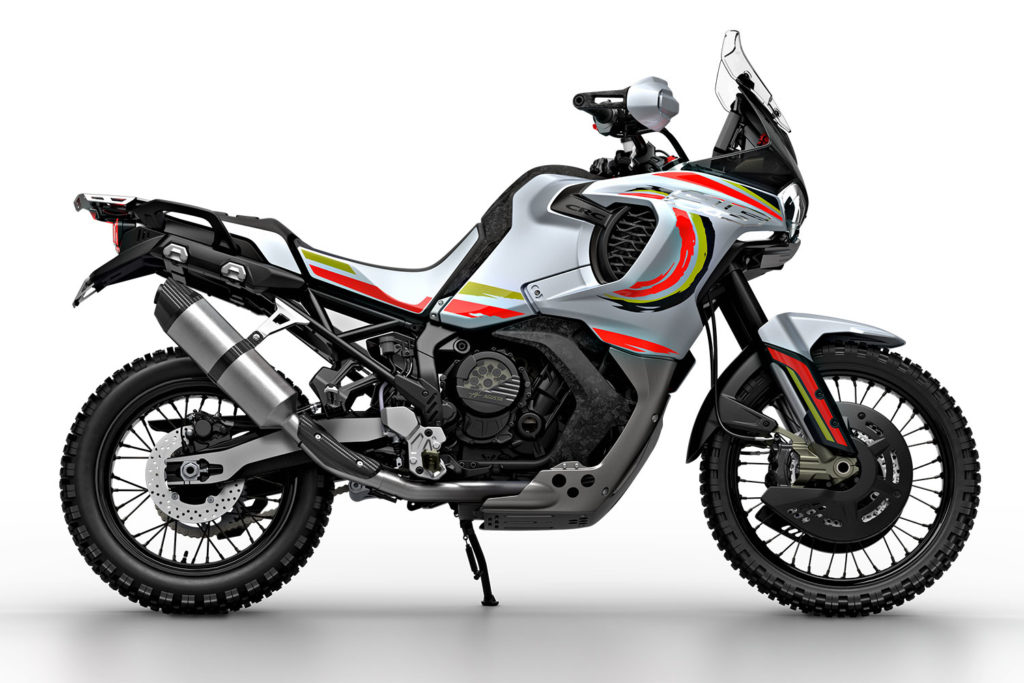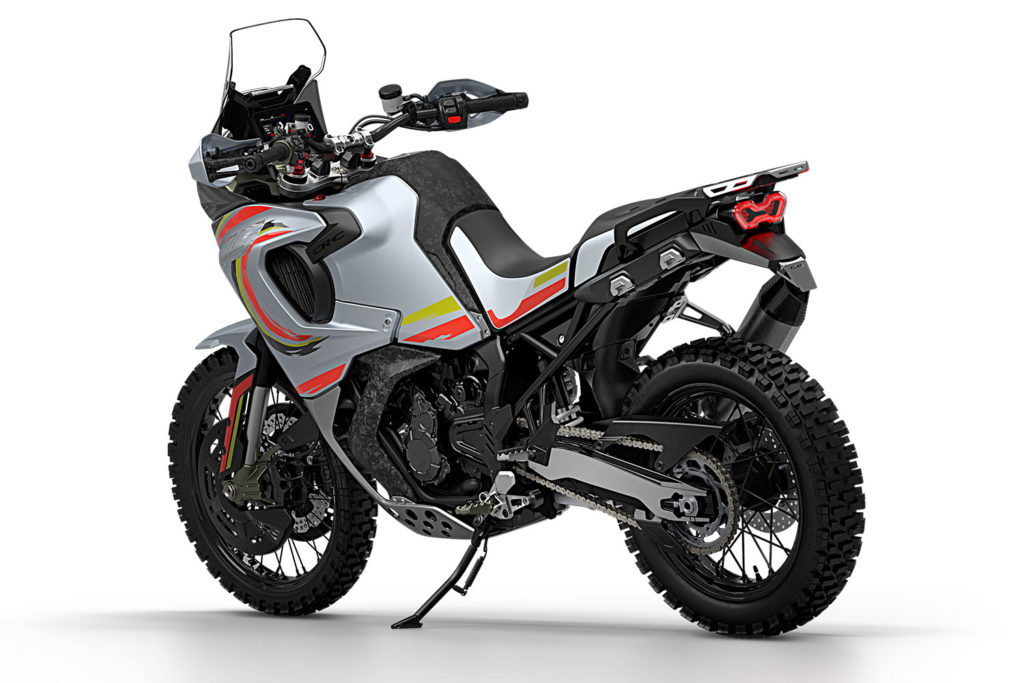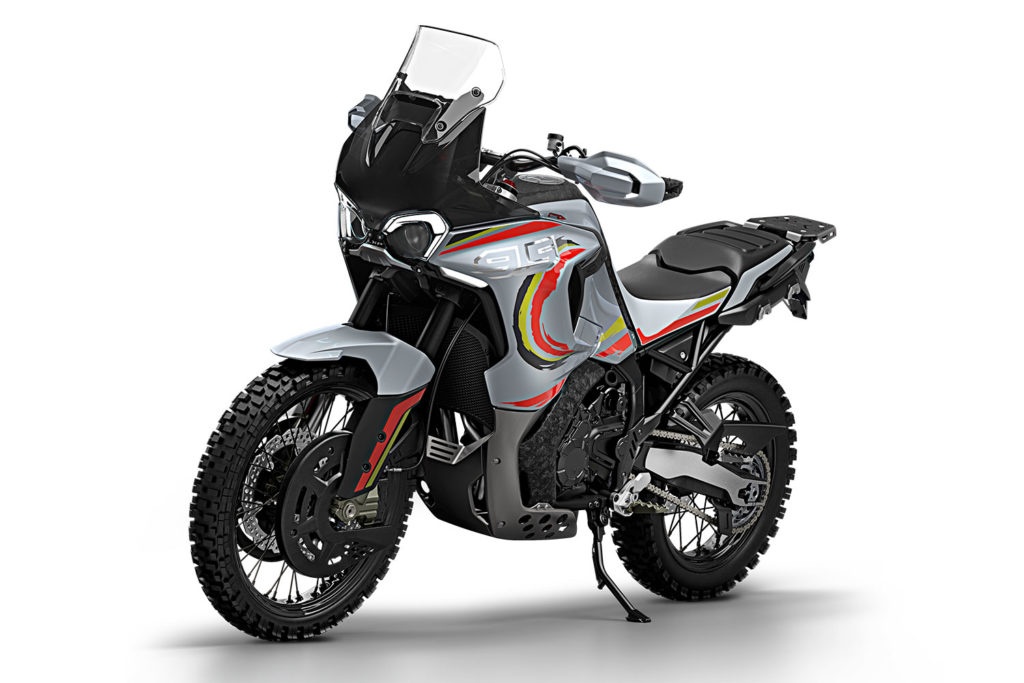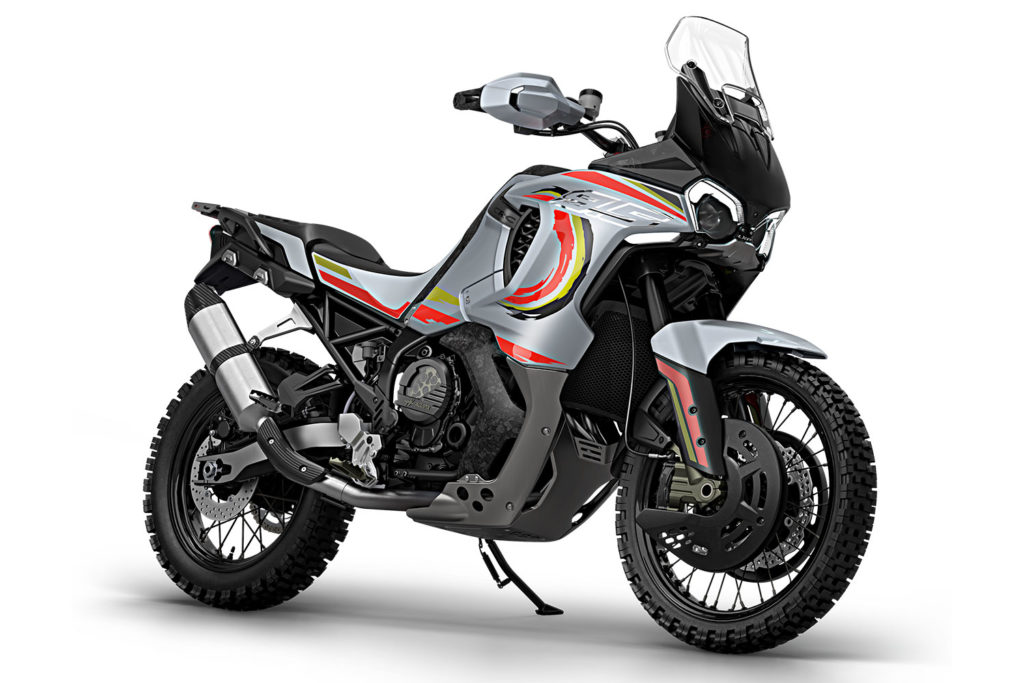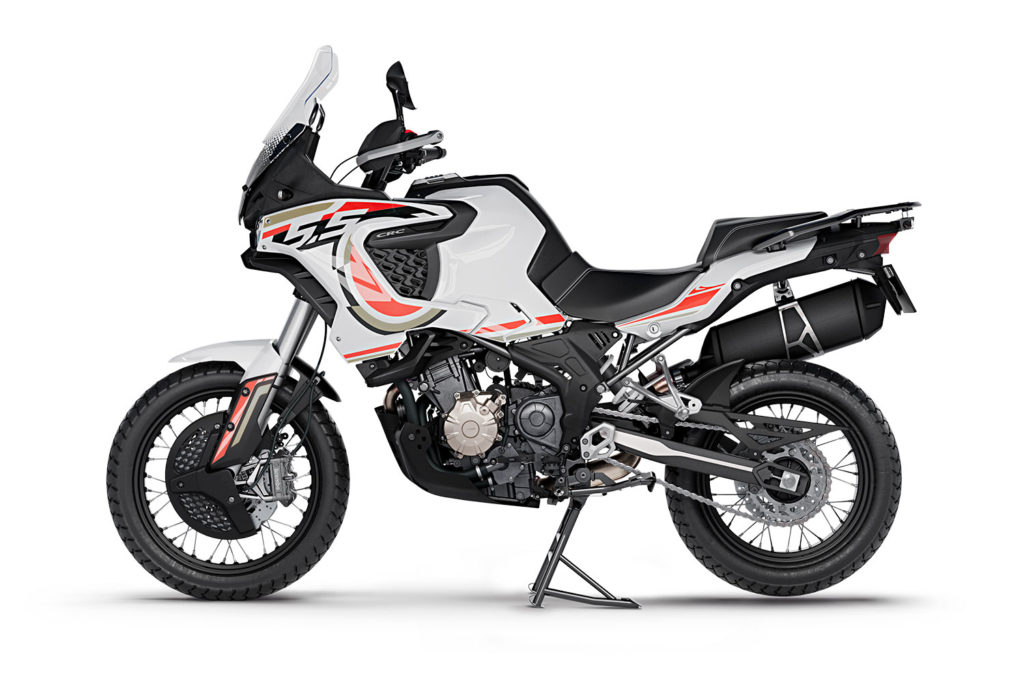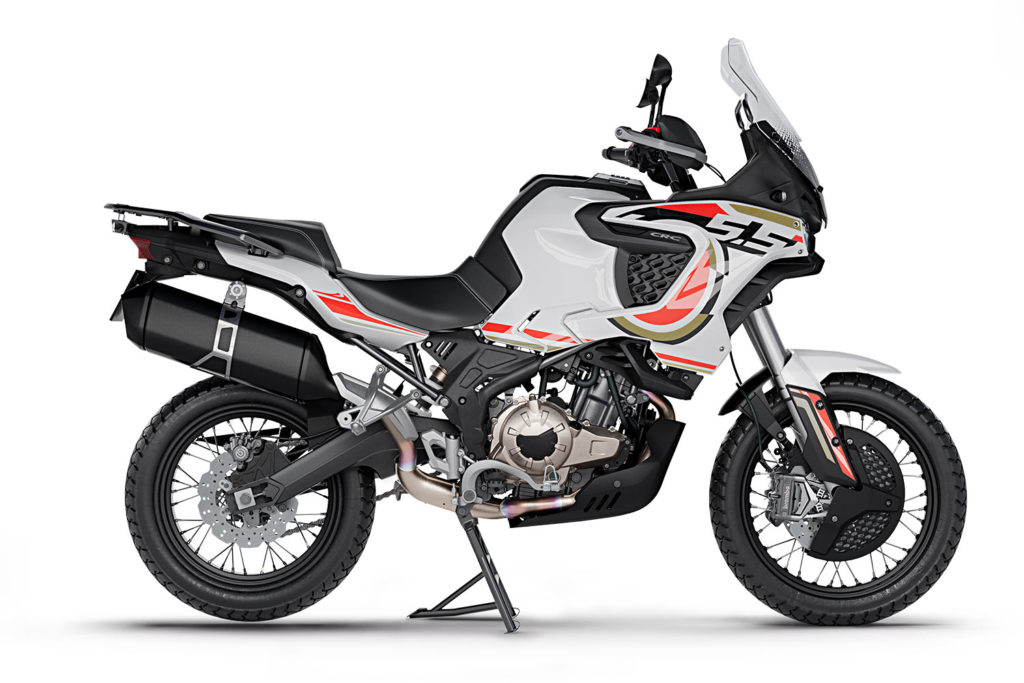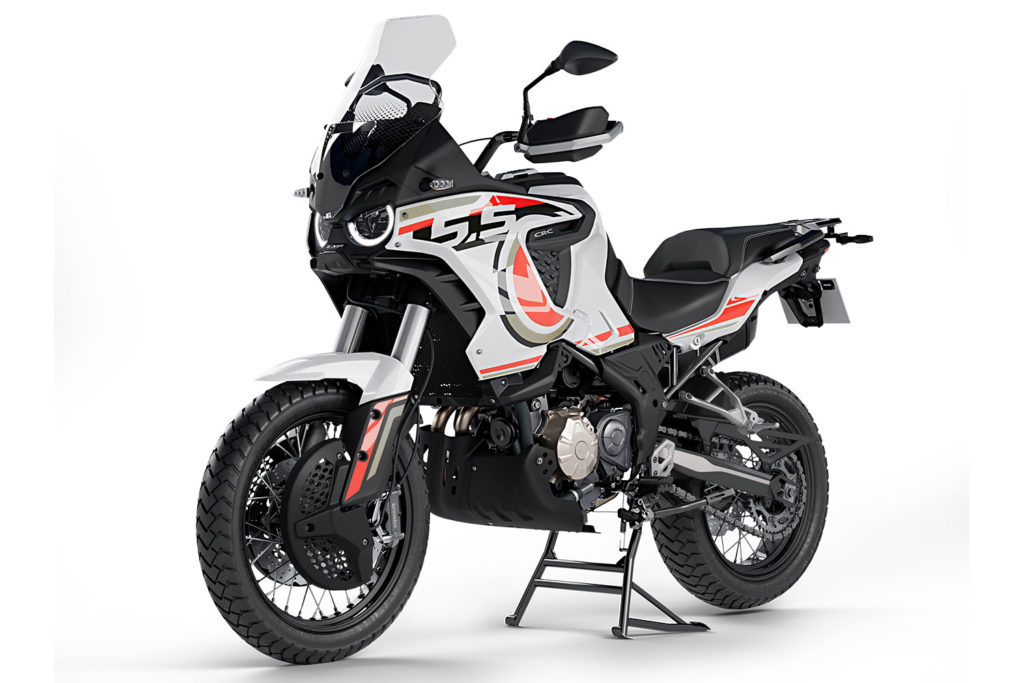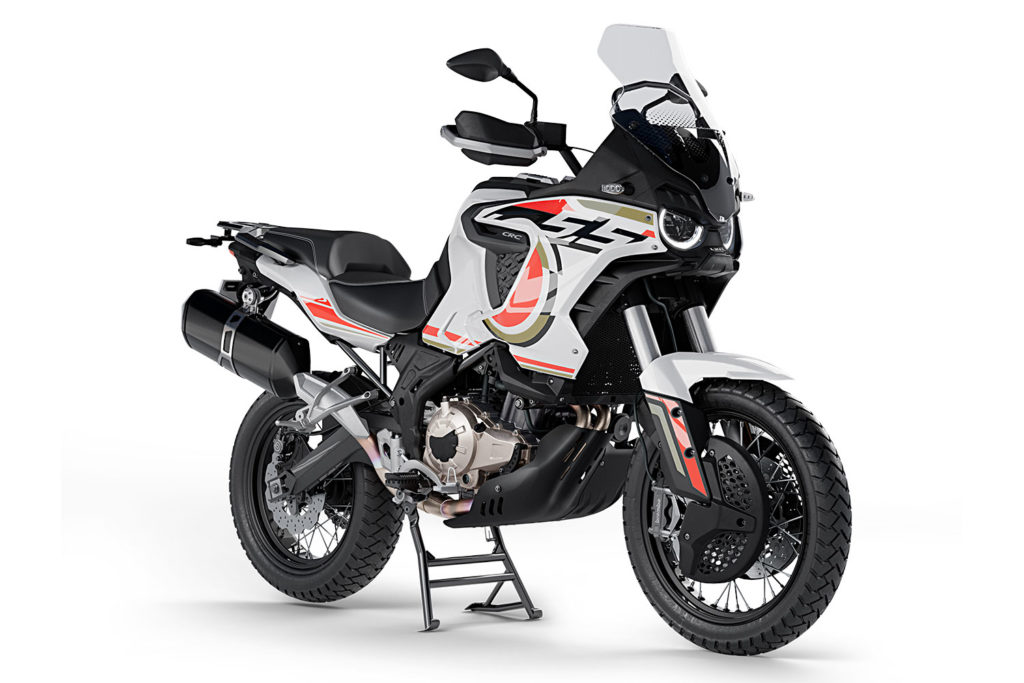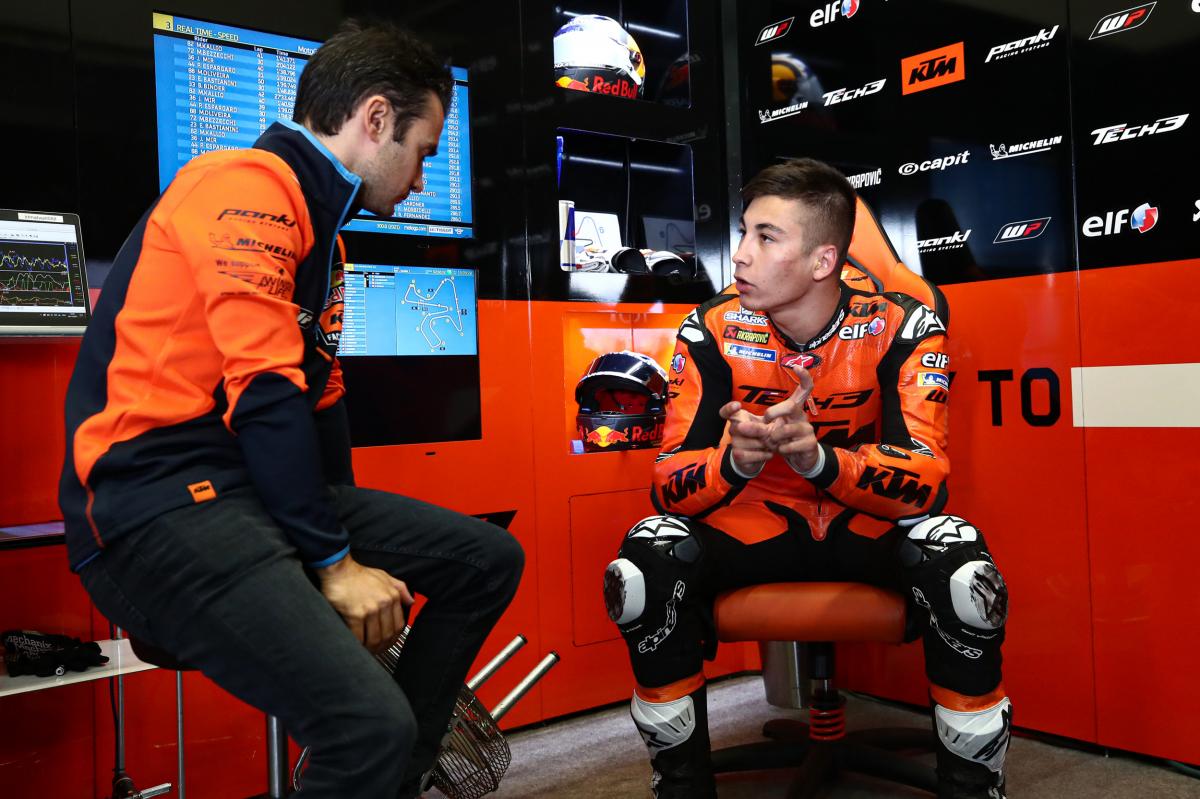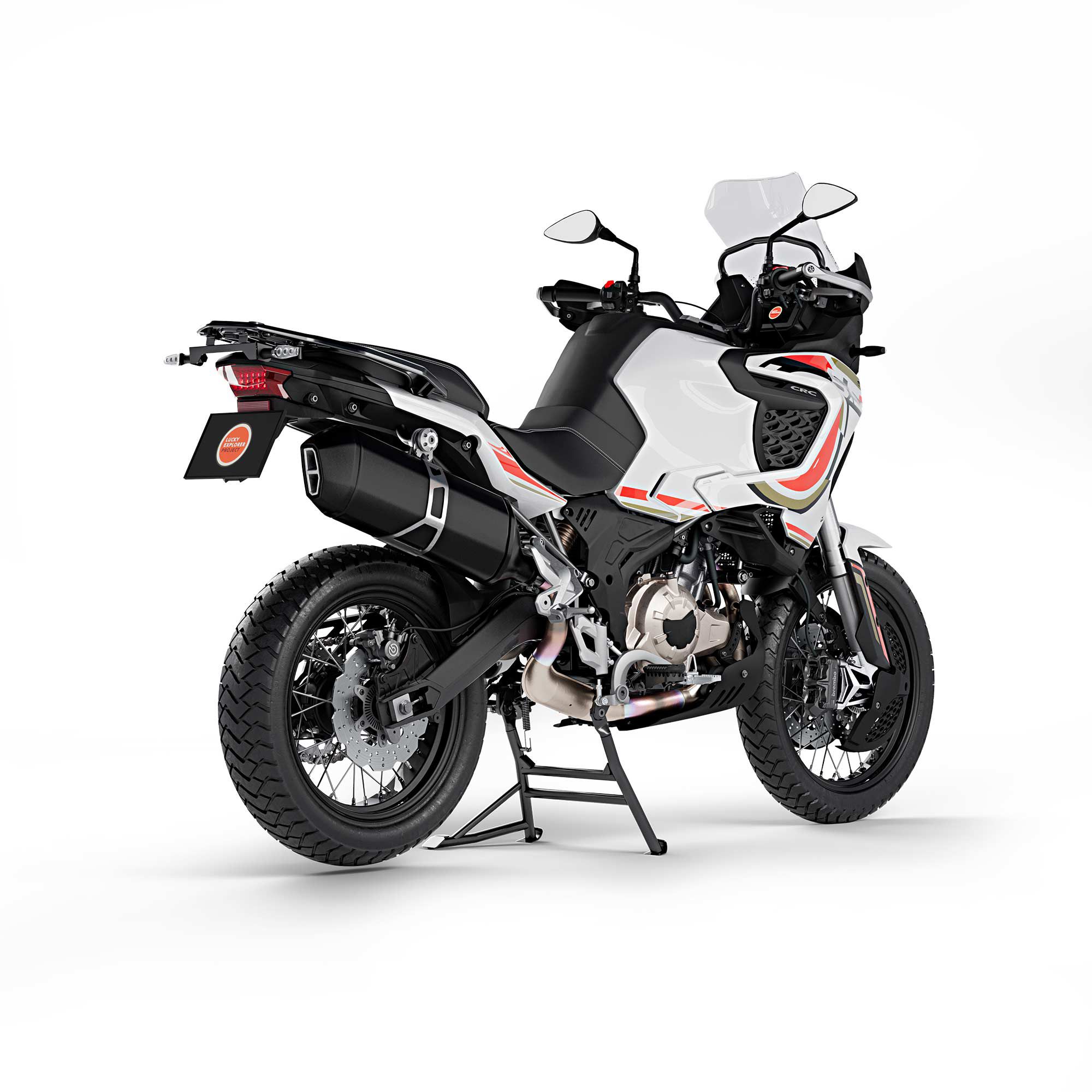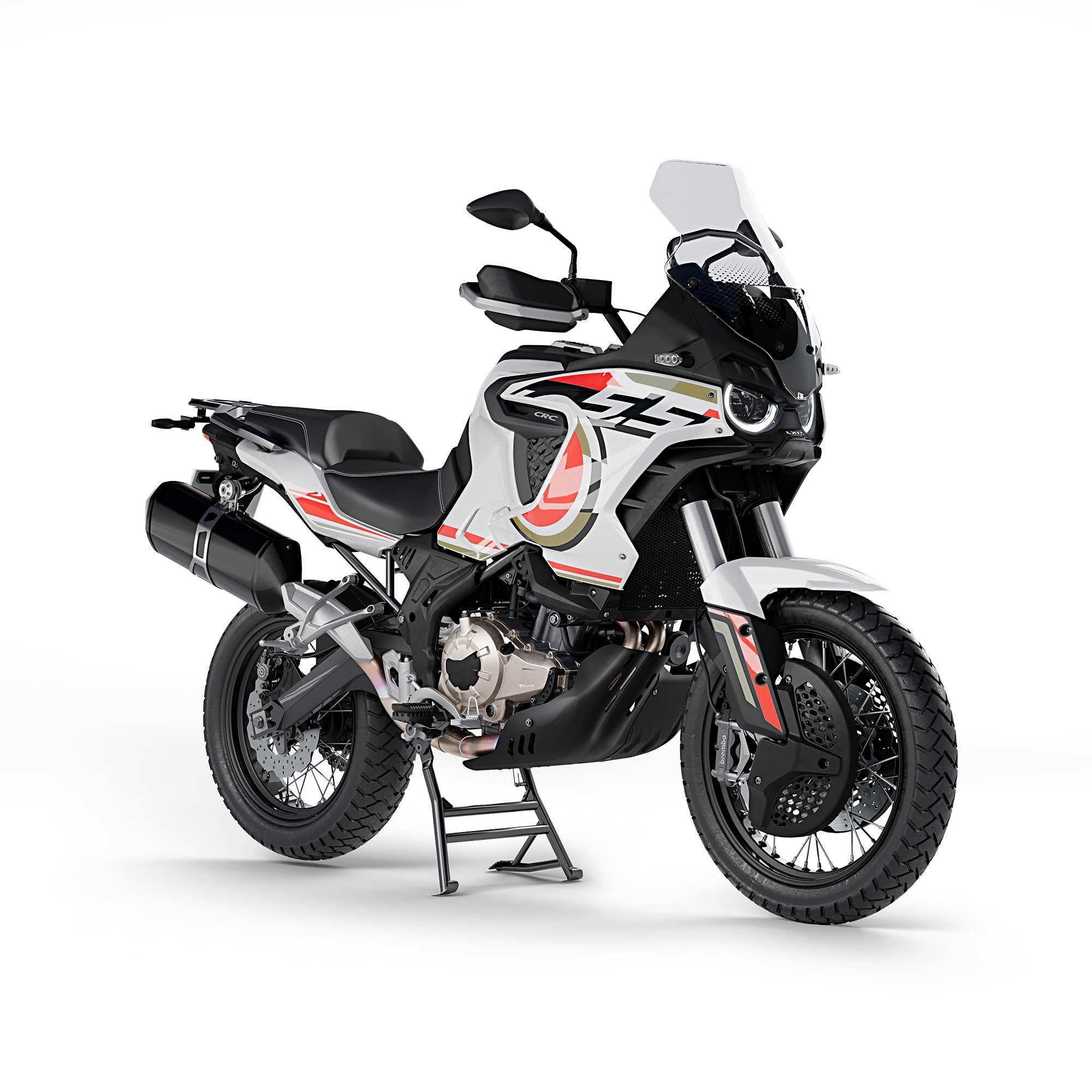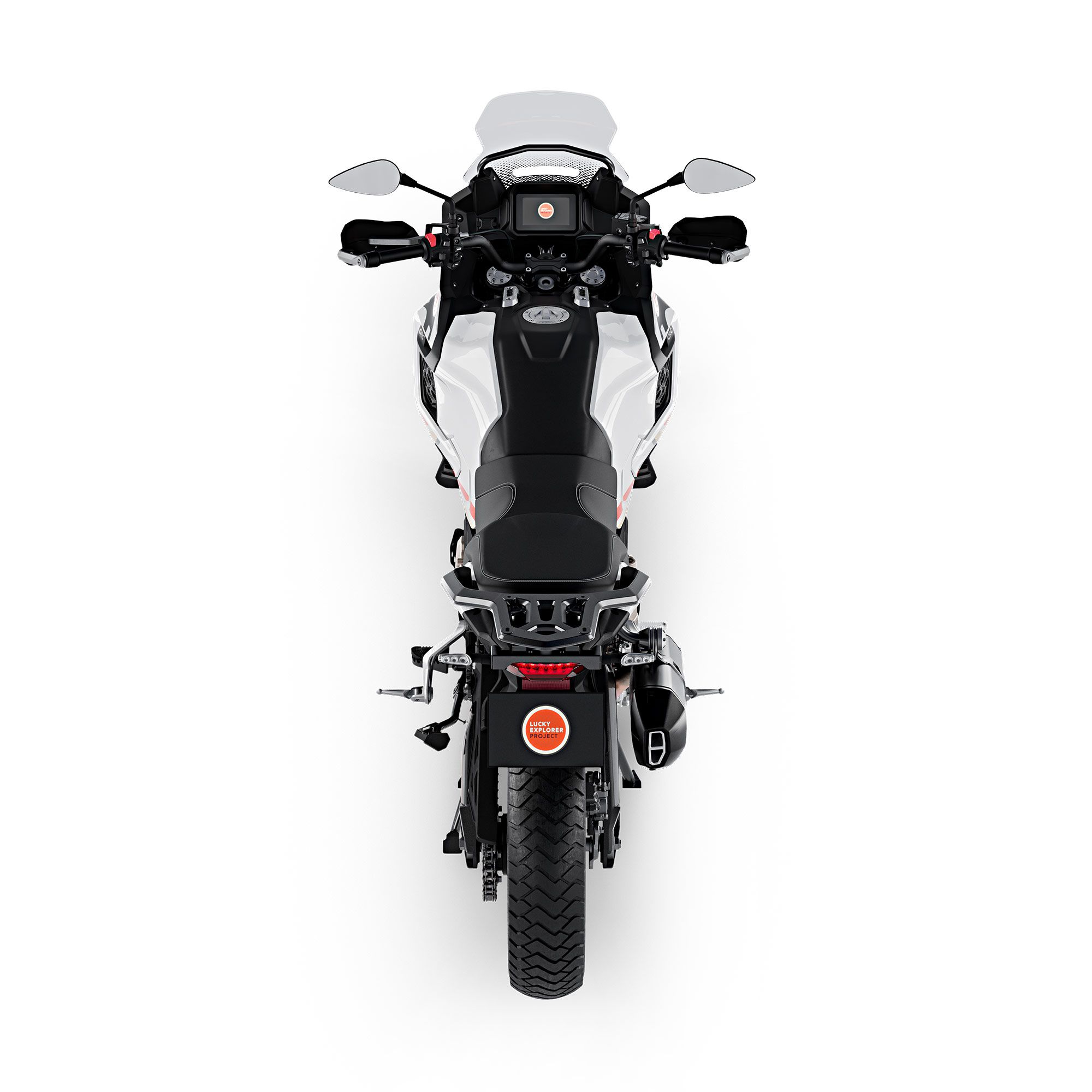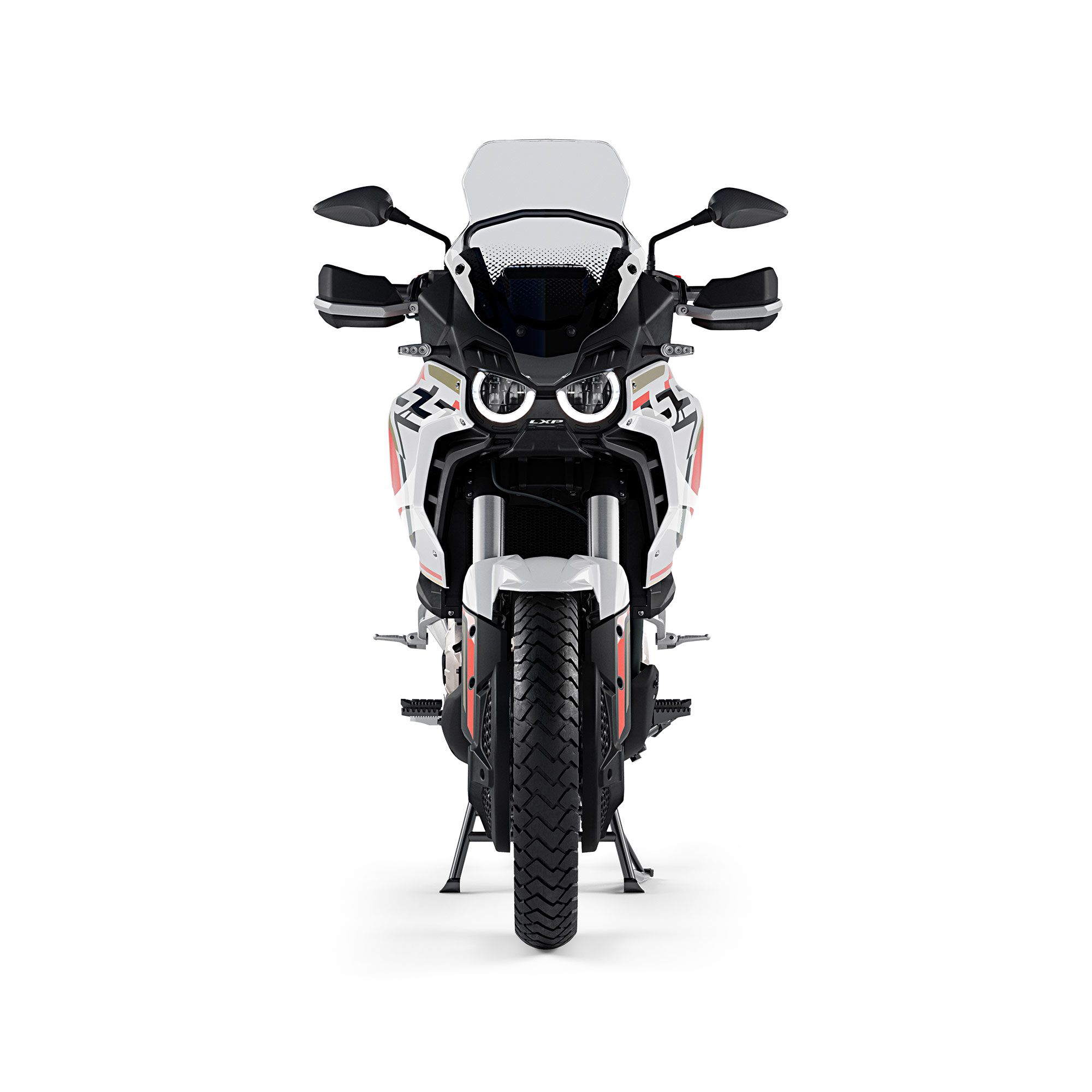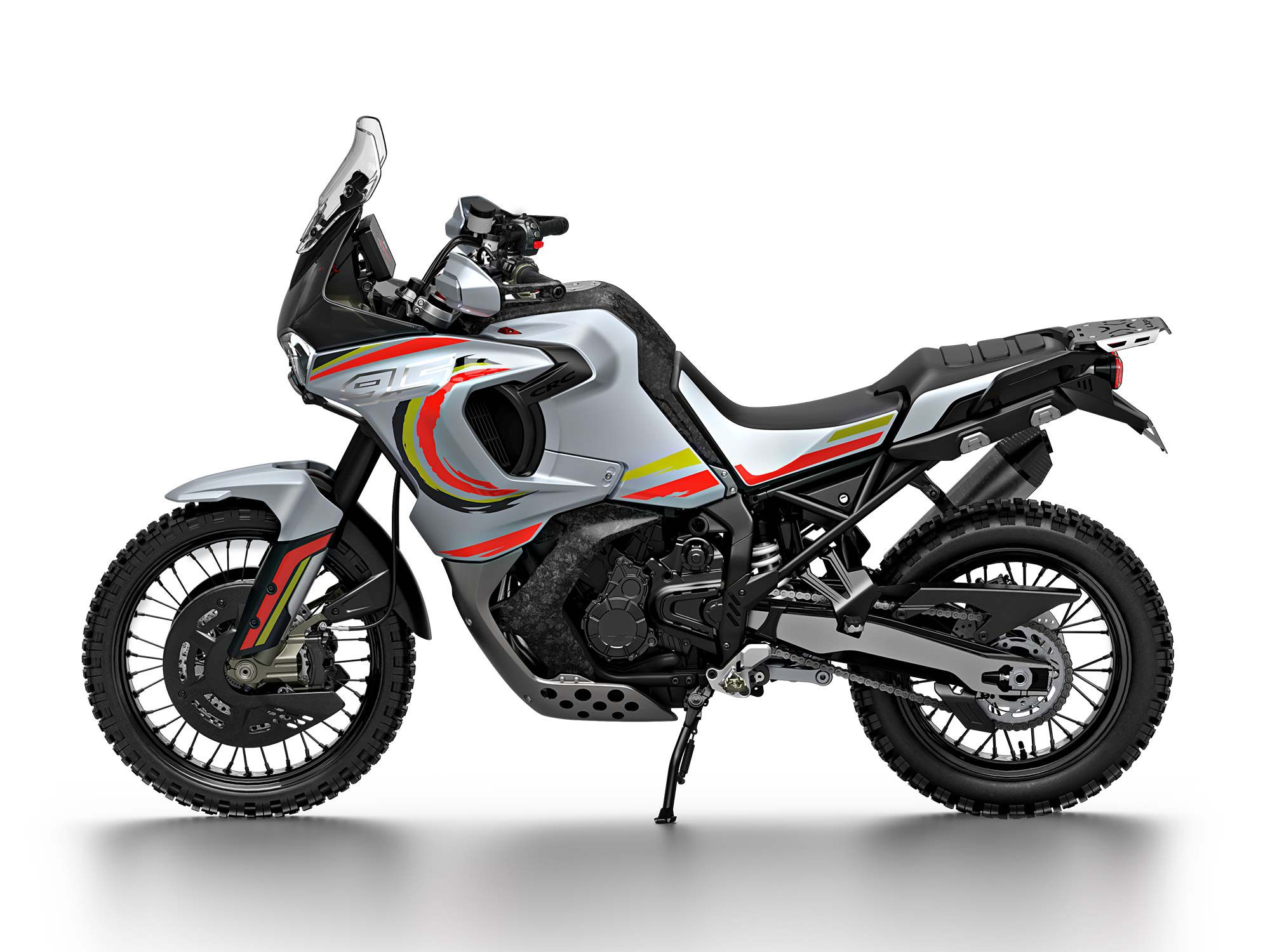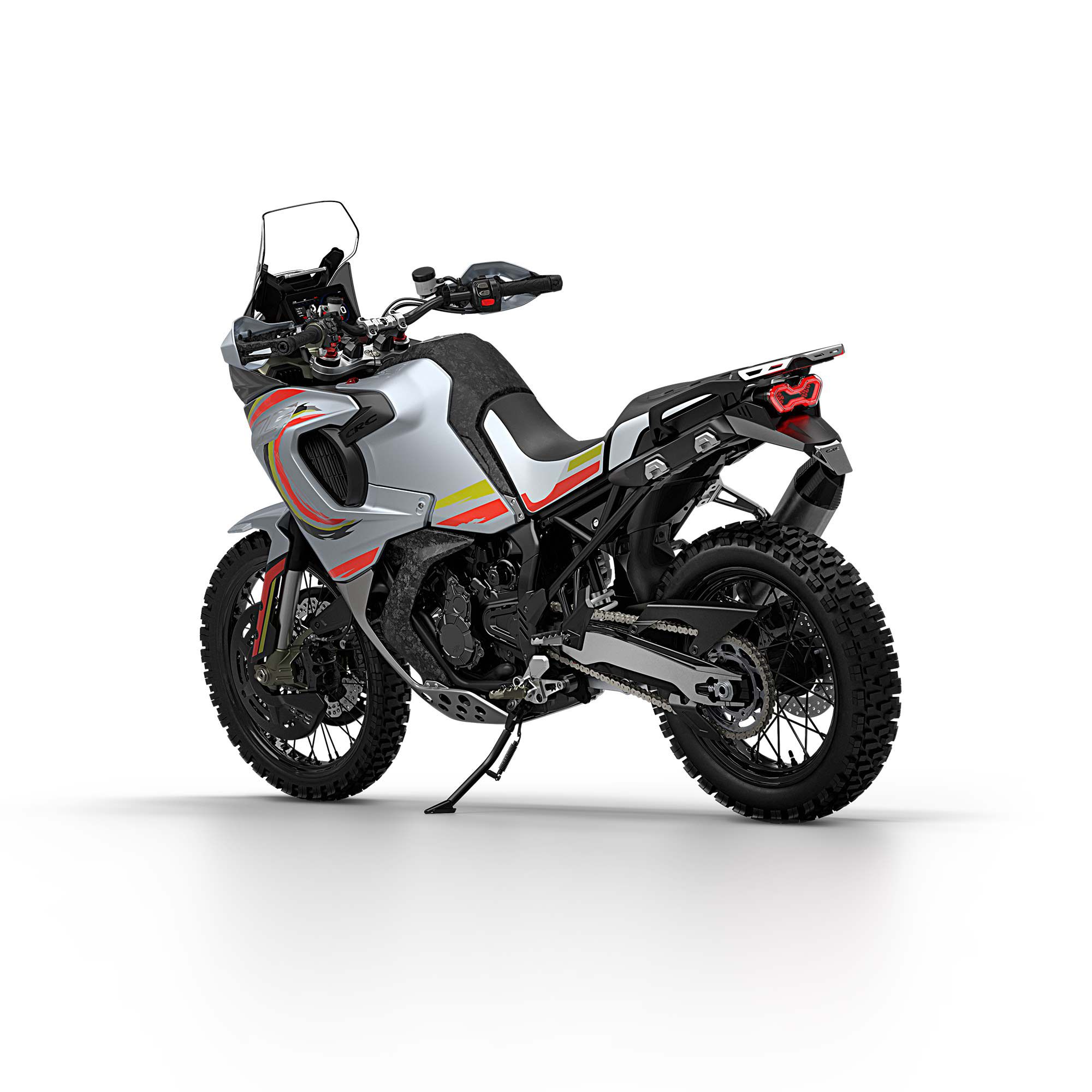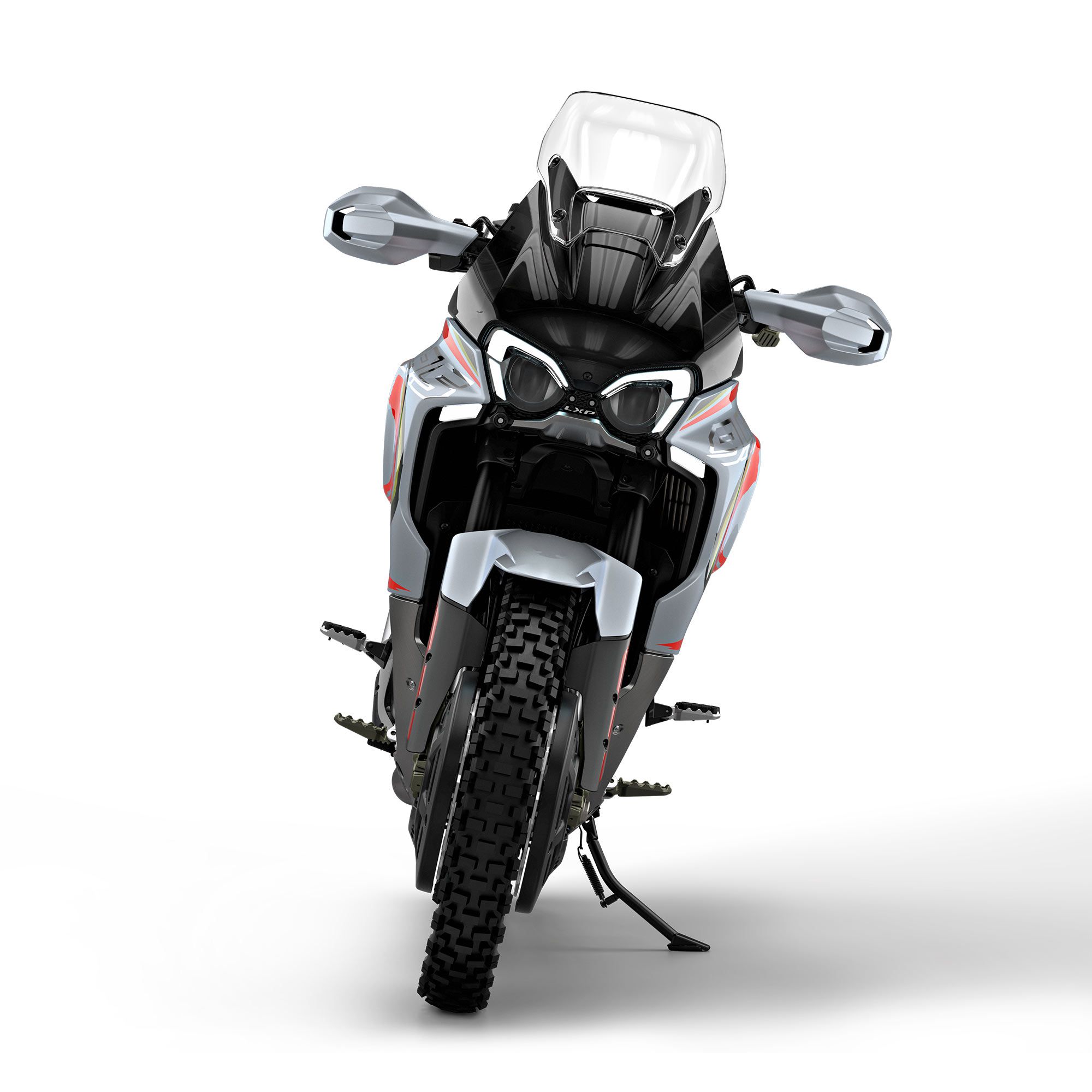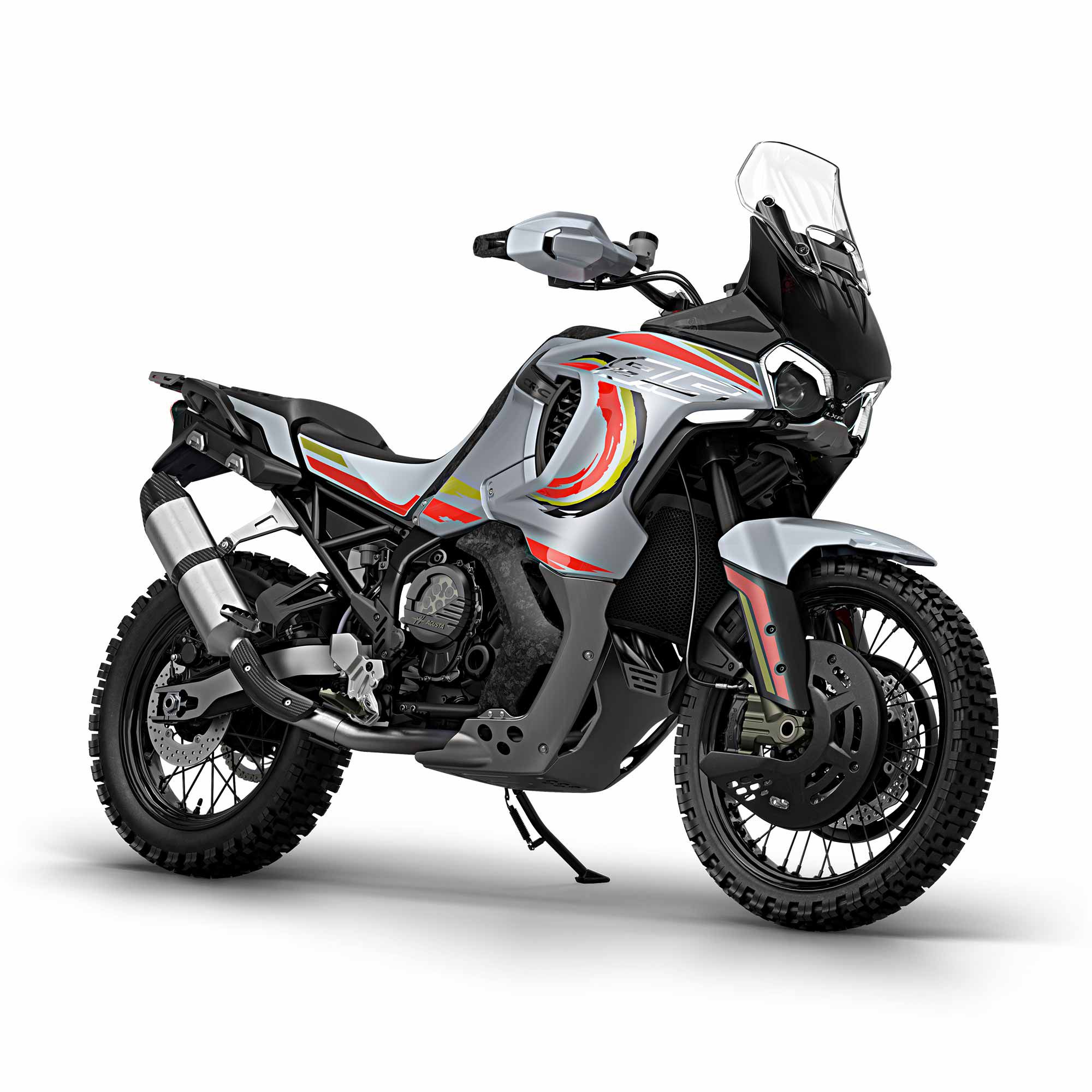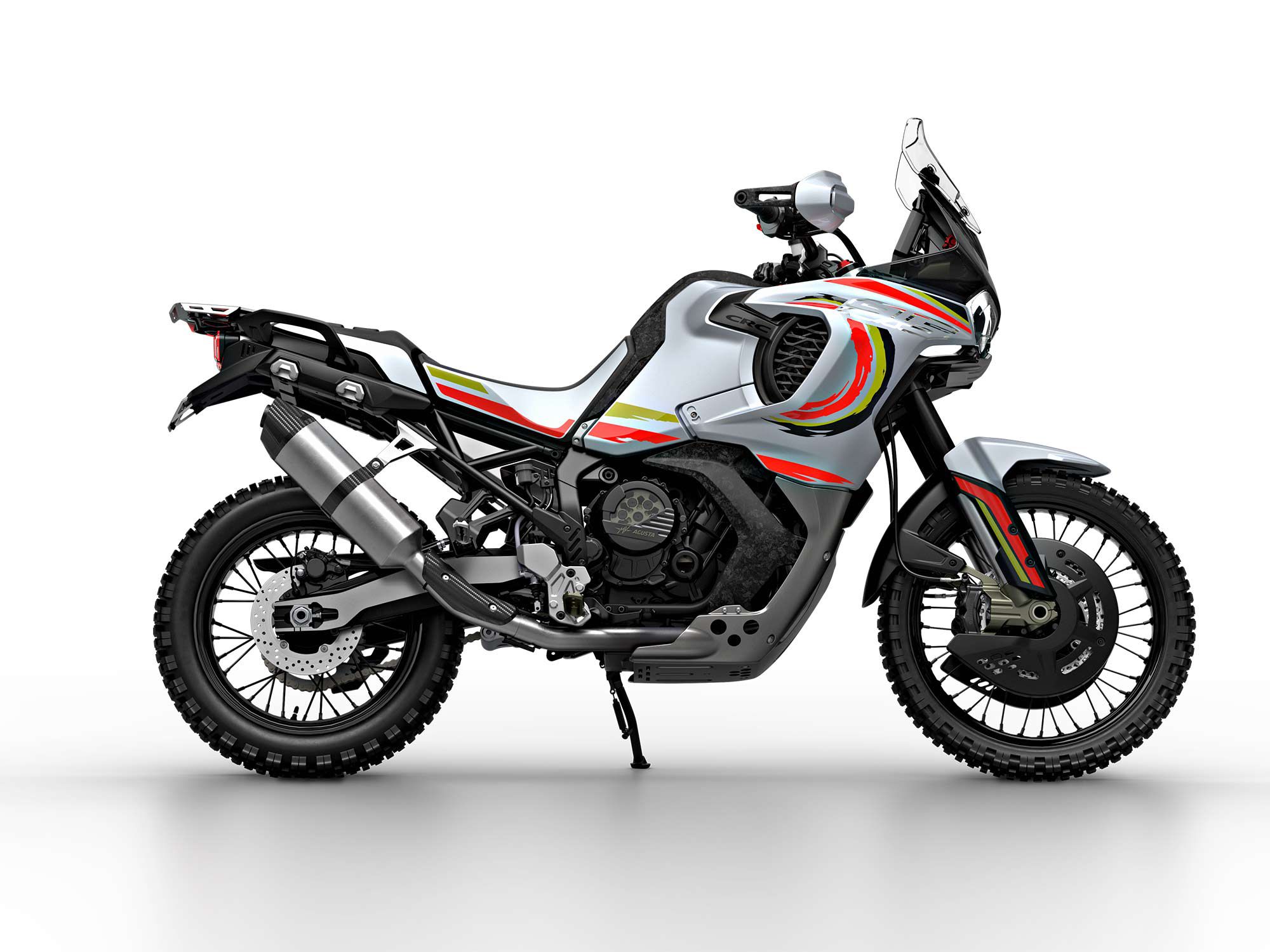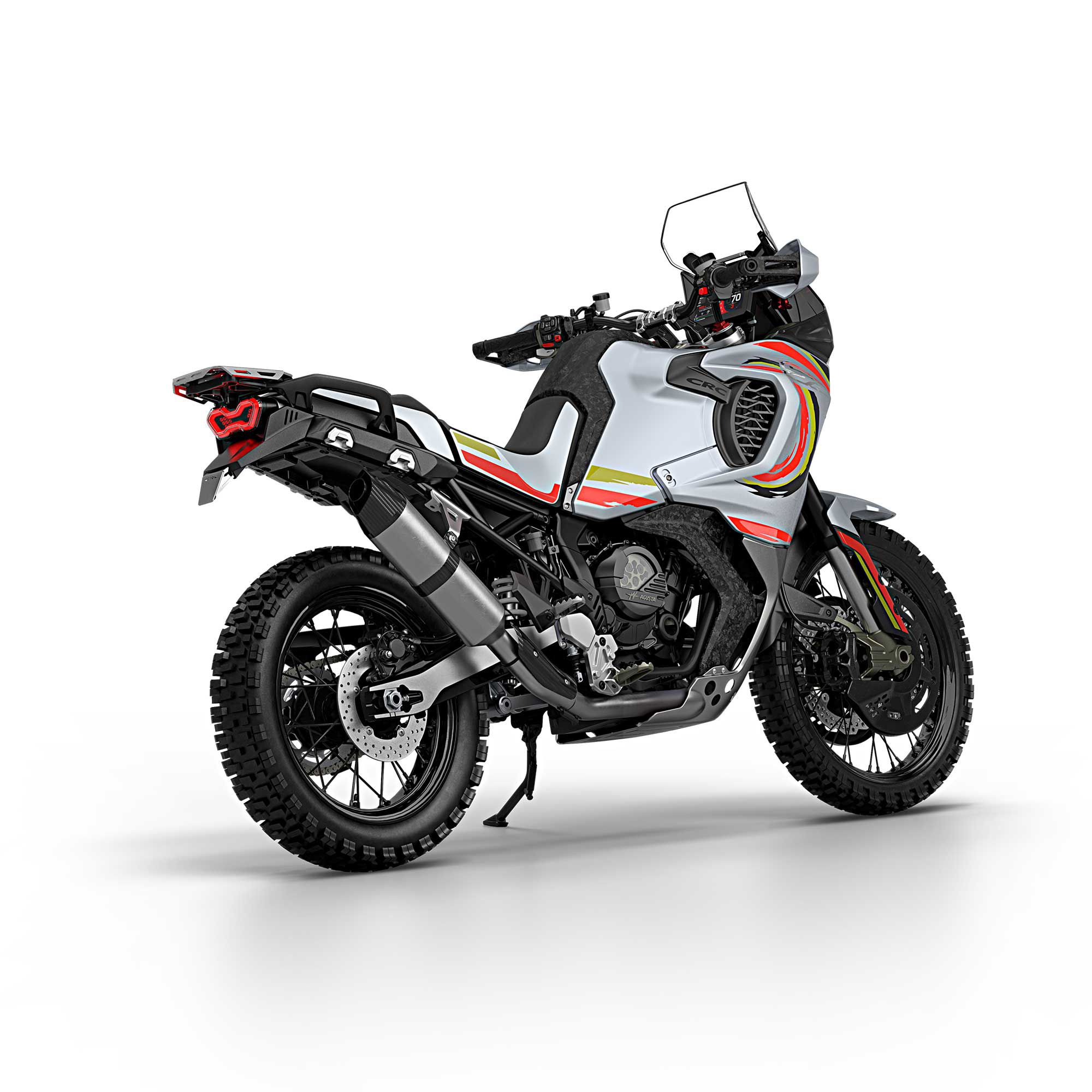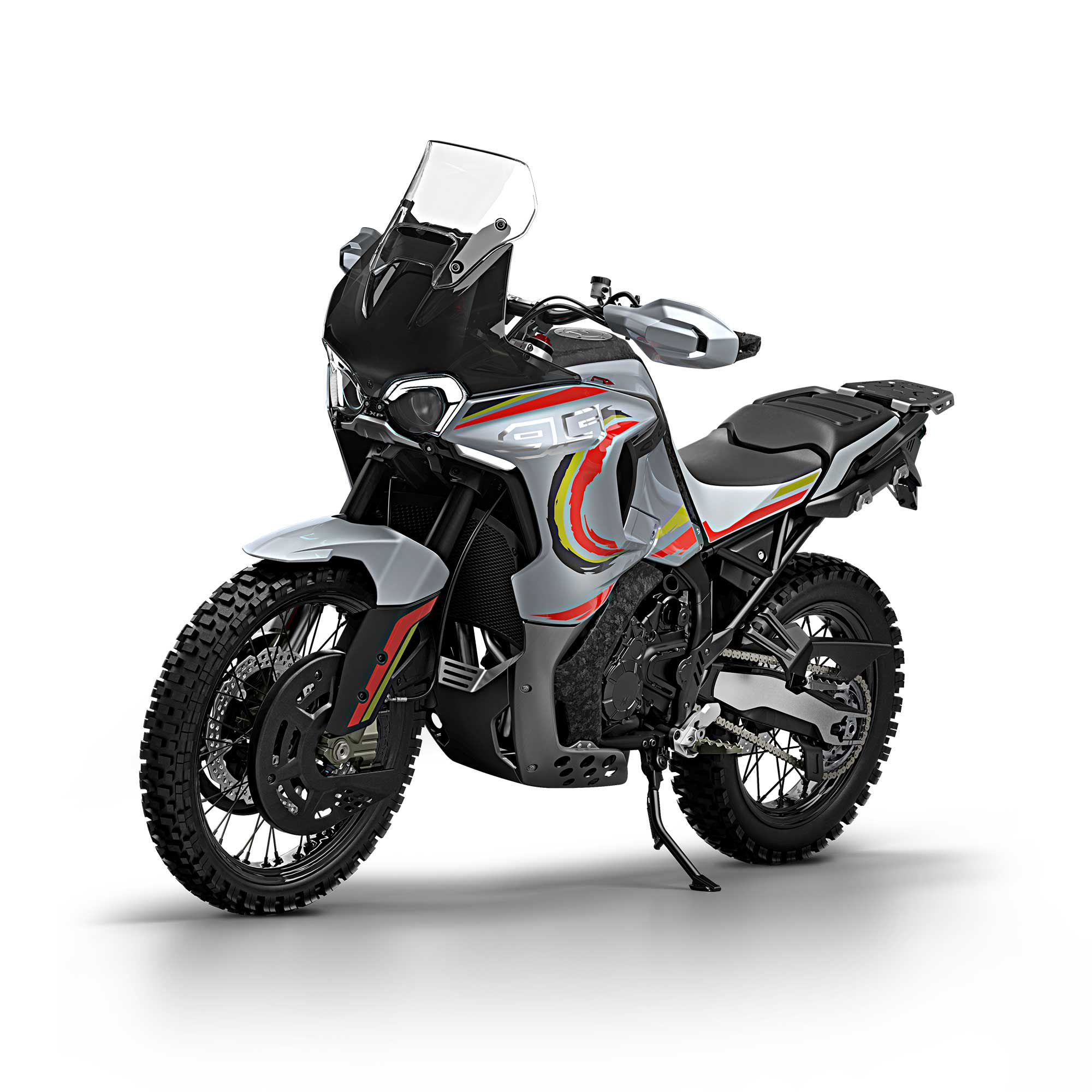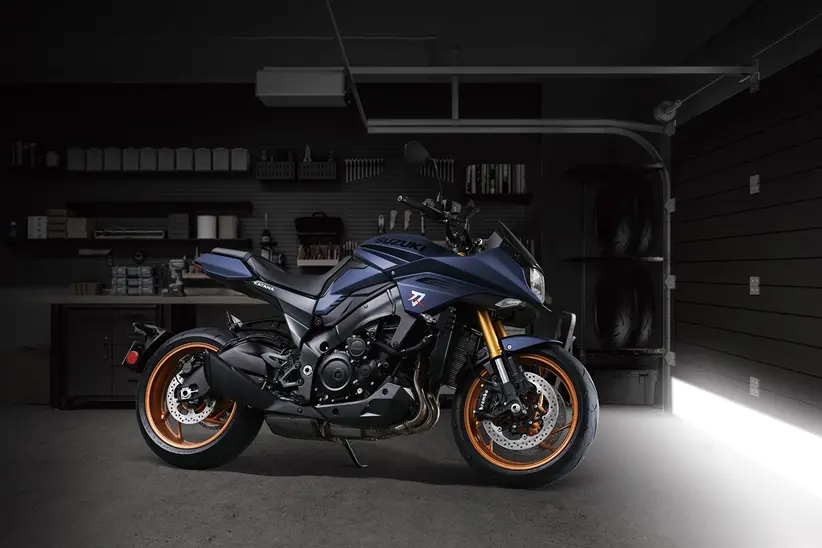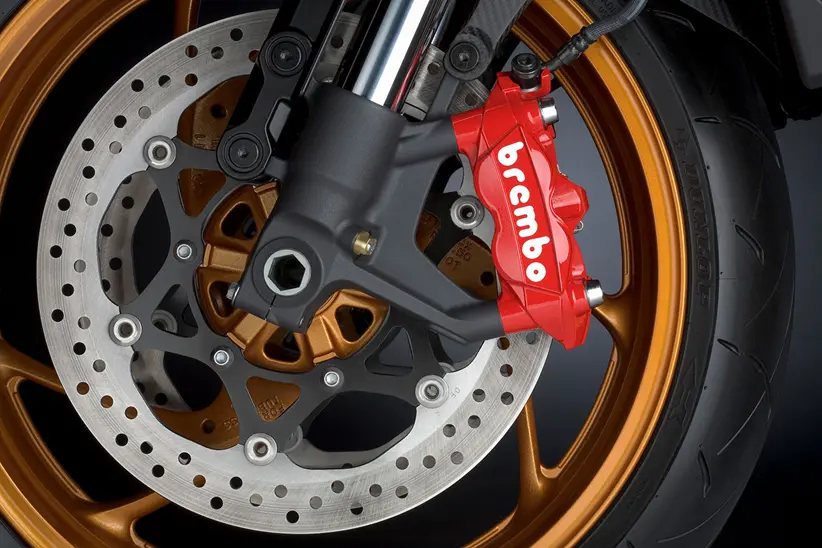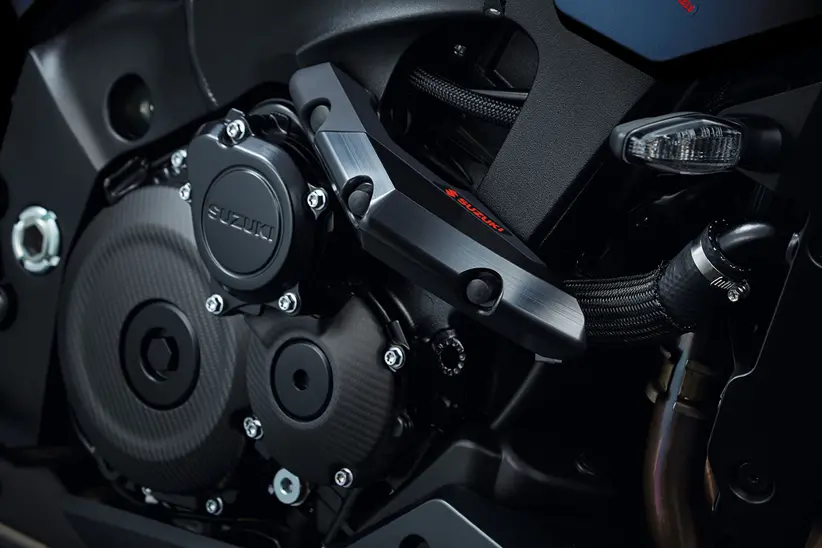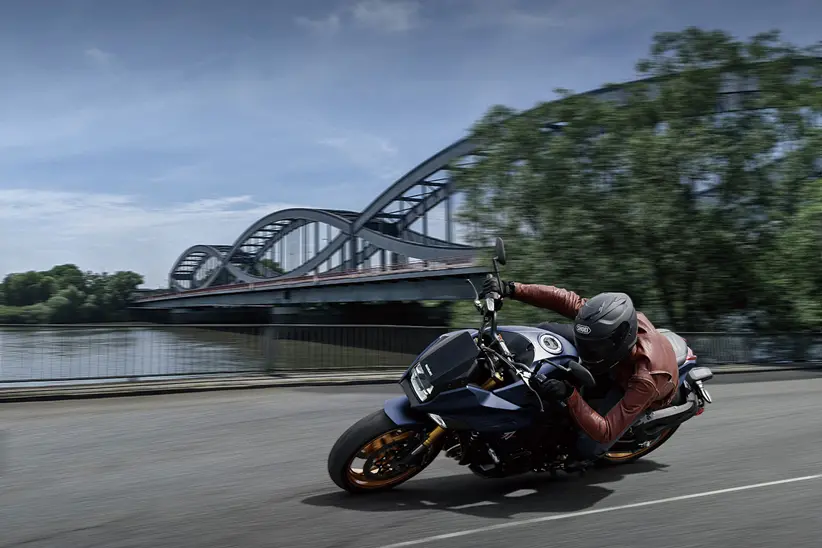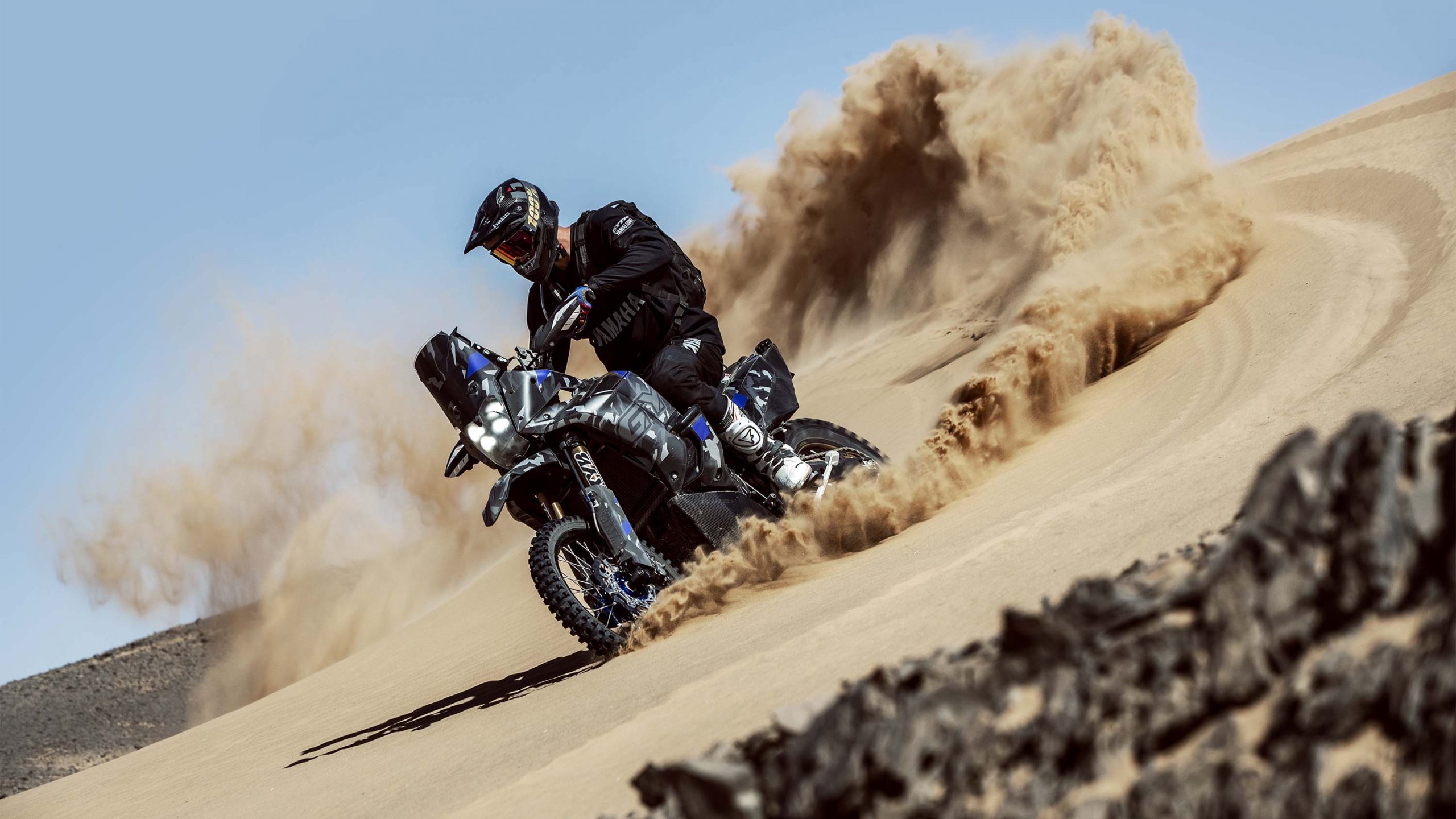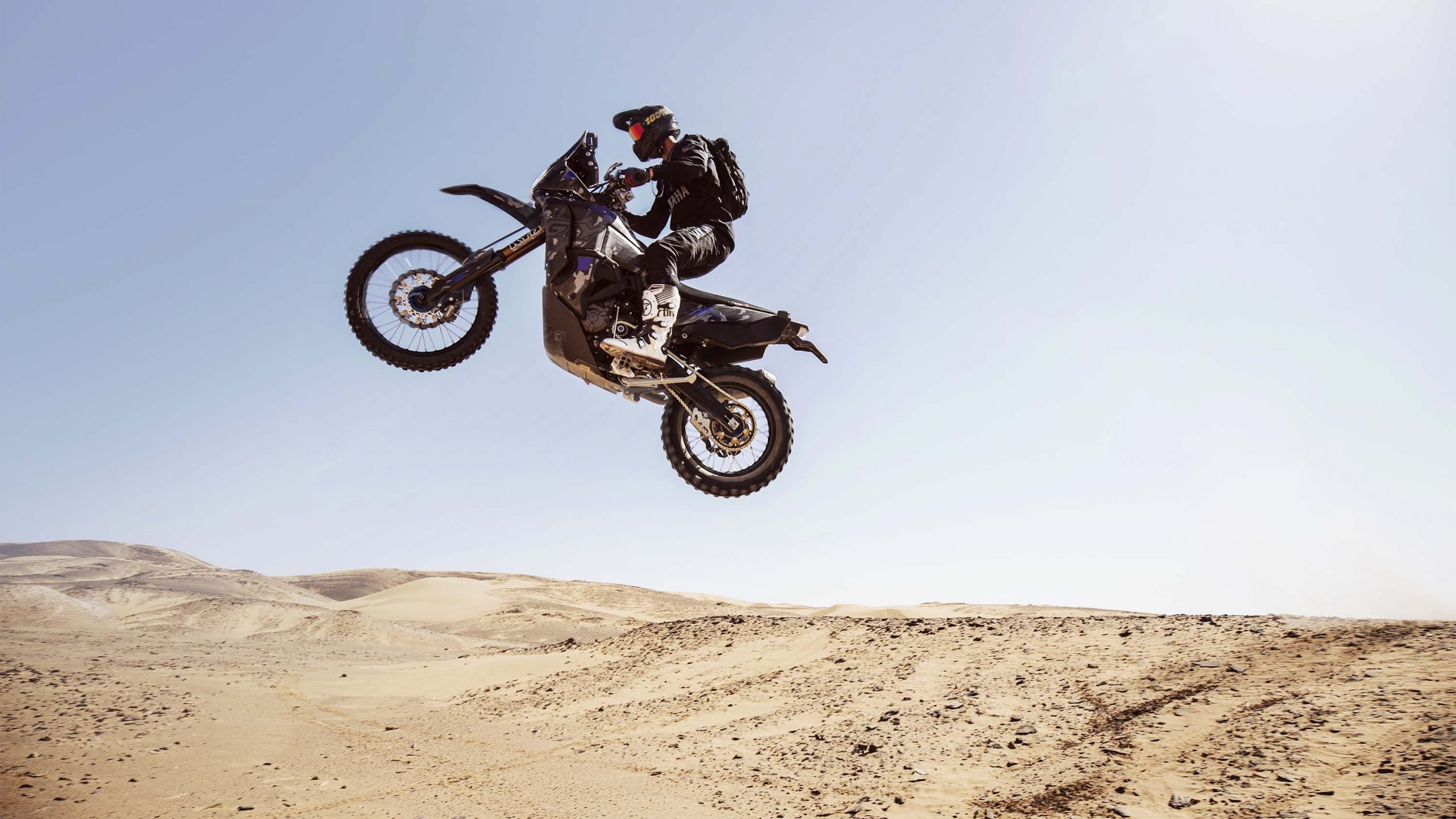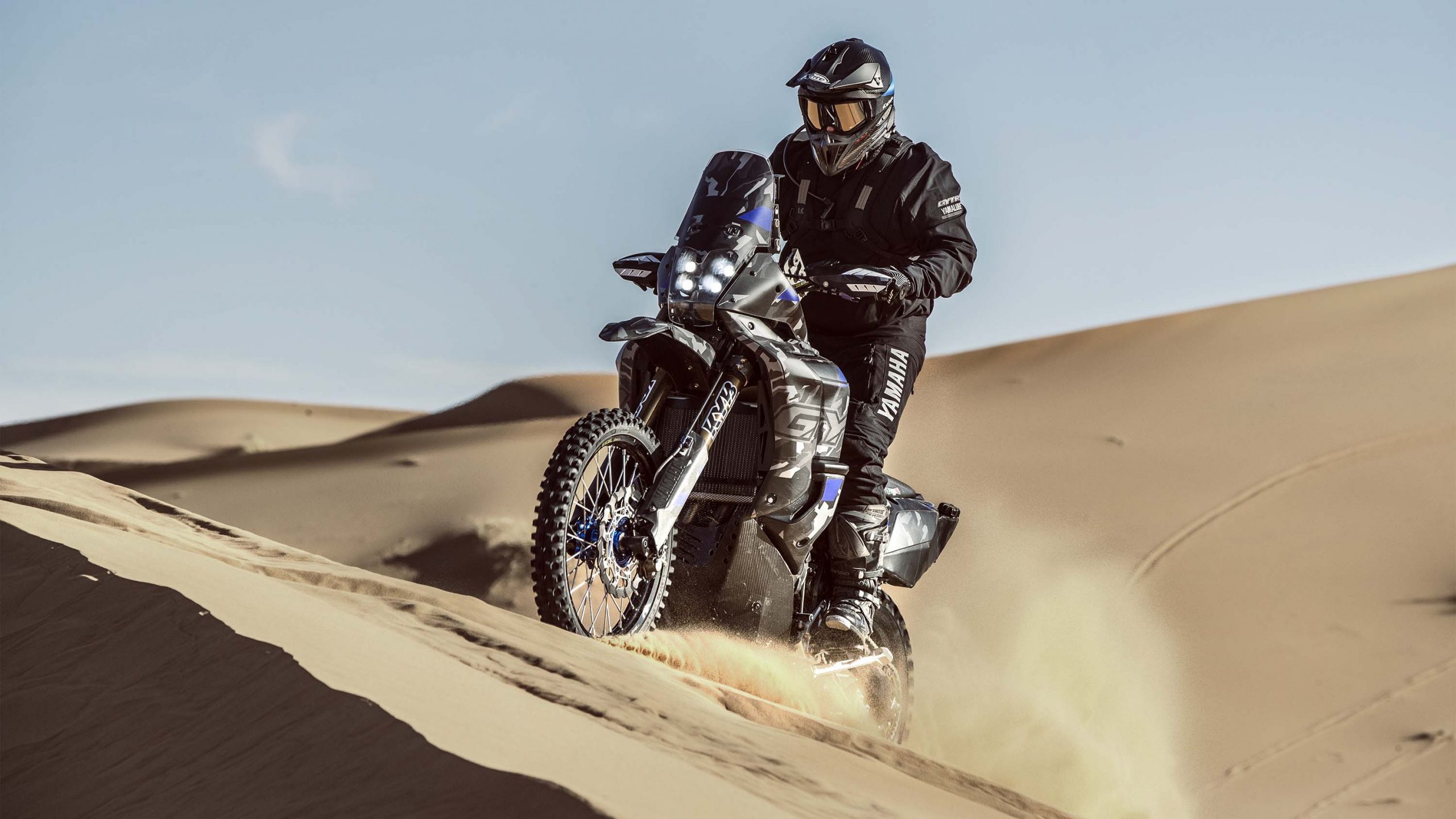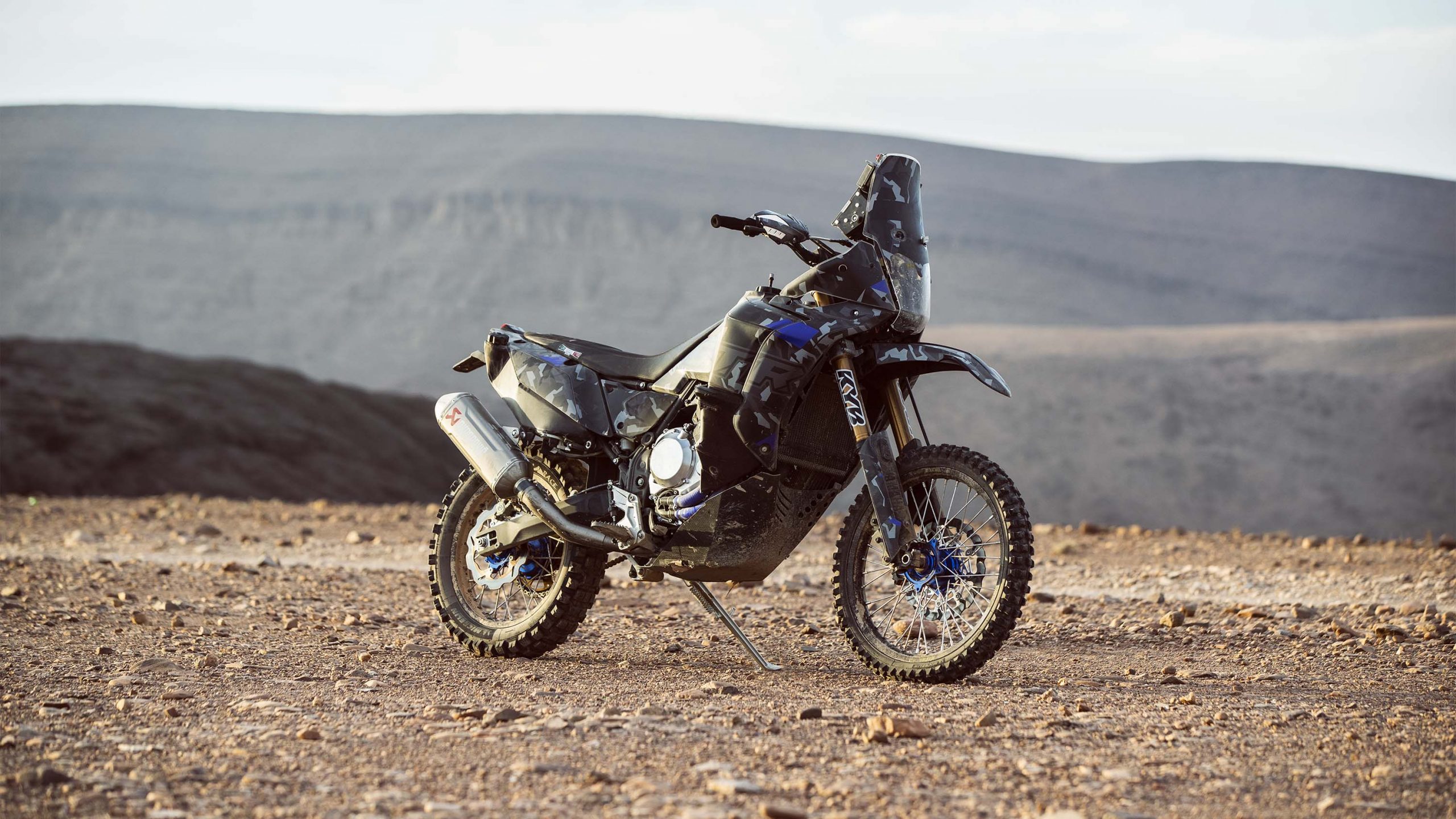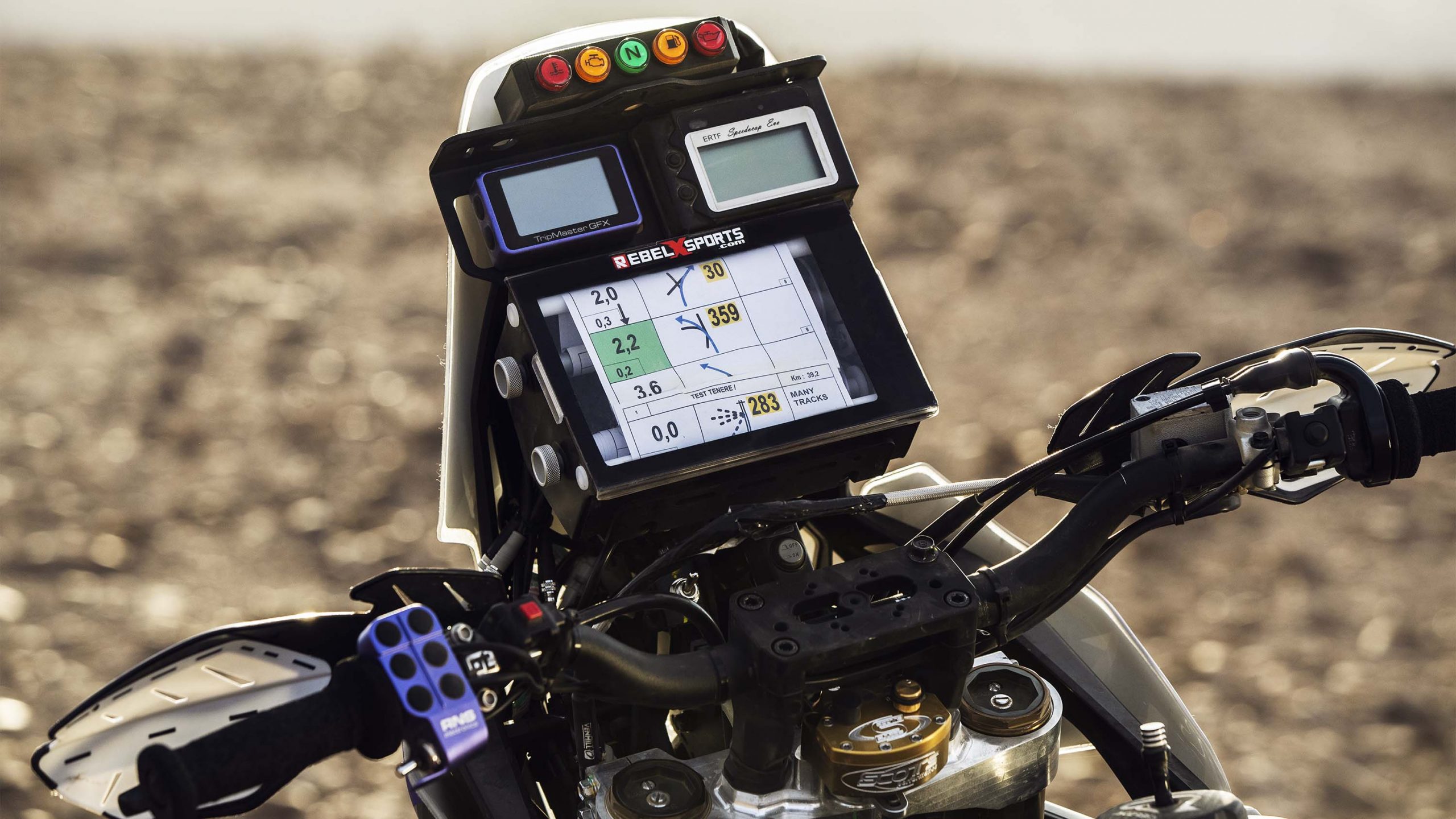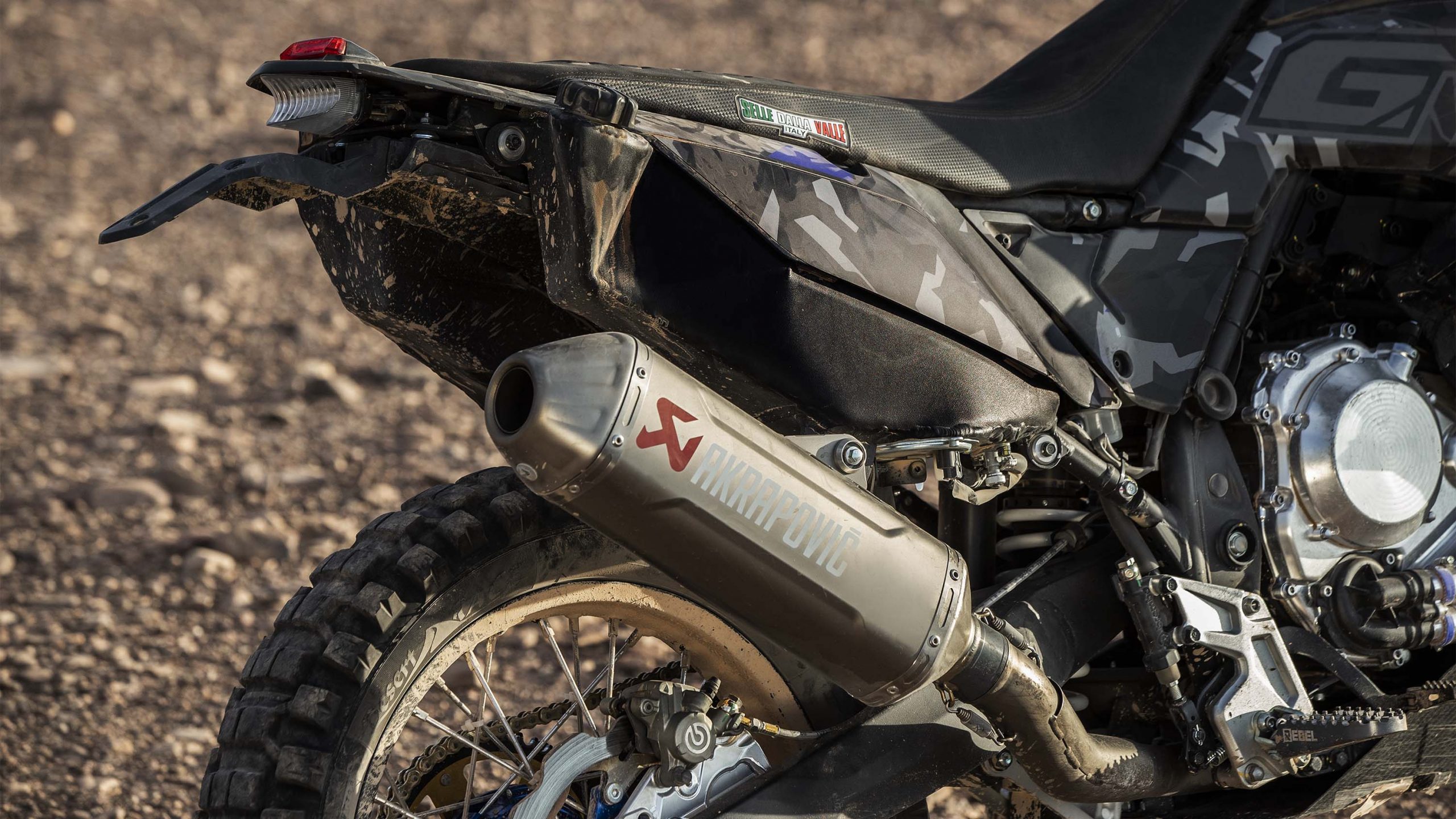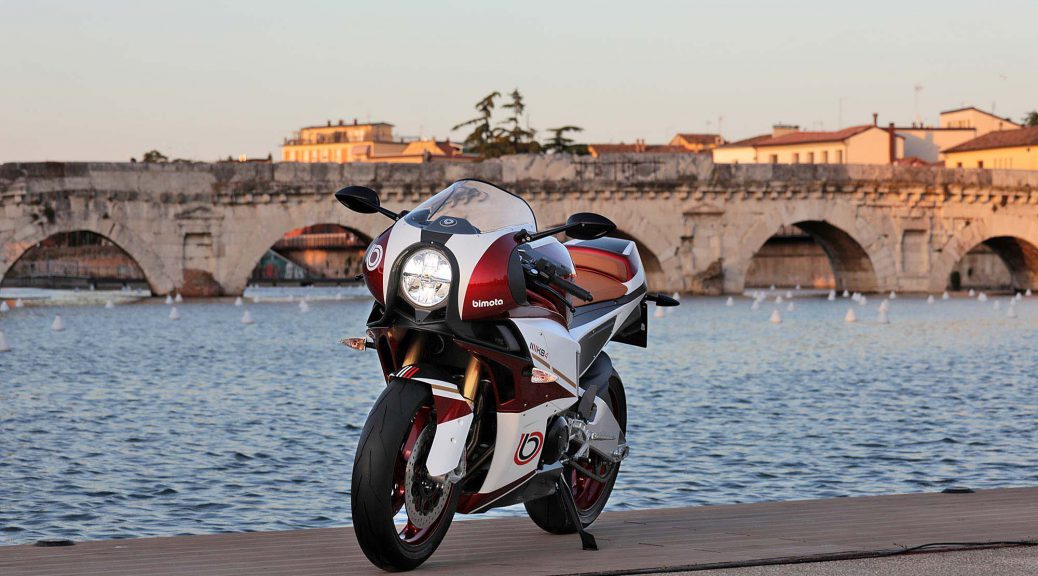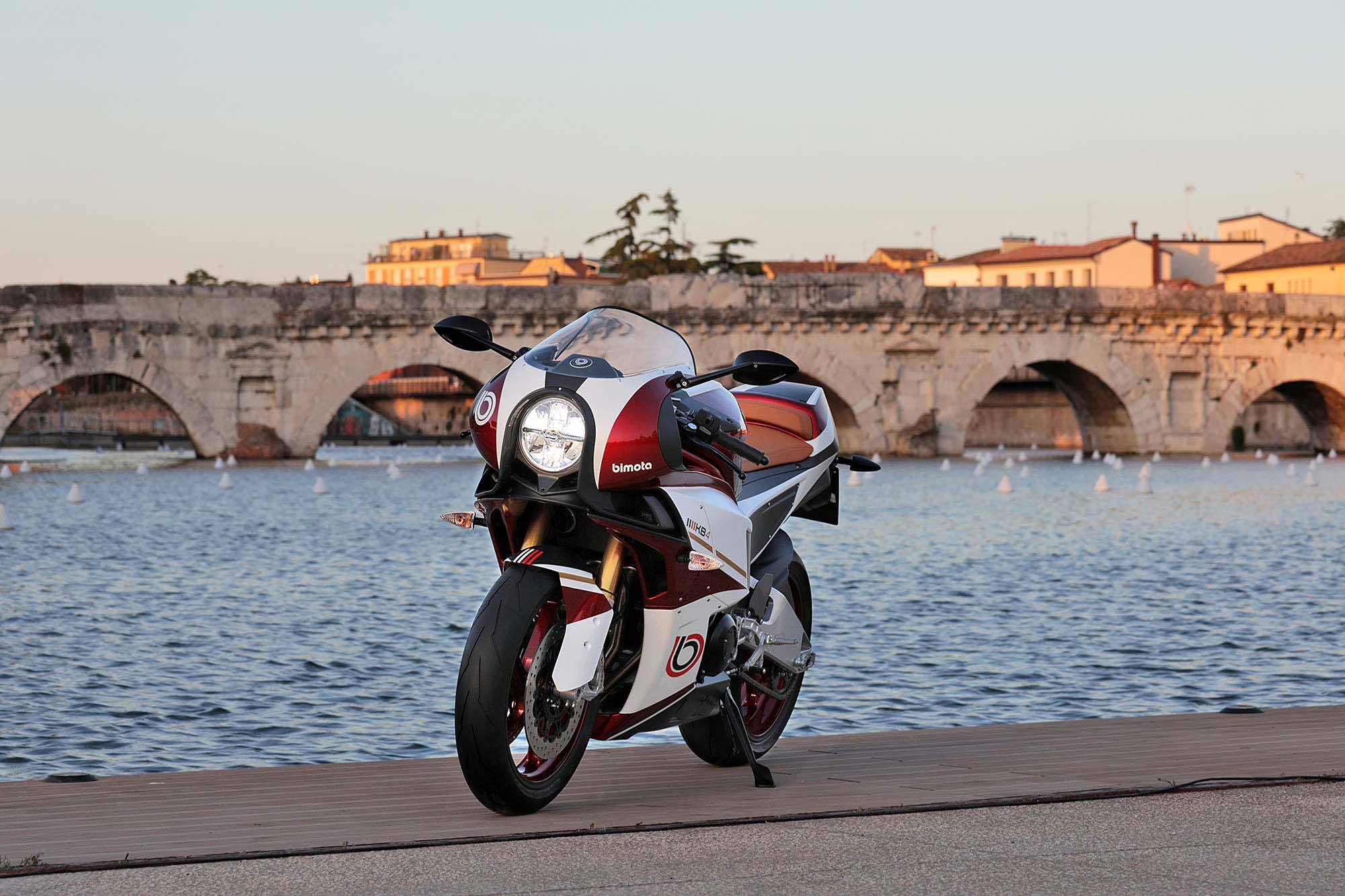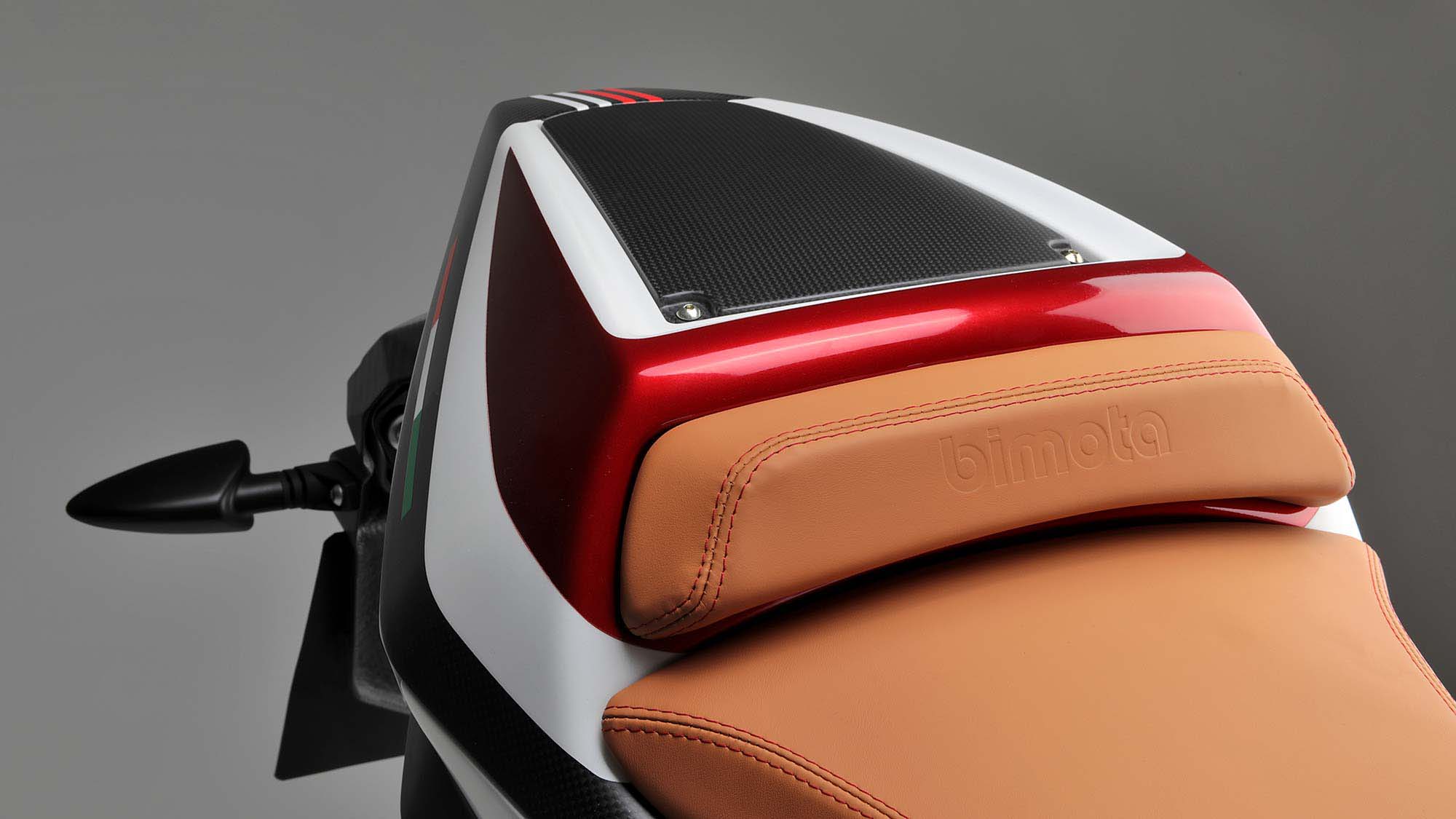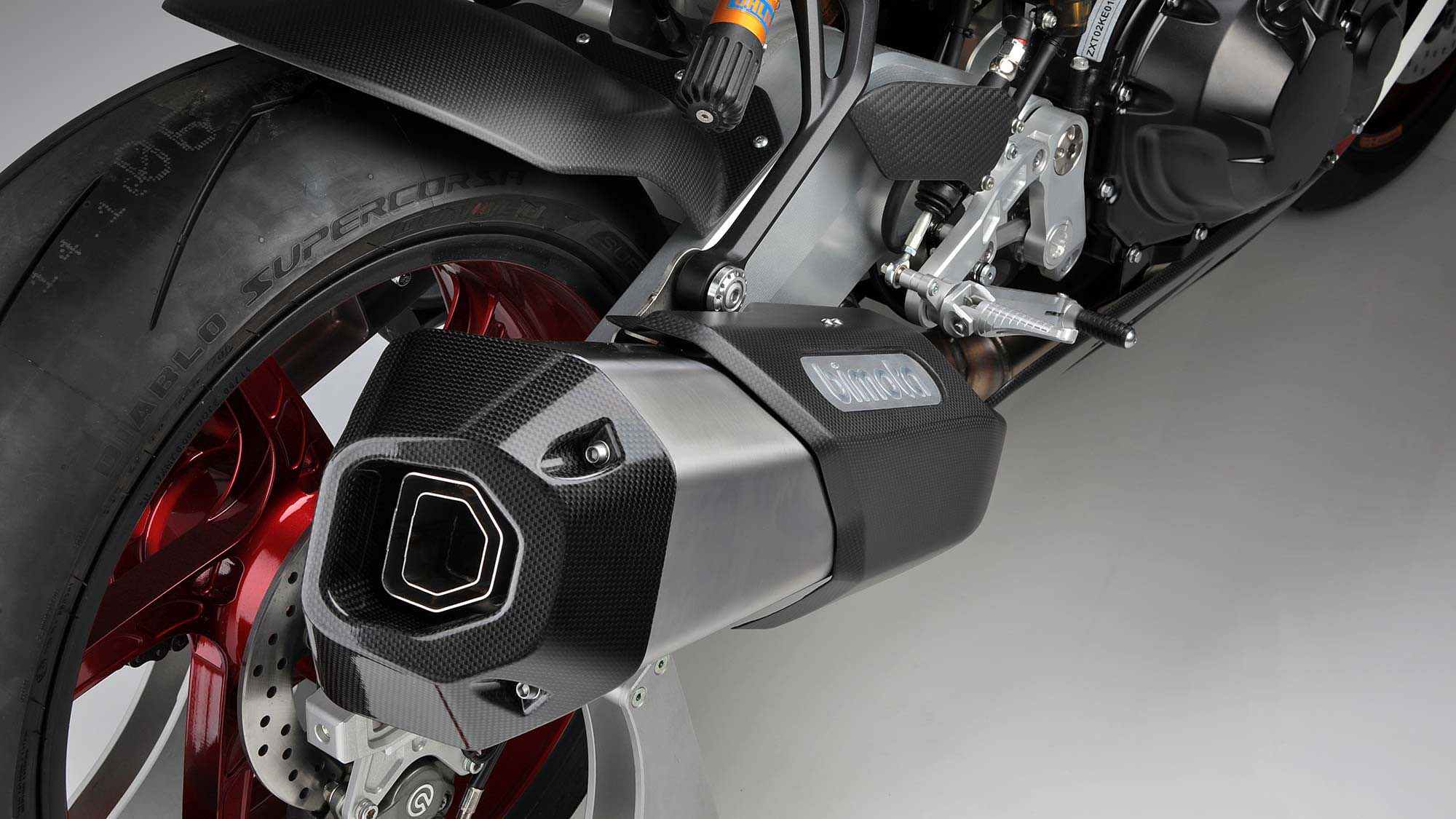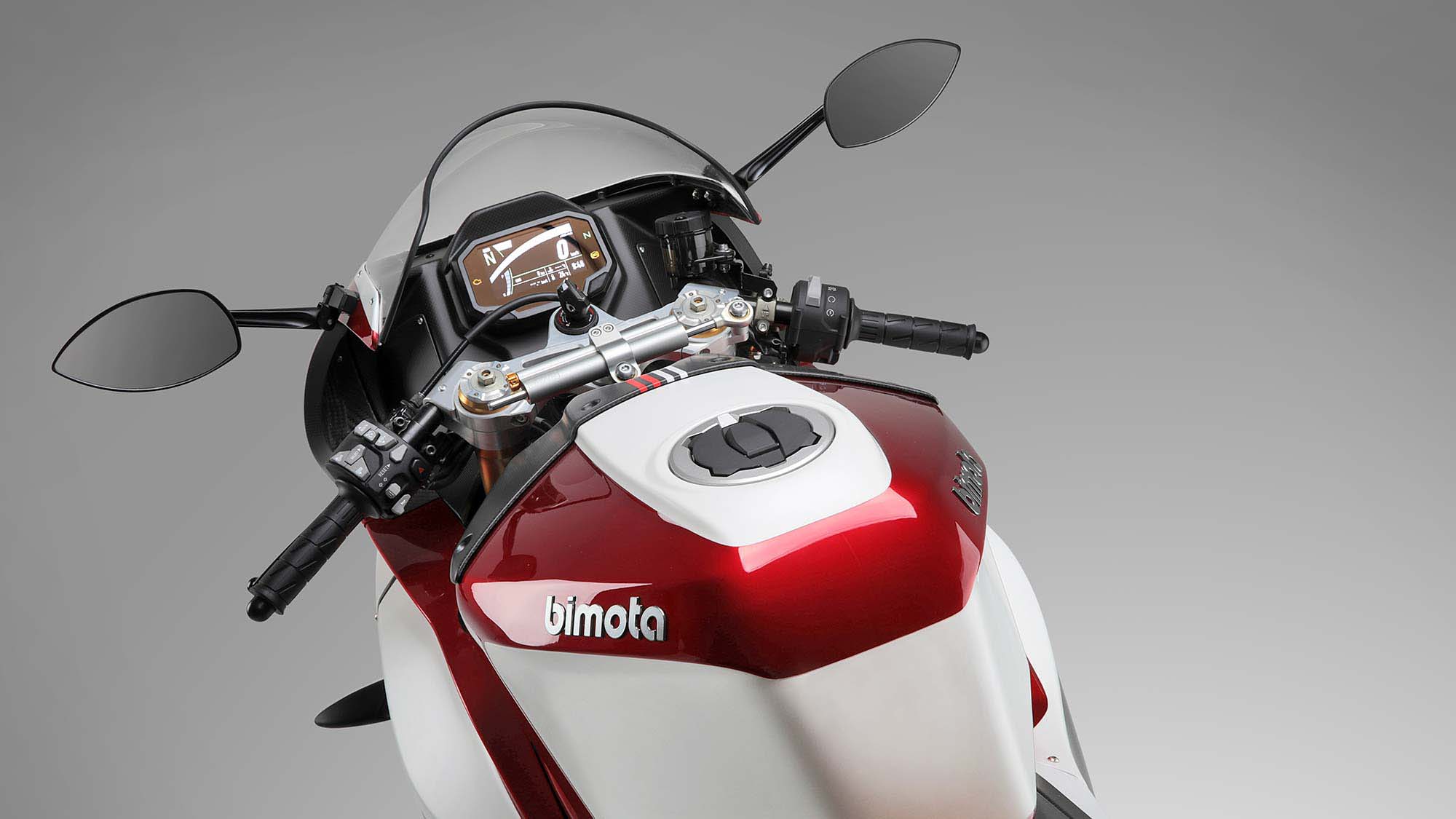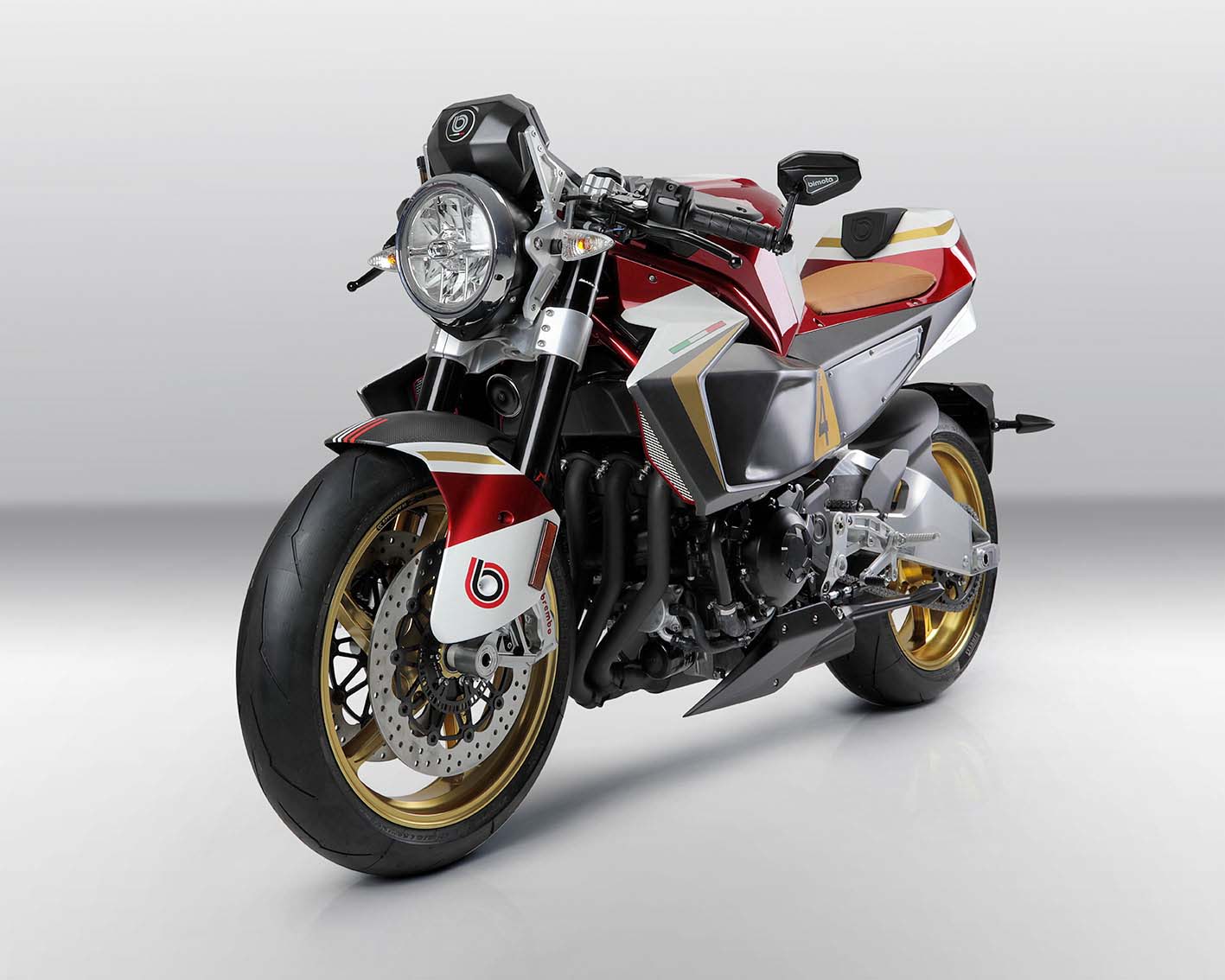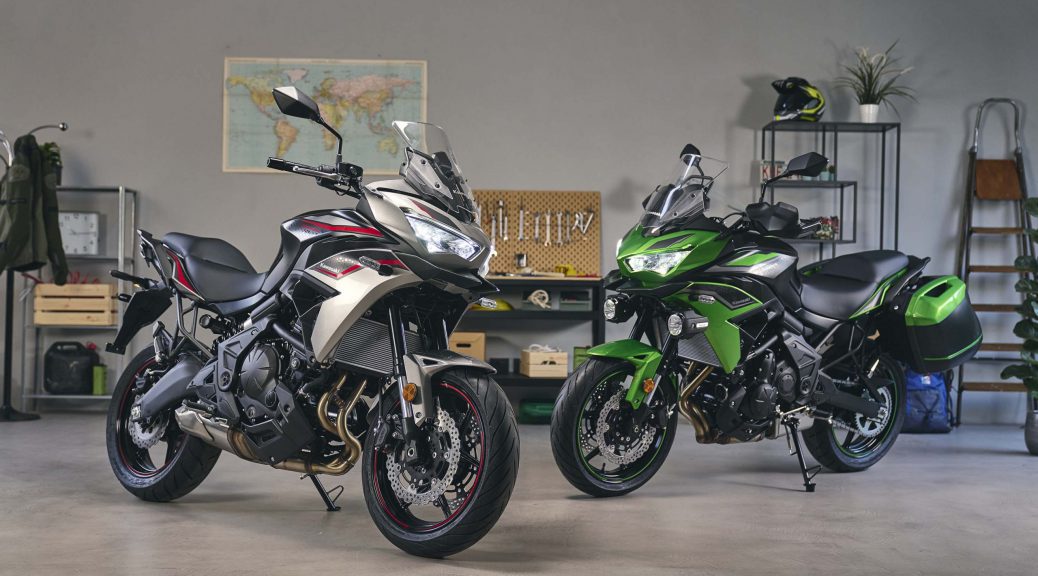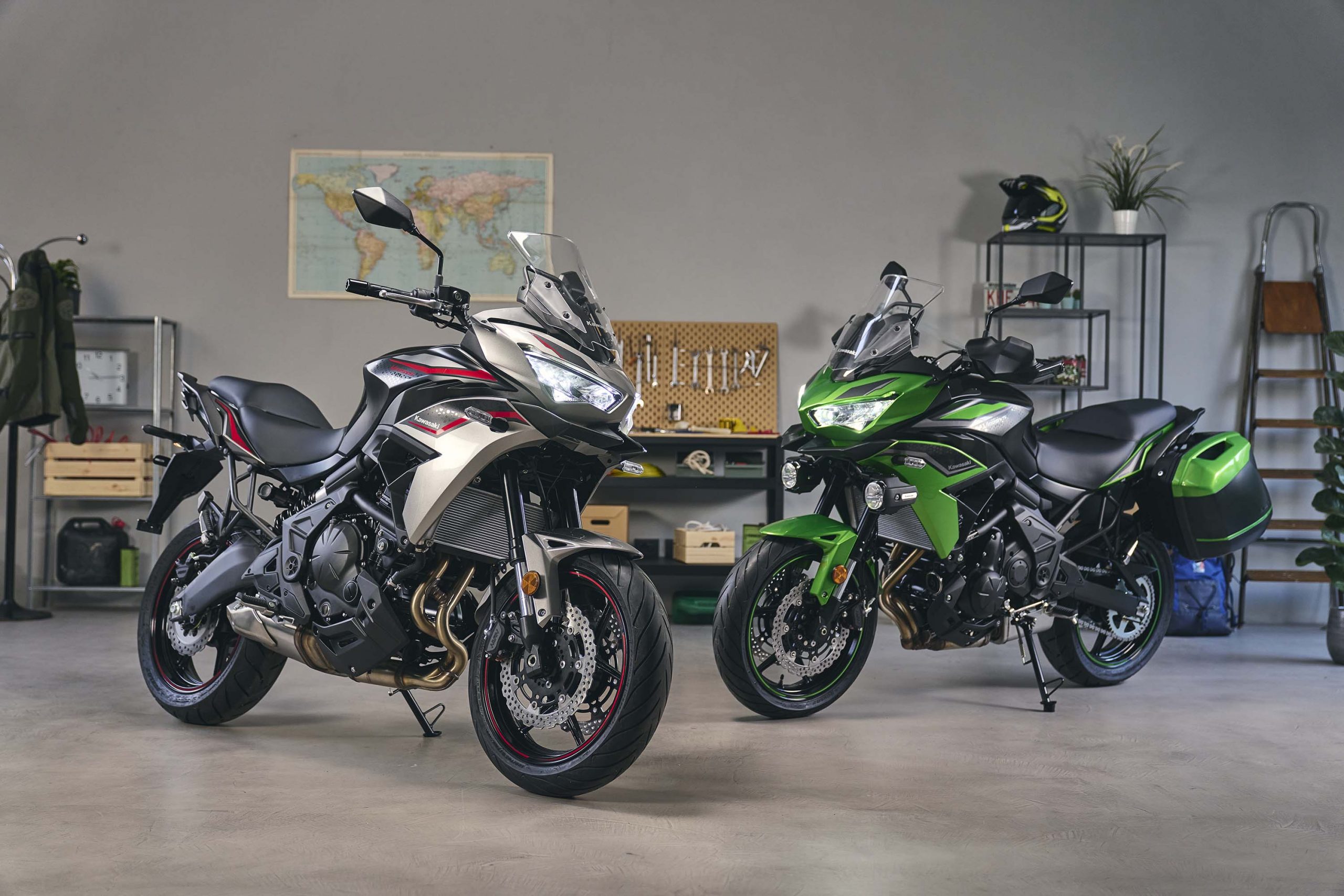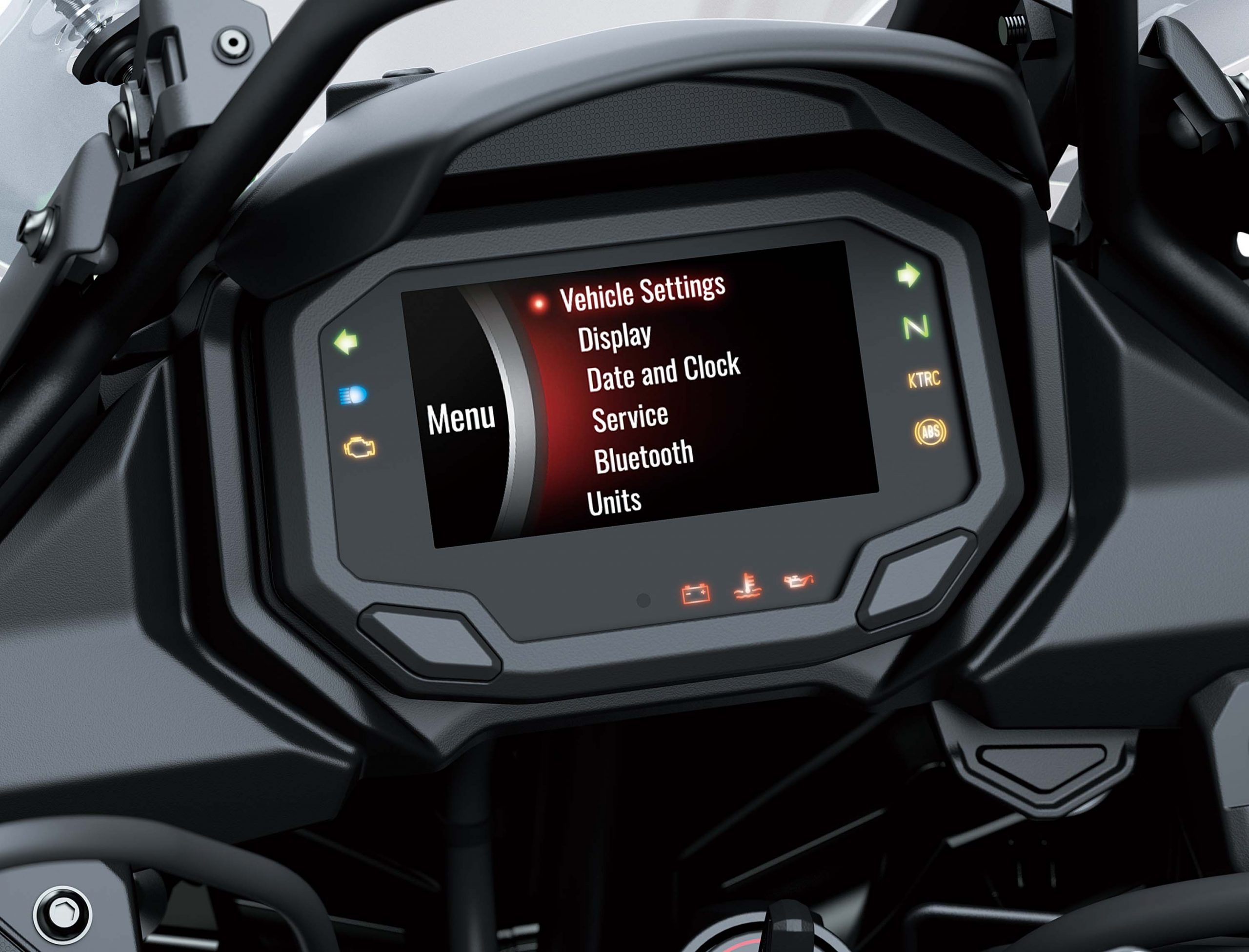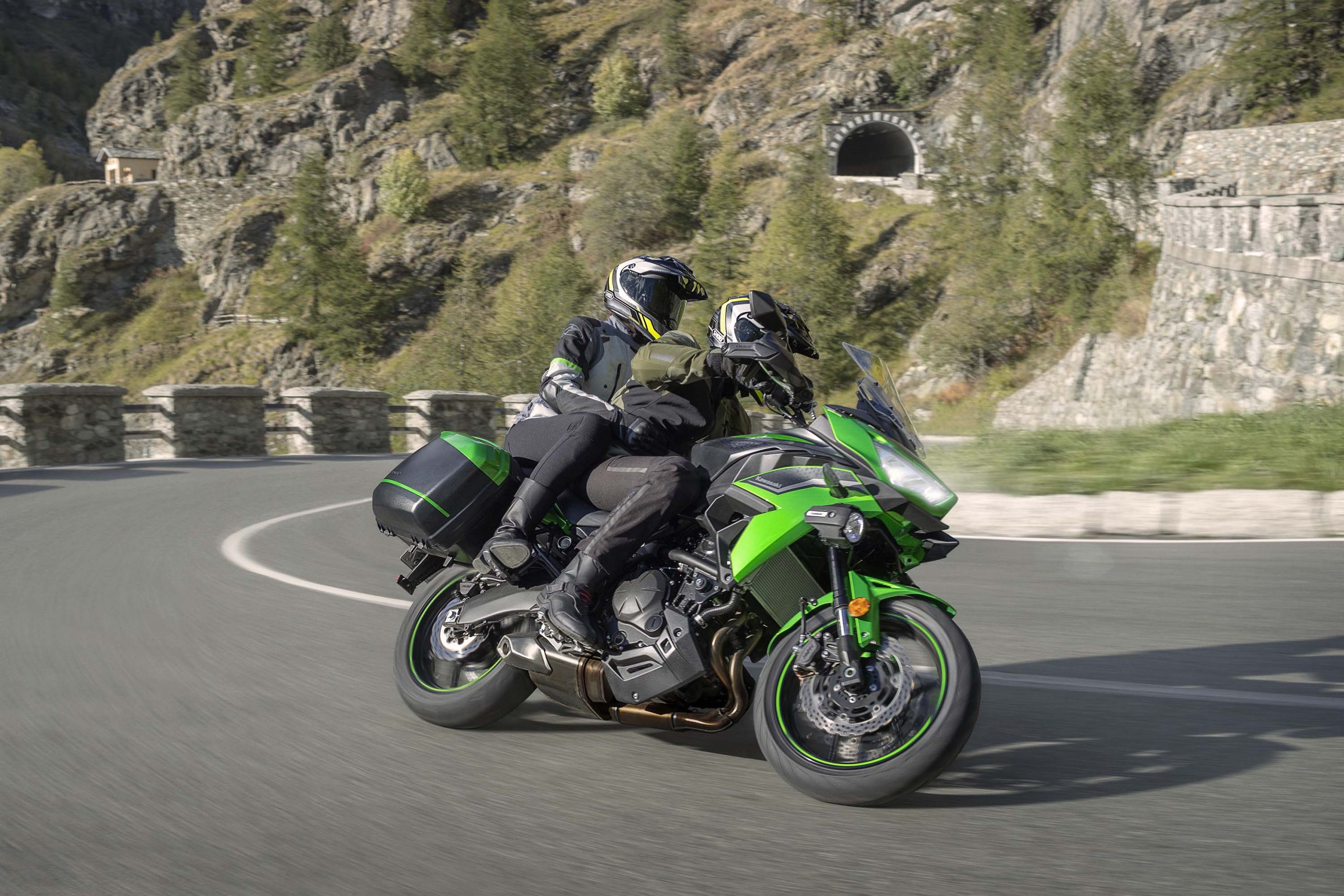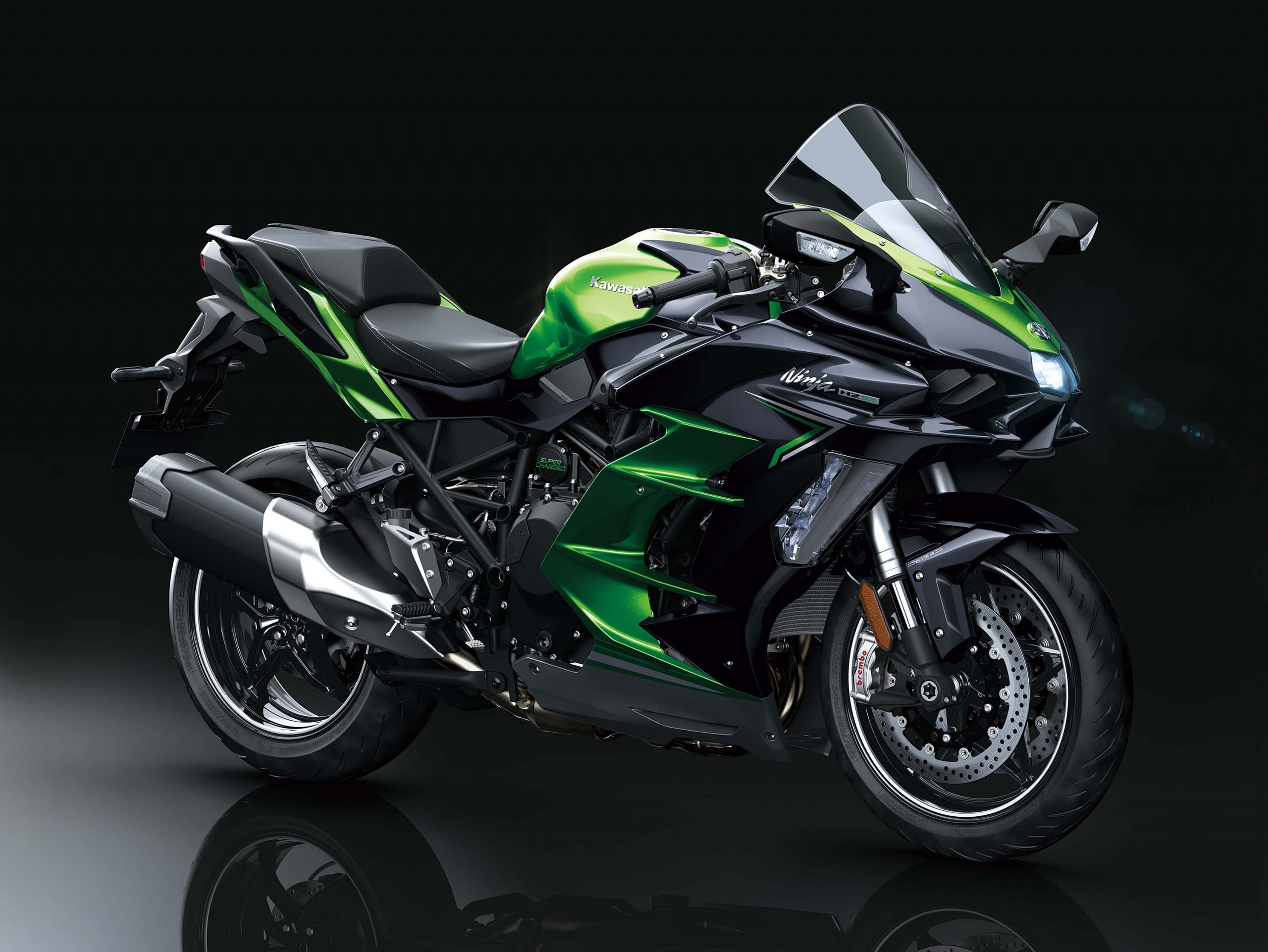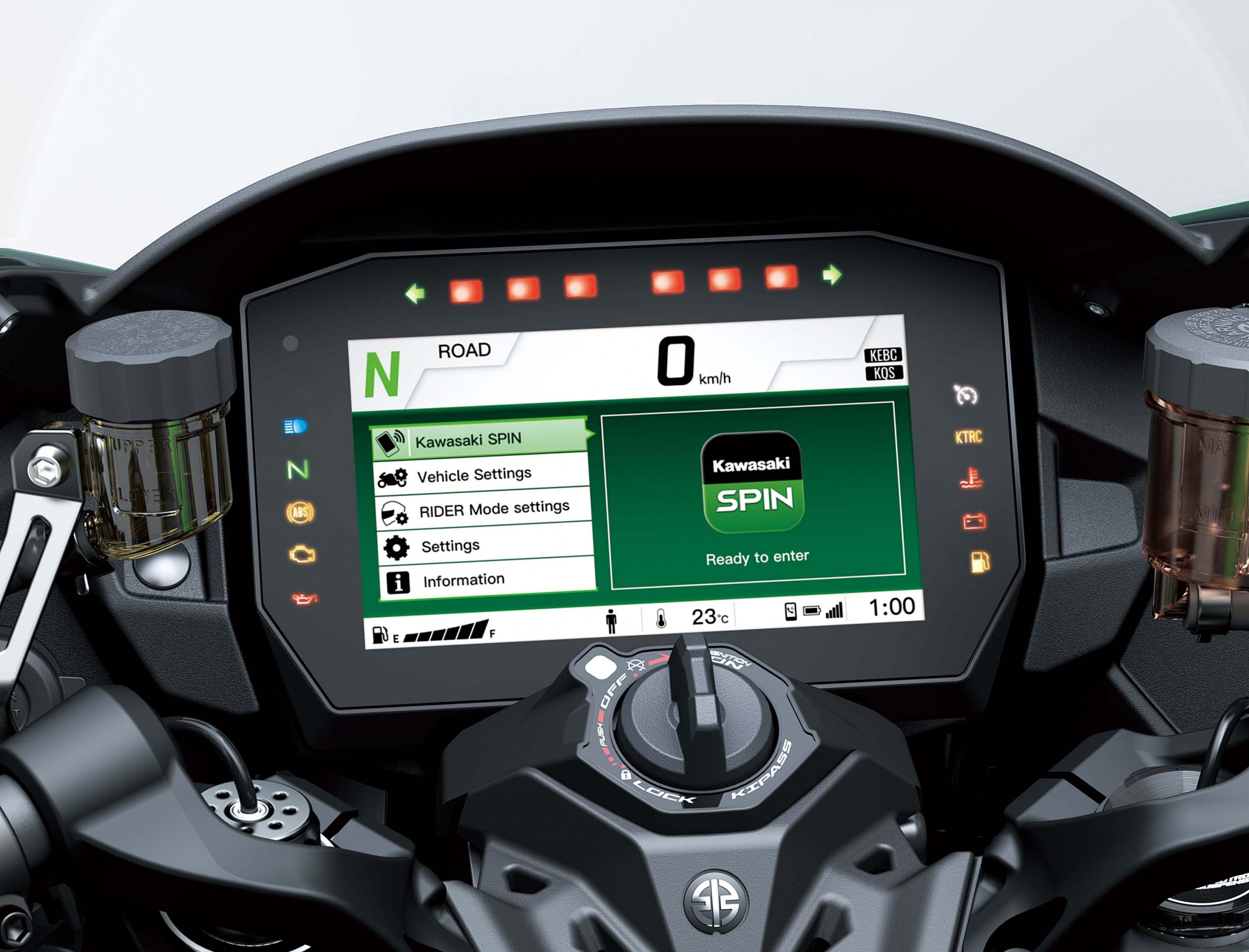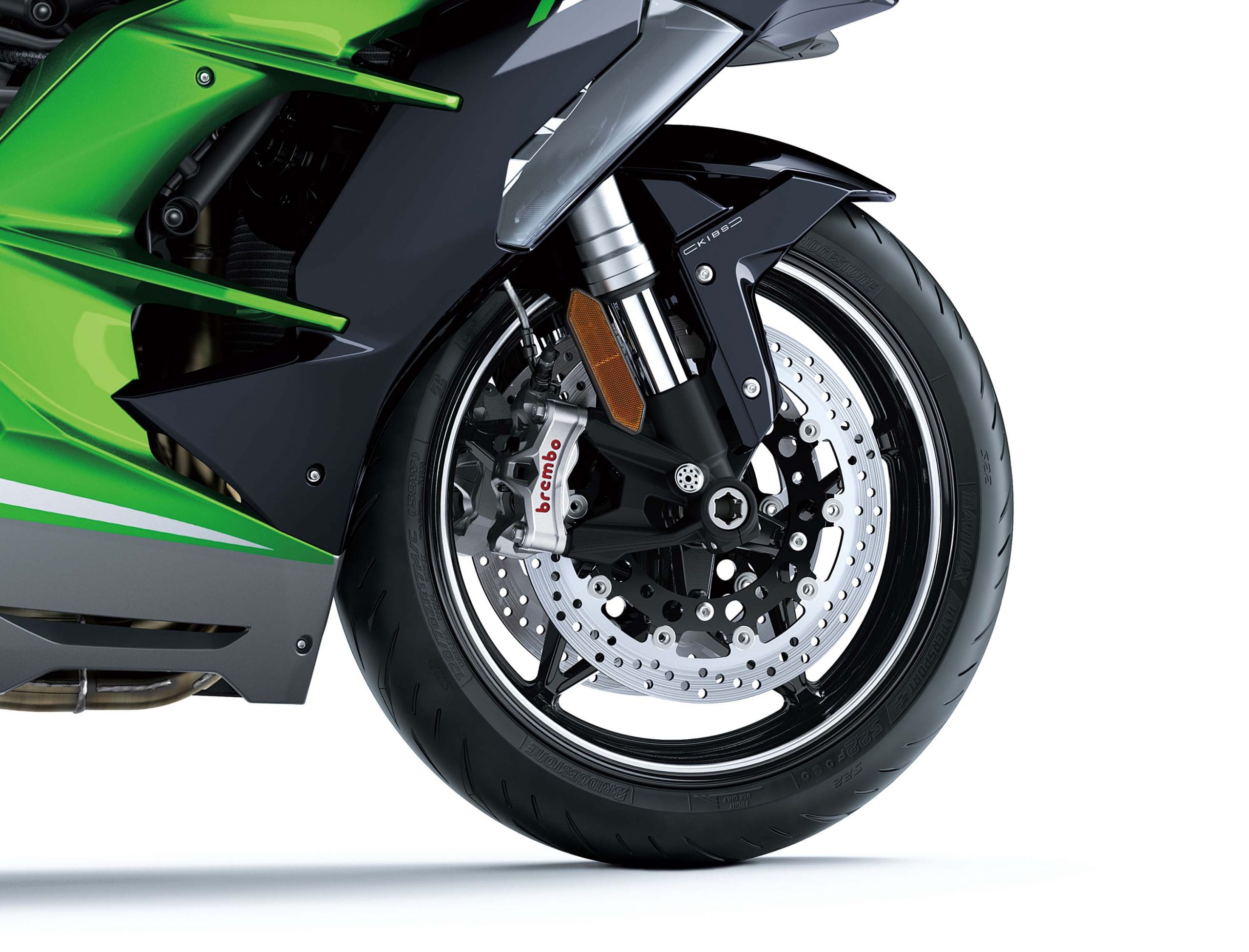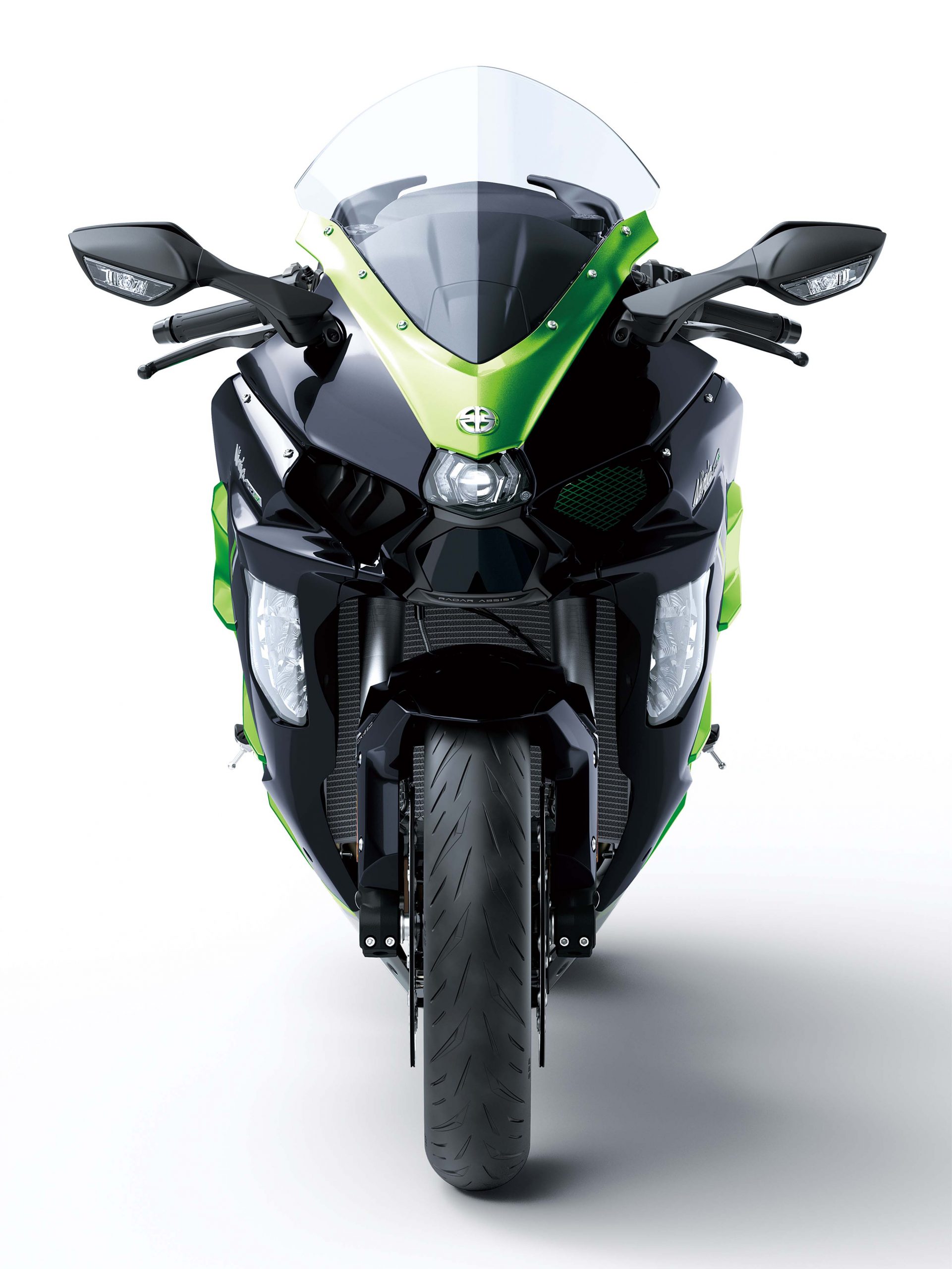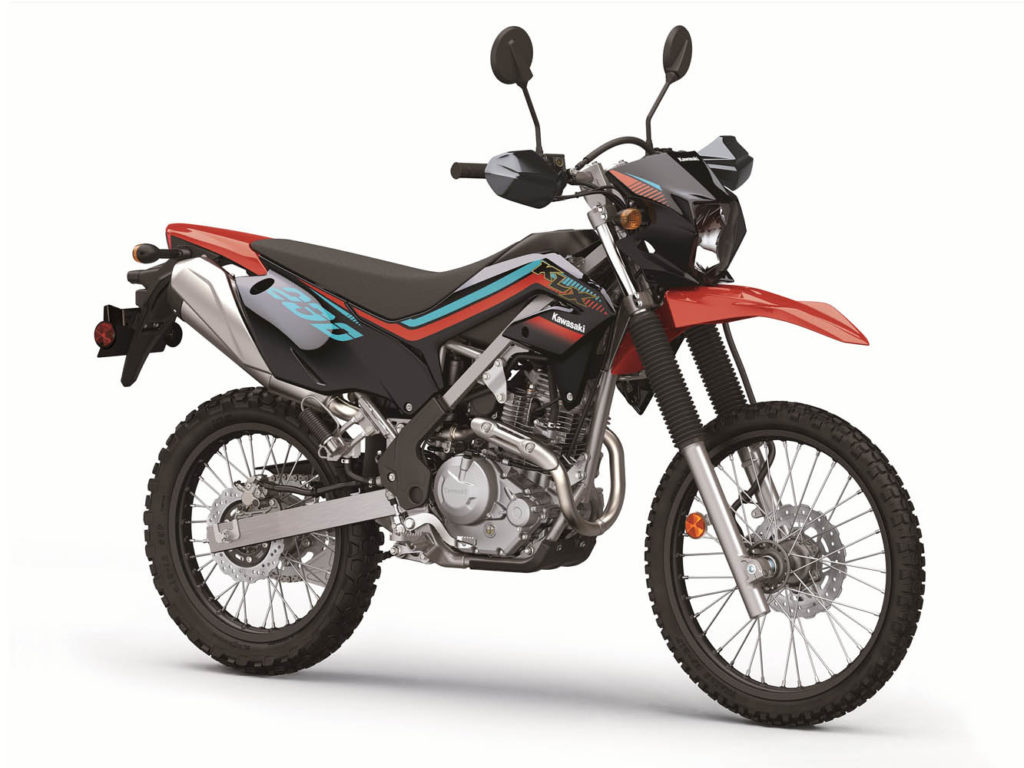
In mid-October Kawasaki unveiled the KLX230S, a more accessible version of its popular KLX230 dual-sport with reduced suspension travel and a lower seat height (32.7 inches, down from 35). Team Green has announced the return of the standard KLX230 for 2022 as well as the new 2022 Kawasaki KLX230 SE, a special-edition model with cool add-ons, colors, and graphics.
The platform shared by the KLX230, KLX230S, and KLX230 SE is an air-cooled, four-stroke, 233cc Single with a two-valve SOHC cylinder head and electronic fuel injection with a 32mm throttle body. Power is sent to the rear wheel through a close-ratio 6-speed transmission, a cable-actuated wet clutch, and chain final drive.
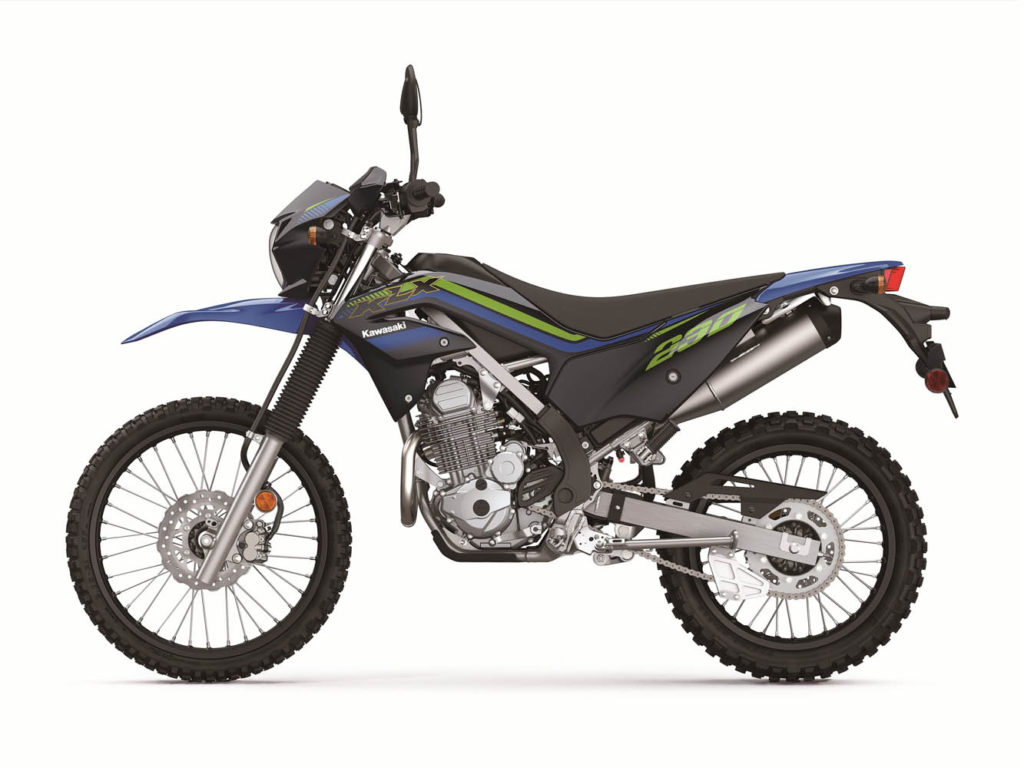
Kawasaki says exhaust pipe length contributes to the engine’s low- to midrange performance. To match the off-road image of the KX-inspired motocross-style bodywork, the exhaust features a tapered silencer with an oval cross-section.
A high-tensile steel perimeter frame is durable and allows the engine to be mounted lower in the chassis to help keep the center of gravity low. Spoked aluminum wheels – a 21-inch front and 18-inch rear – maximize the KLX230’s off-road potential. Up front, a 2-piston caliper squeezes a 240mm petal disc brake, and out back a 1-piston caliper pinches a 220mm disc.
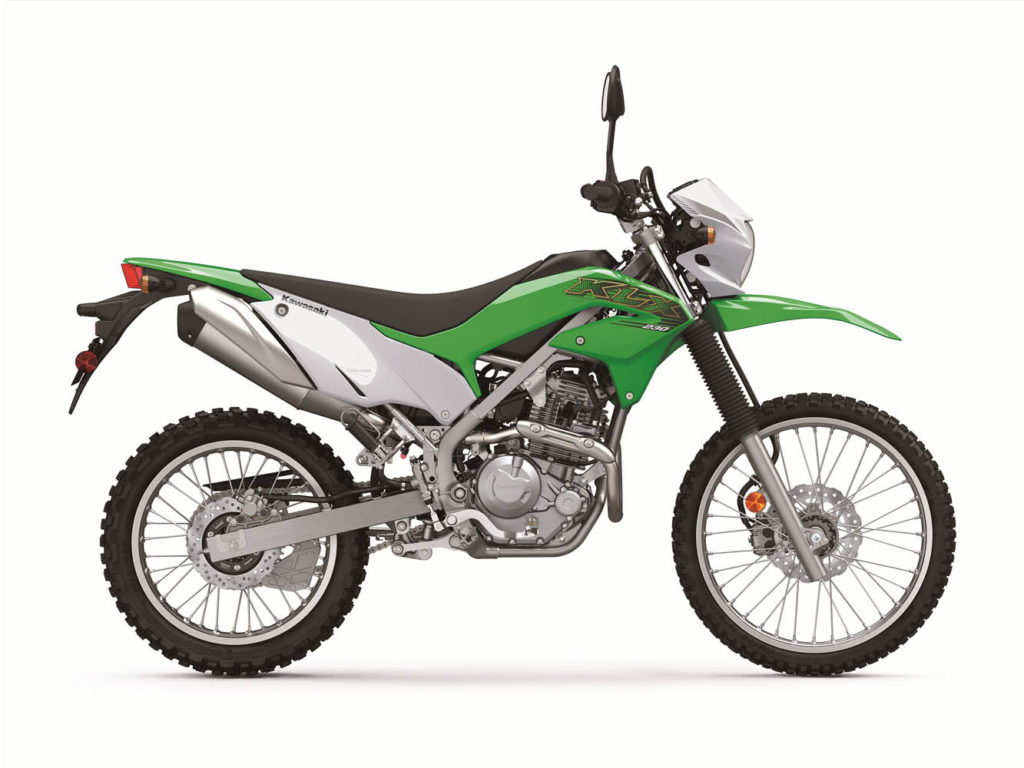
Suspension is handled by a 37mm telescopic fork with 8.7 inches of travel and a Uni-Trak linkage rear shock with adjustable preload and 8.8 inches of travel.
The 2022 Kawasaki KLX230 SE kicks it up a notch with several Kawasaki Genuine Accessories as well as black rims and special colors and graphics. The upgrades include a tapered handlebar, handguards, a skid plate, and frame covers.
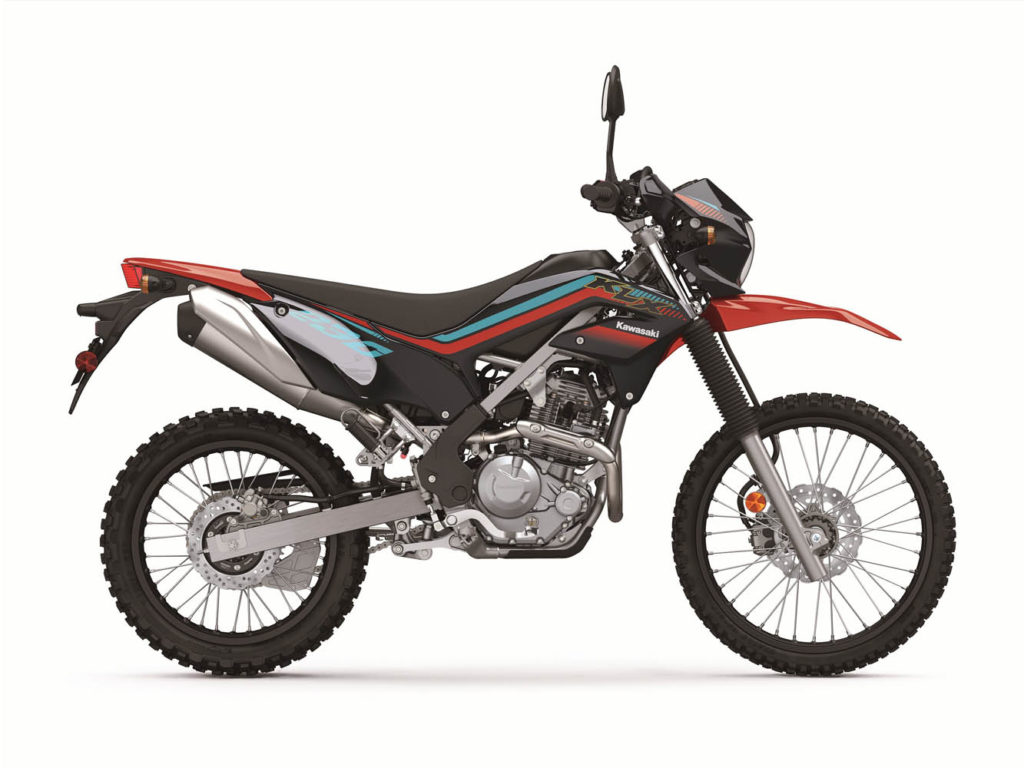
The tapered handlebar helps improve ride comfort with its 1-1/8-inch steel-clamping diameter that tapers to a narrower grip area. Kawasaki says the design allows controlled flex that acts as a kind of shock absorber for the hands and arms to reduce fatigue and add comfort. The handlebar has also been fitted with handguards to protect the rider’s hands from debris and weather.
Durable frame covers are constructed from plastic and help provide scuff protection for the chassis side rails. A skid plate has been mounted to provide full coverage protection of the chassis bottom rails and includes an oil drain hole to allow oil changes without removal.
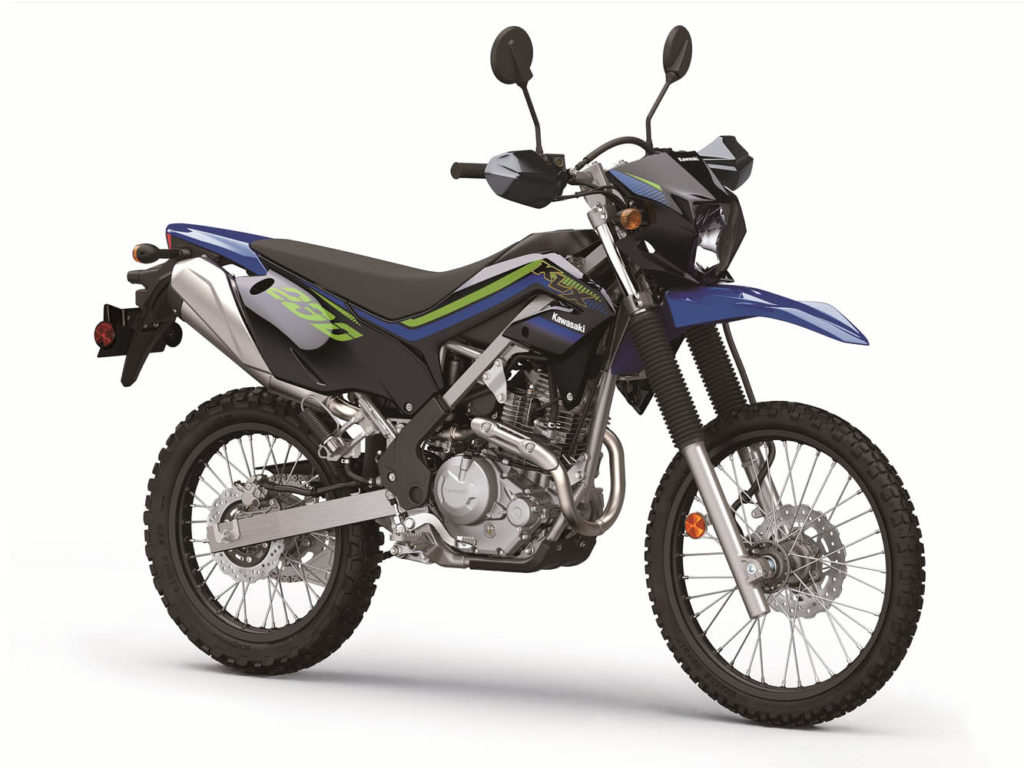
Other features of the 2022 Kawasaki KLX230 SE include a 2-gallon fuel capacity, a 34.8-inch seat height, and a 291-pound curb weight (claimed; 293 pounds in California). Passenger footpegs allow two-up riding, and in the left side cover is a lockable toolbox compartment. The toolbox uses the Kawasaki One-Key System, so it locks and unlocks with the ignition key. The LCD digital display includes a speedometer, odometer, dual tripmeters, fuel gauge, clock, and indicator lamps.
The 2022 Kawasaki KLX230 SE is available in Oriental Blue or Firecracker Red with an MSRP of $4,999. The 2022 Kawasaki KLX230 is available in Lime Green with an MSRP of $4,799.
For more information or to find a Kawasaki dealer near you, visit kawasaki.com.
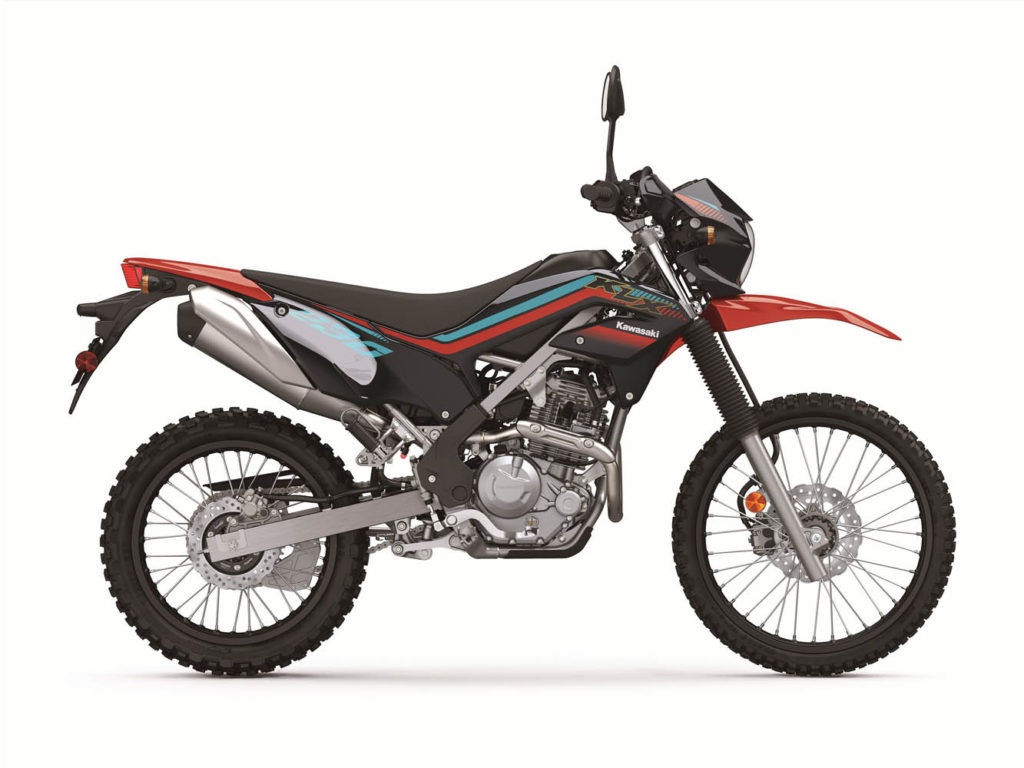
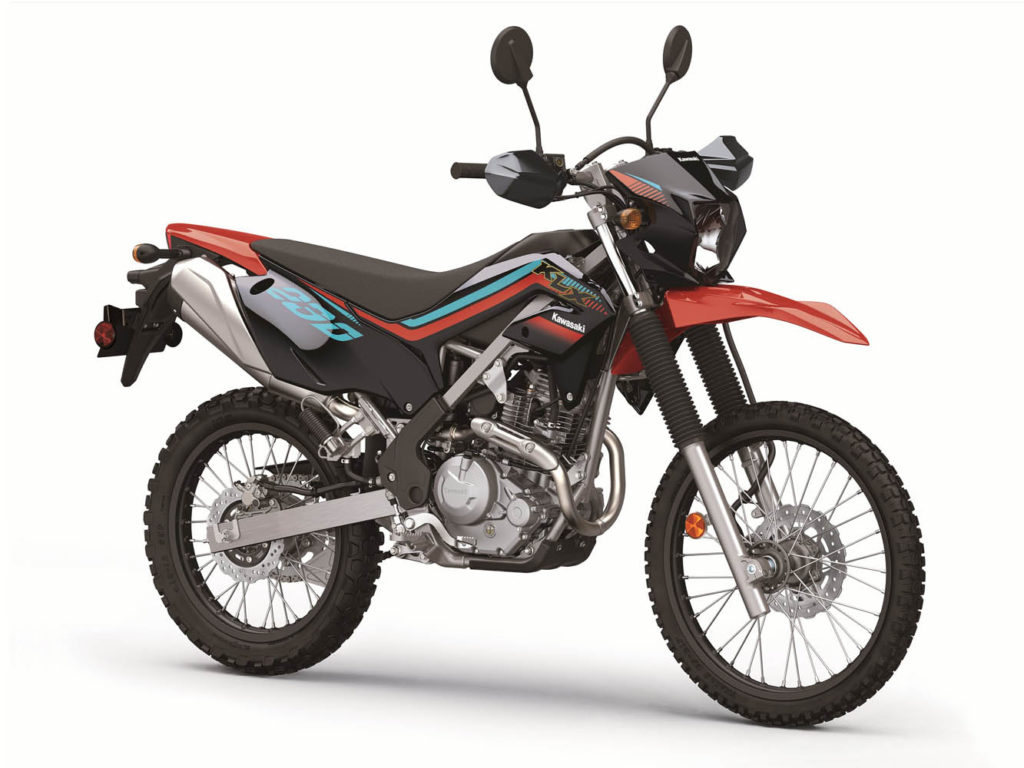
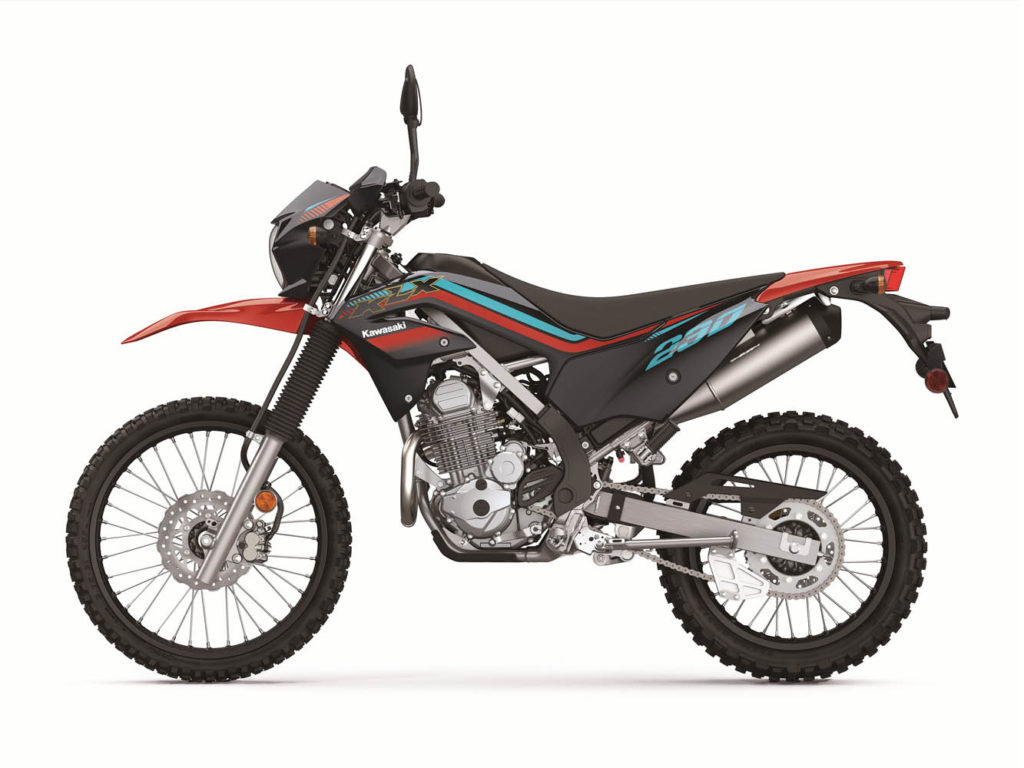
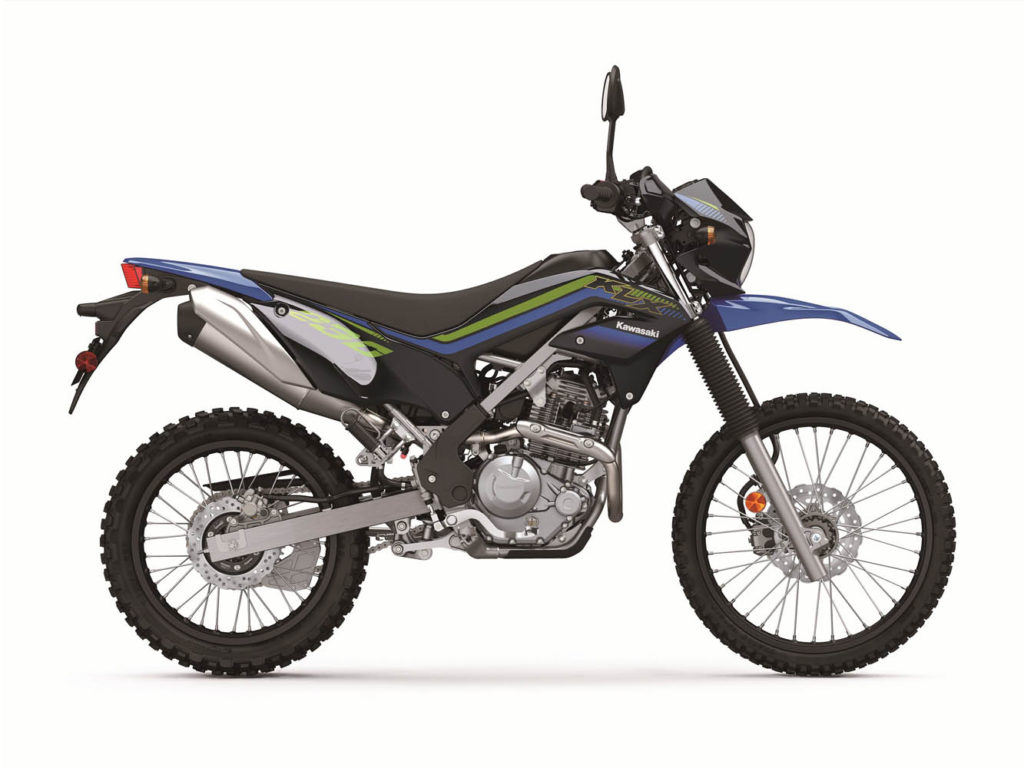
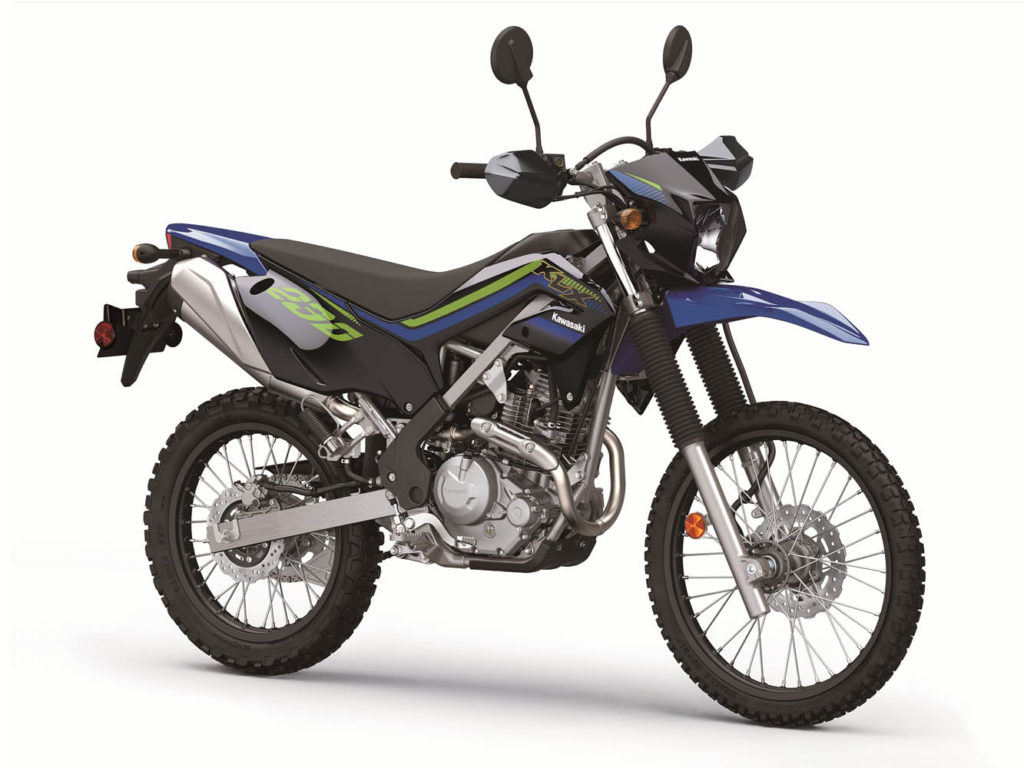
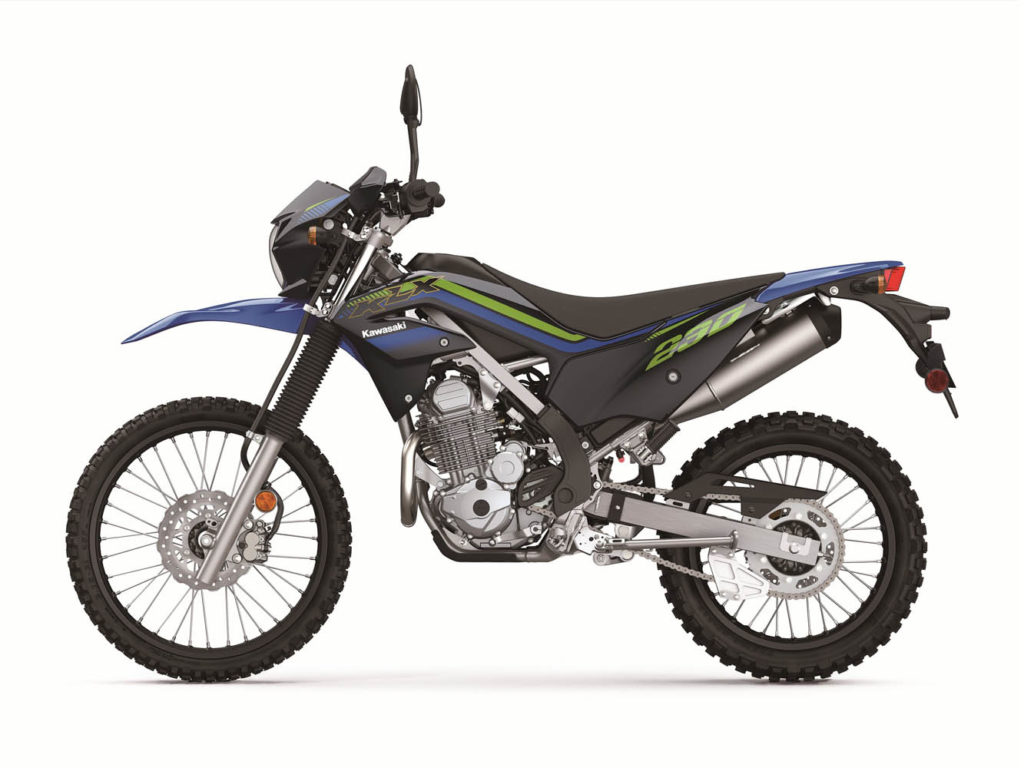
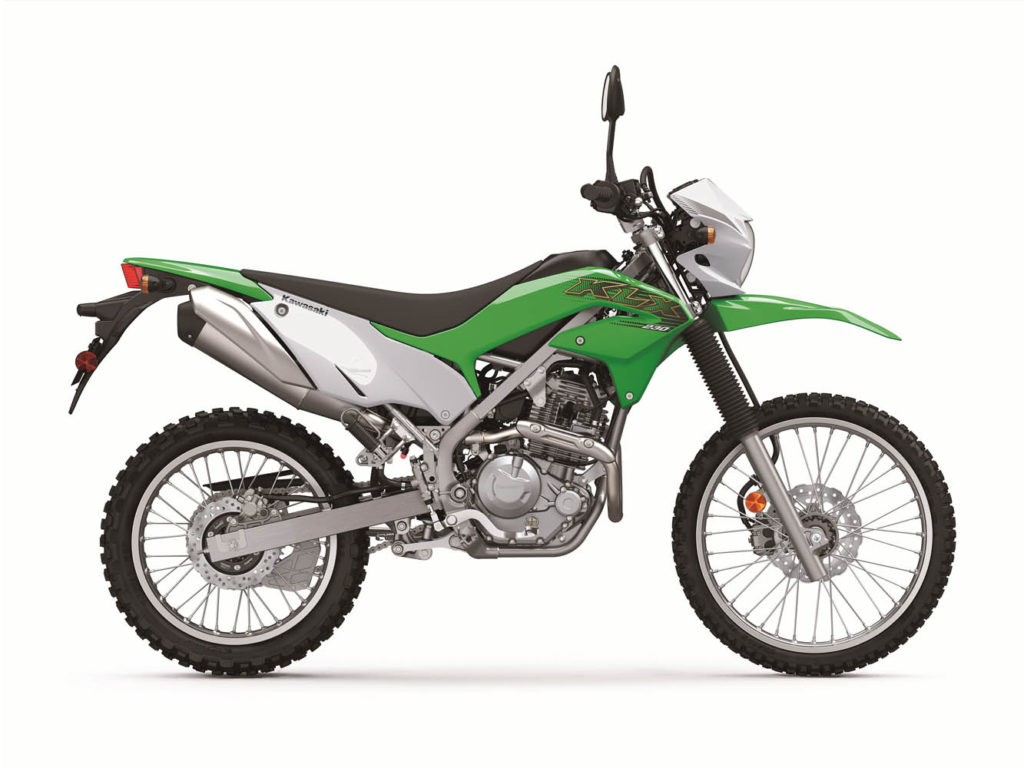
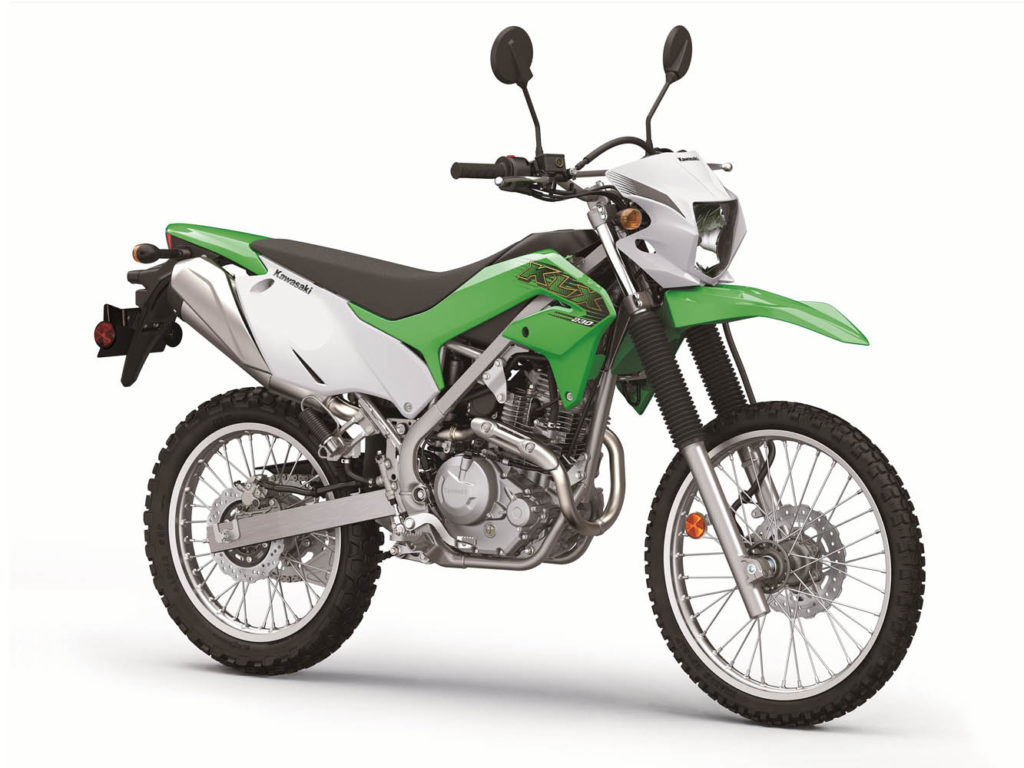
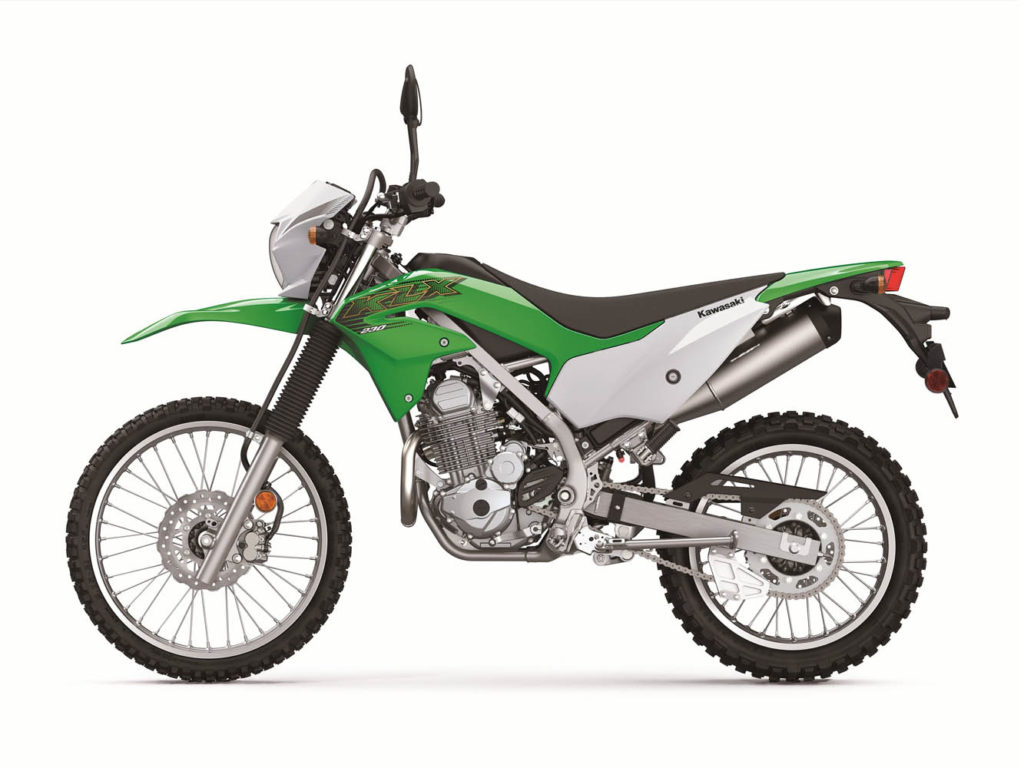
The post 2022 Kawasaki KLX230 SE | First Look Review first appeared on Rider Magazine.
Source: RiderMagazine.com

